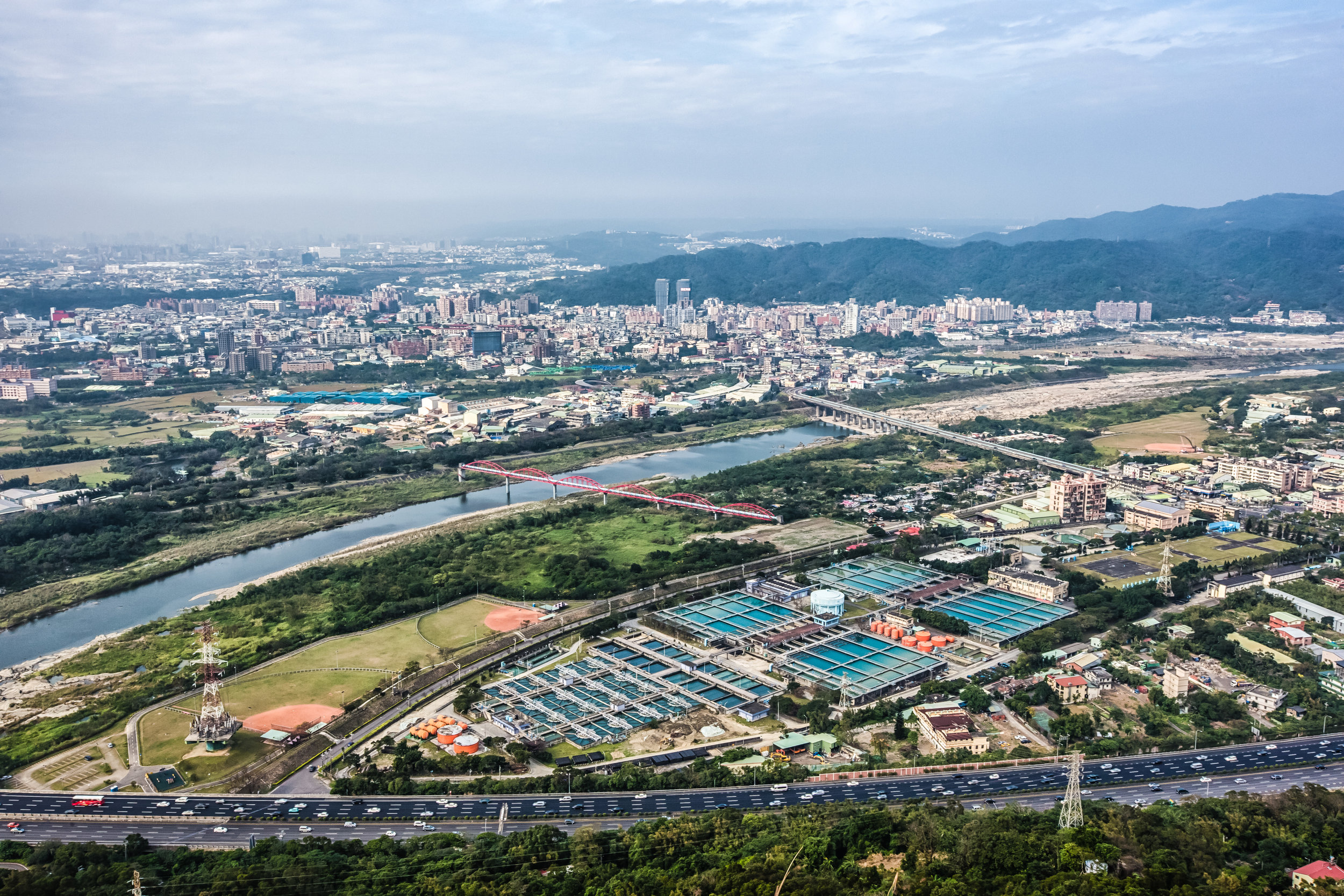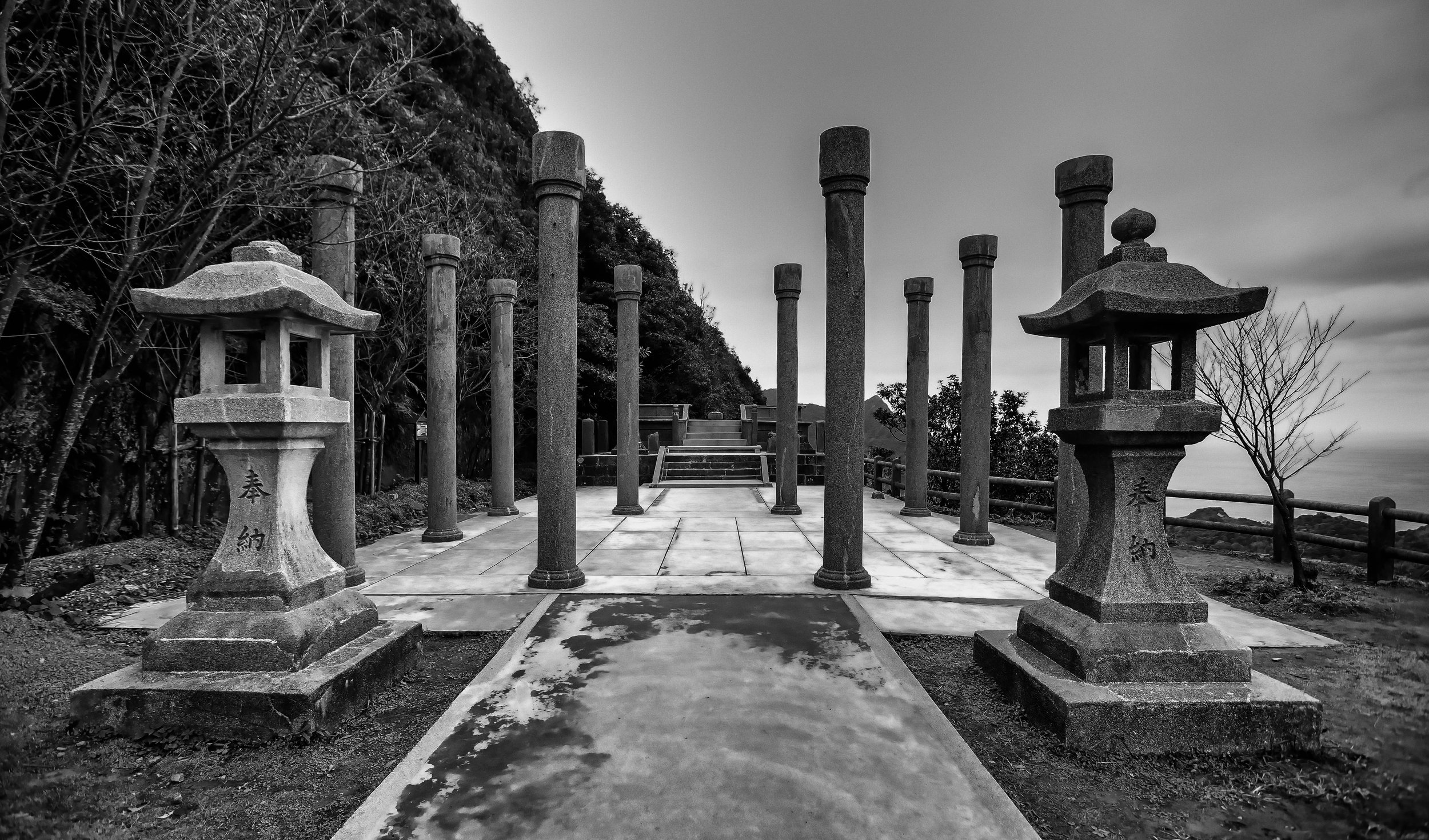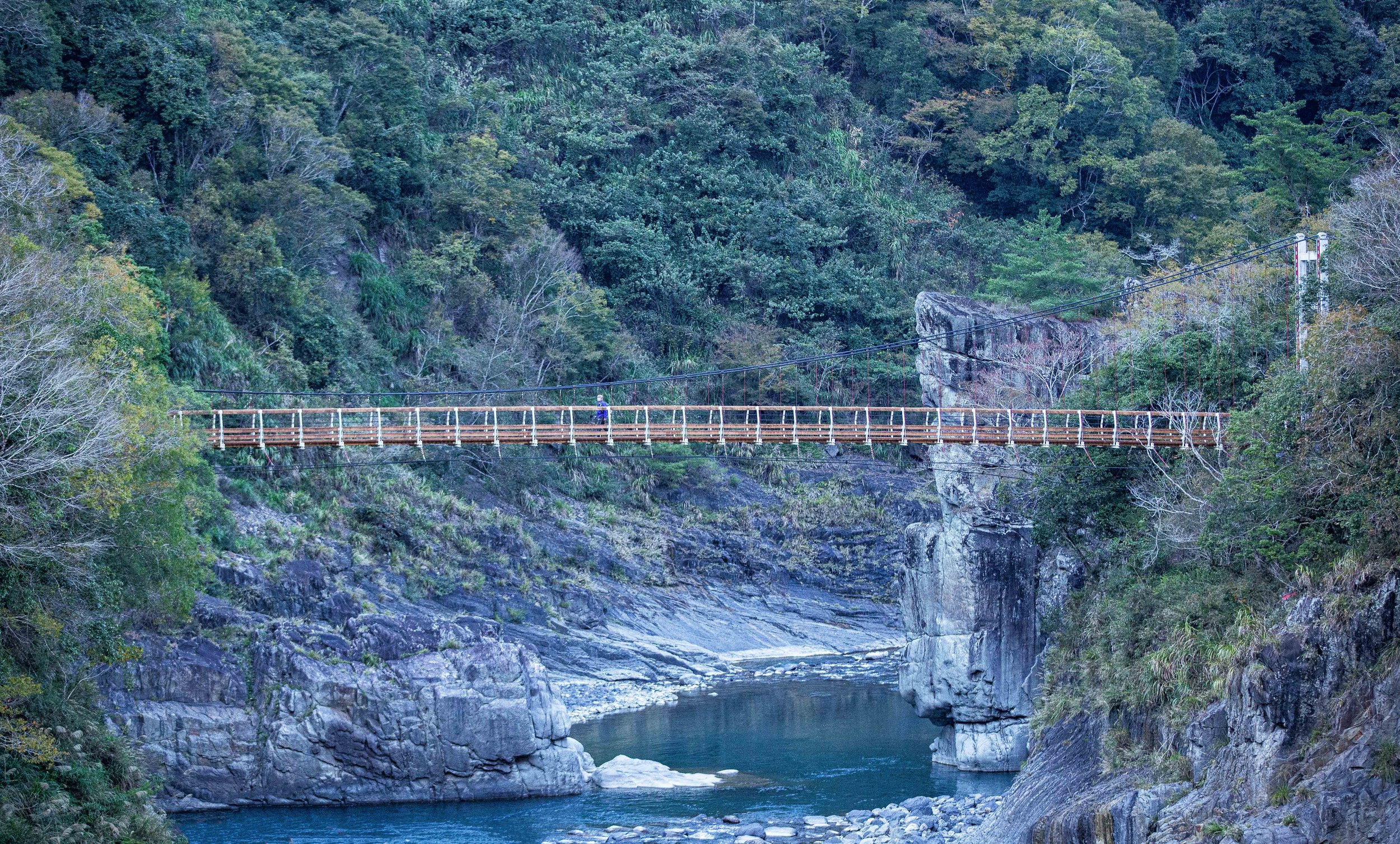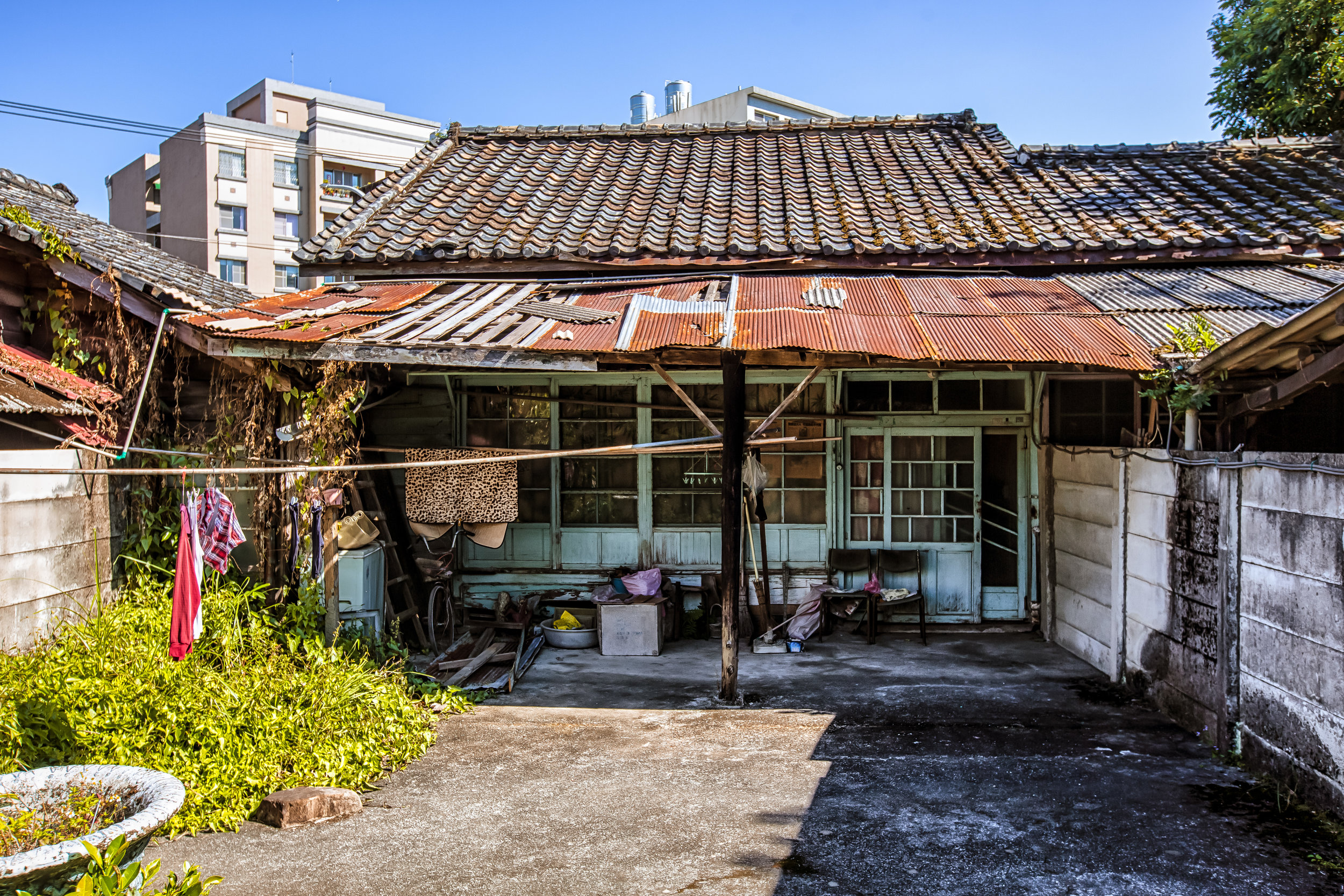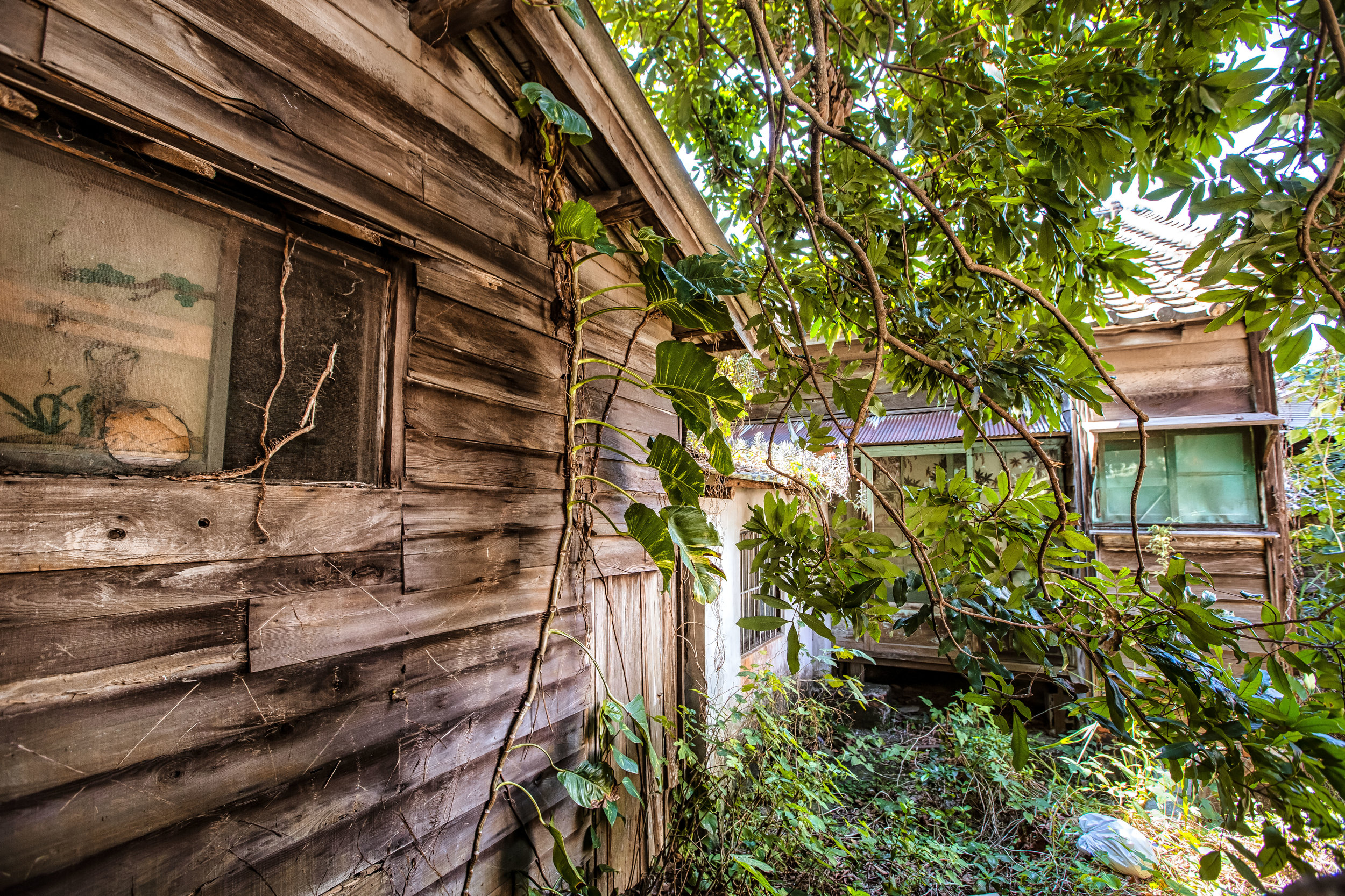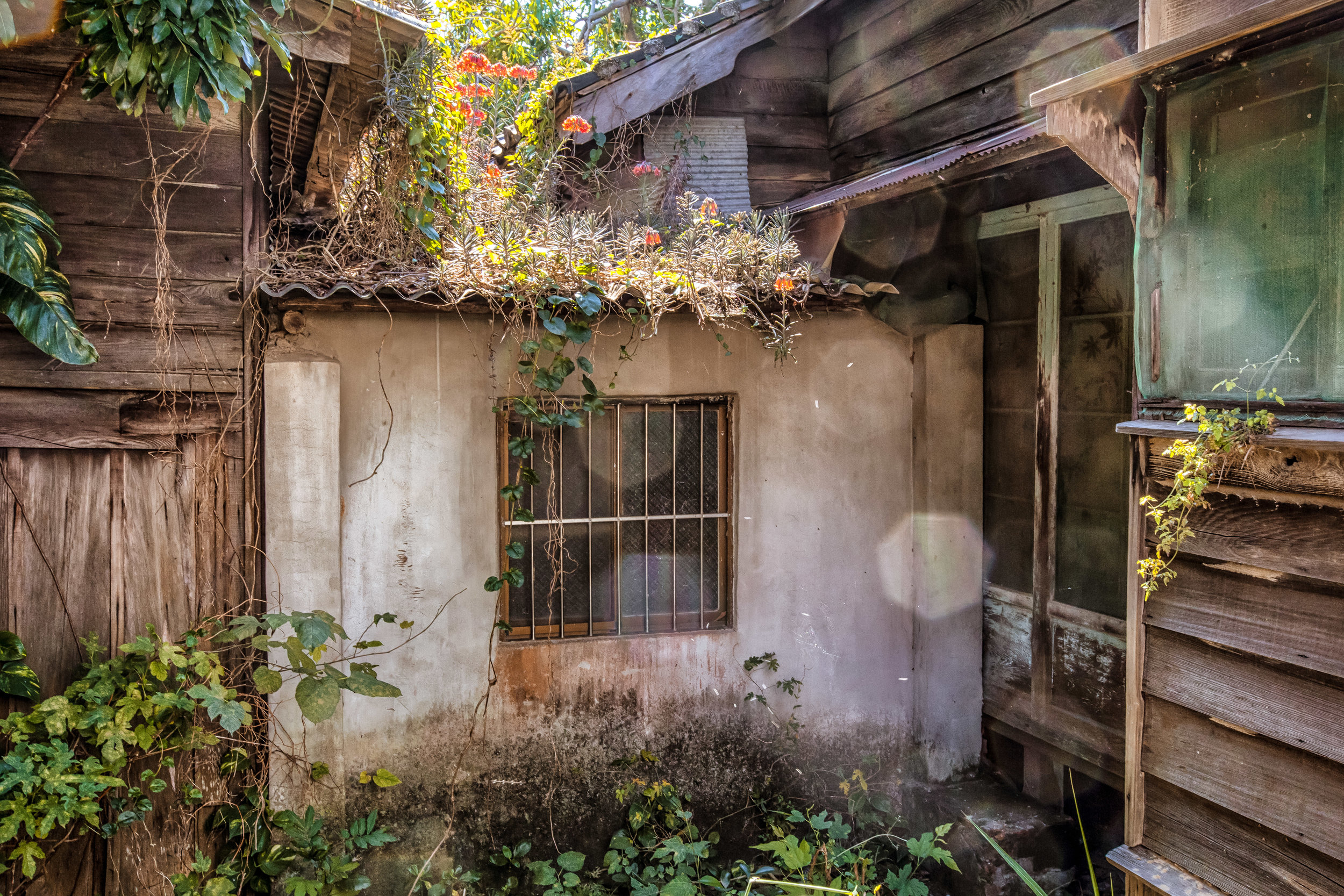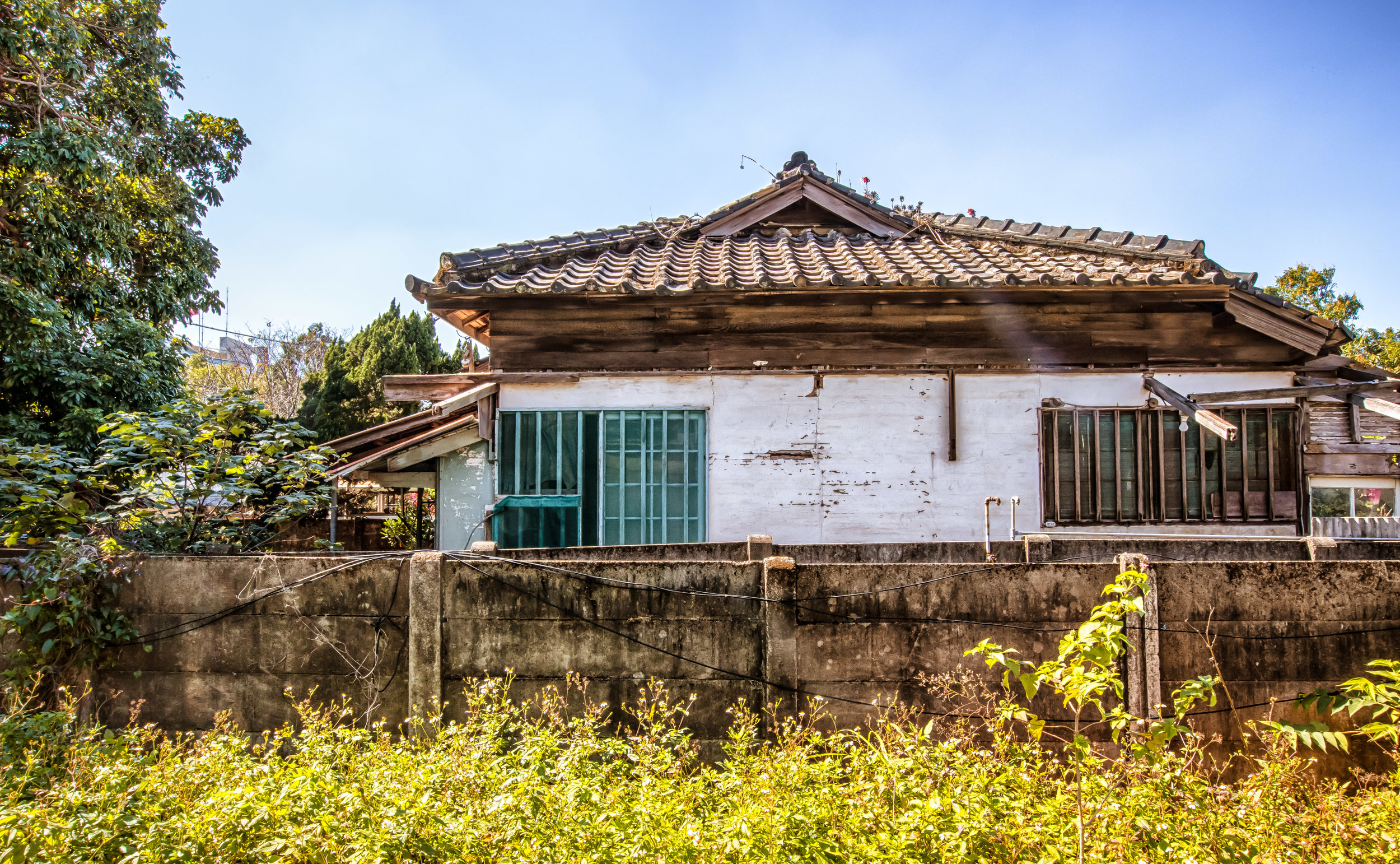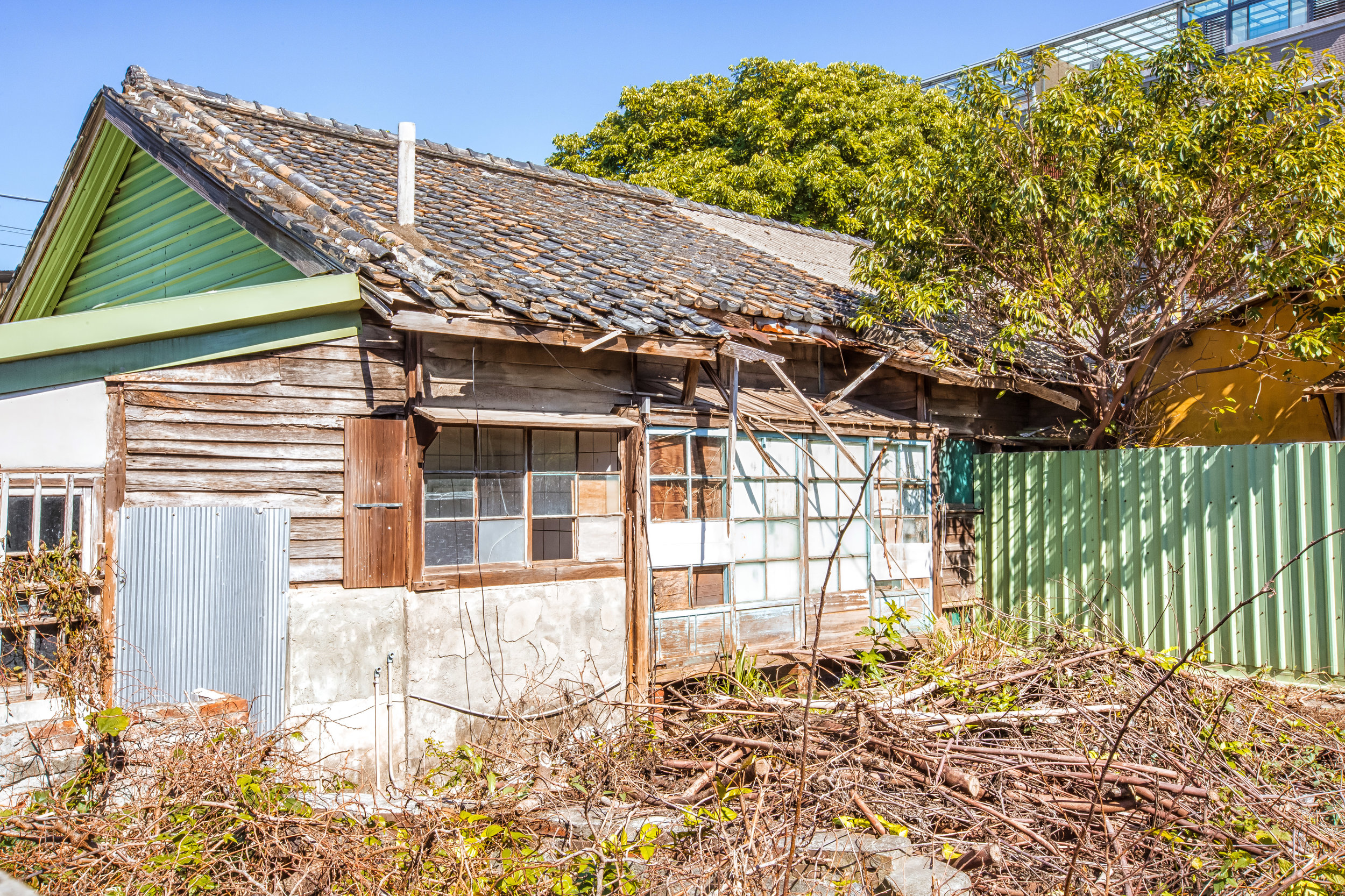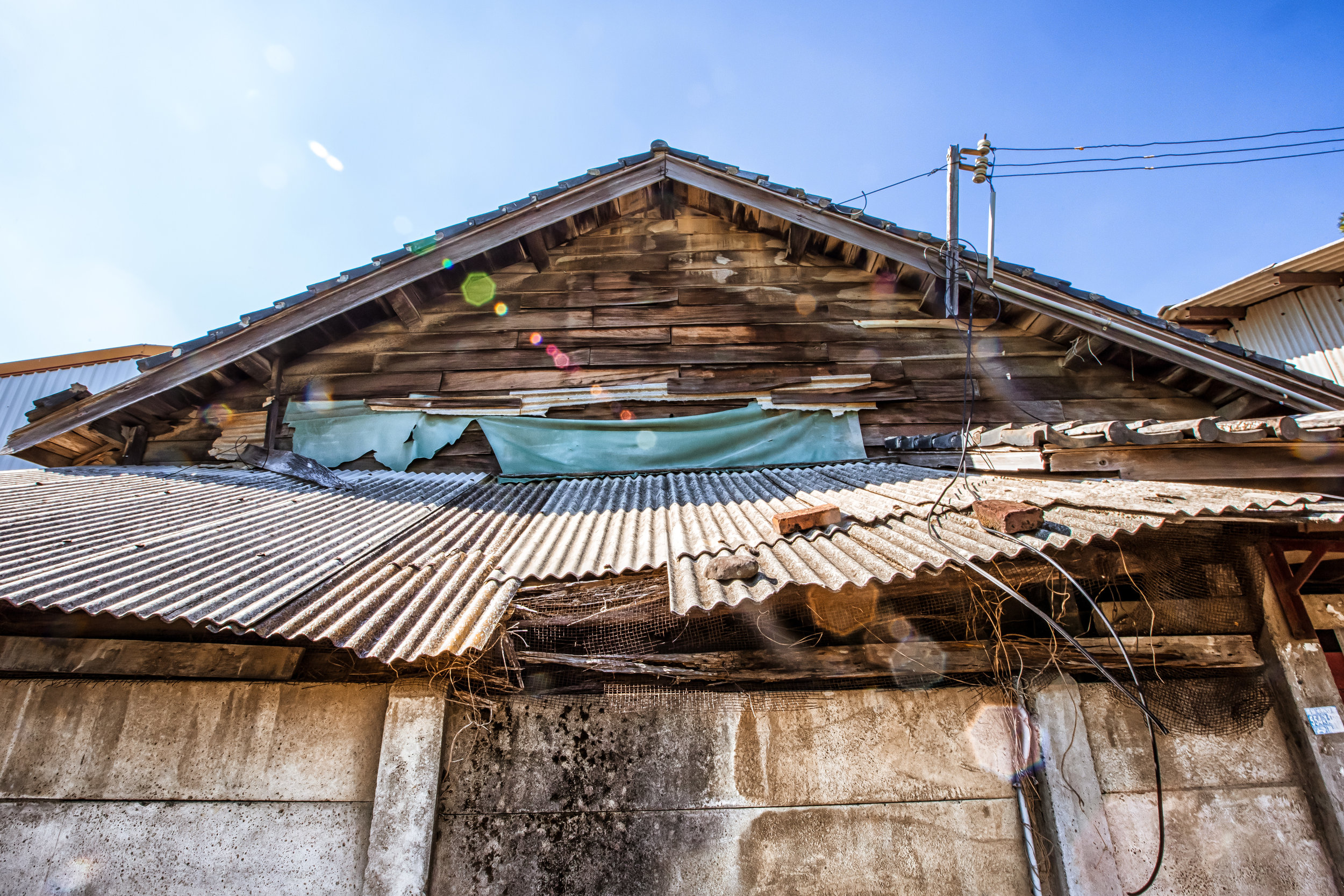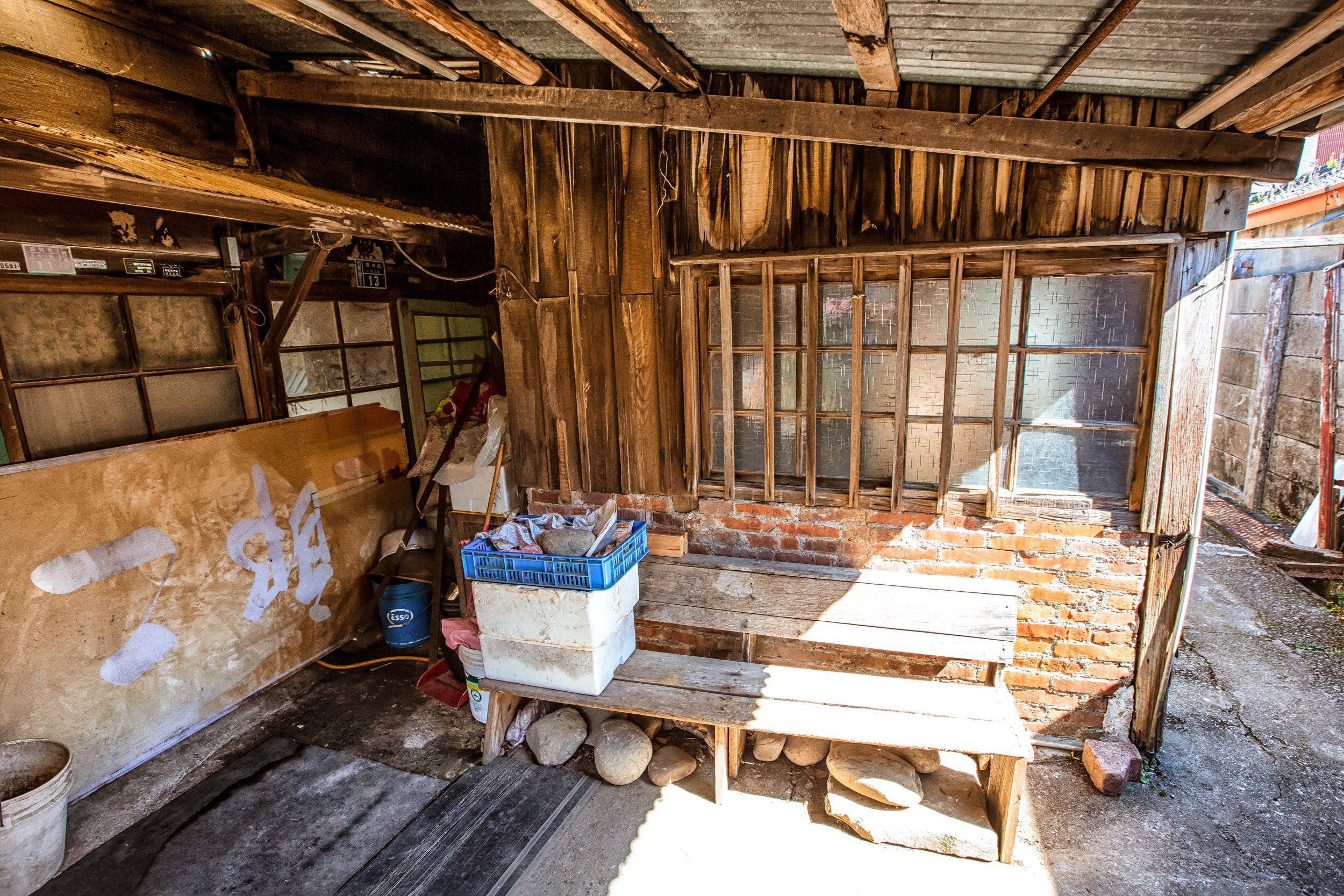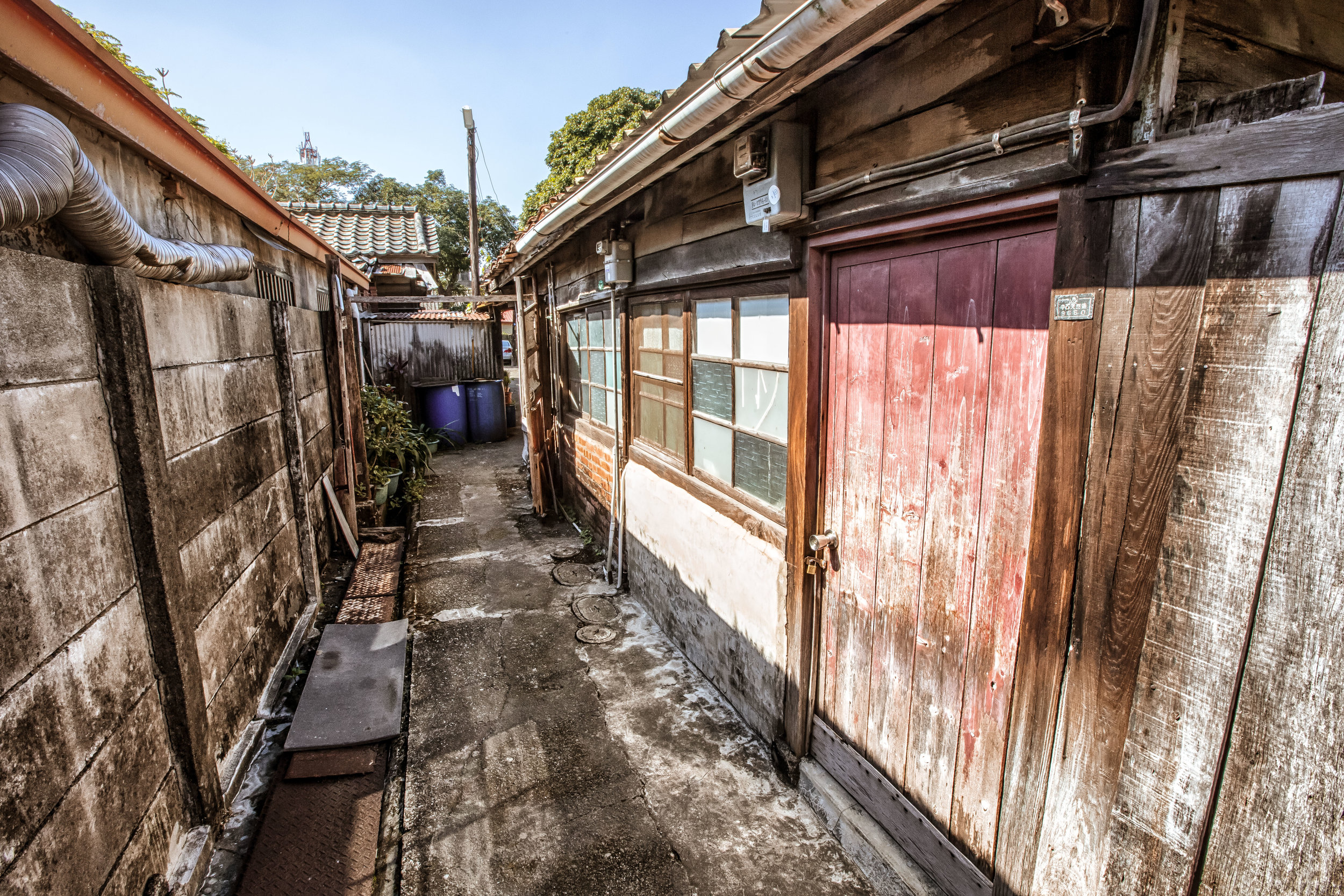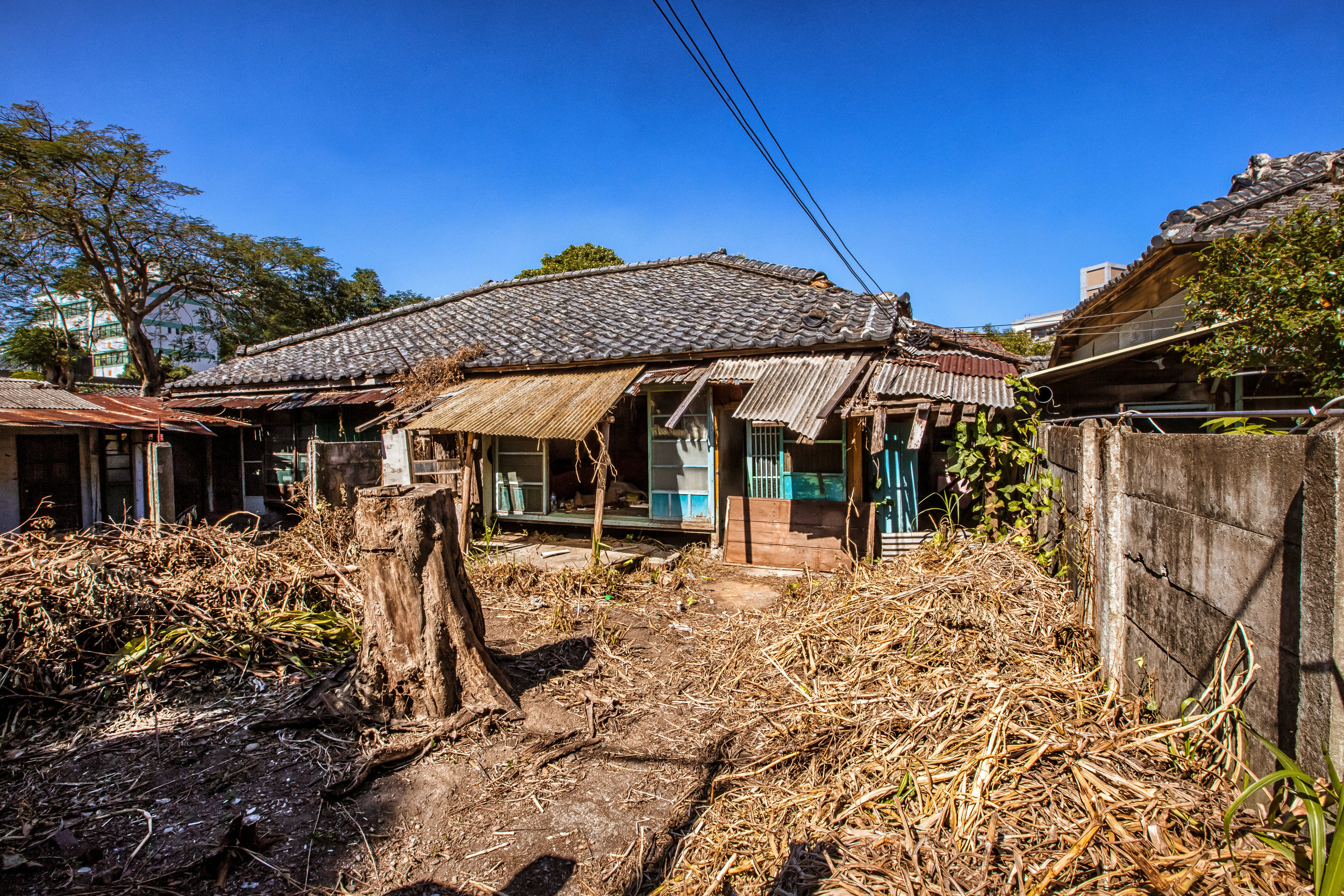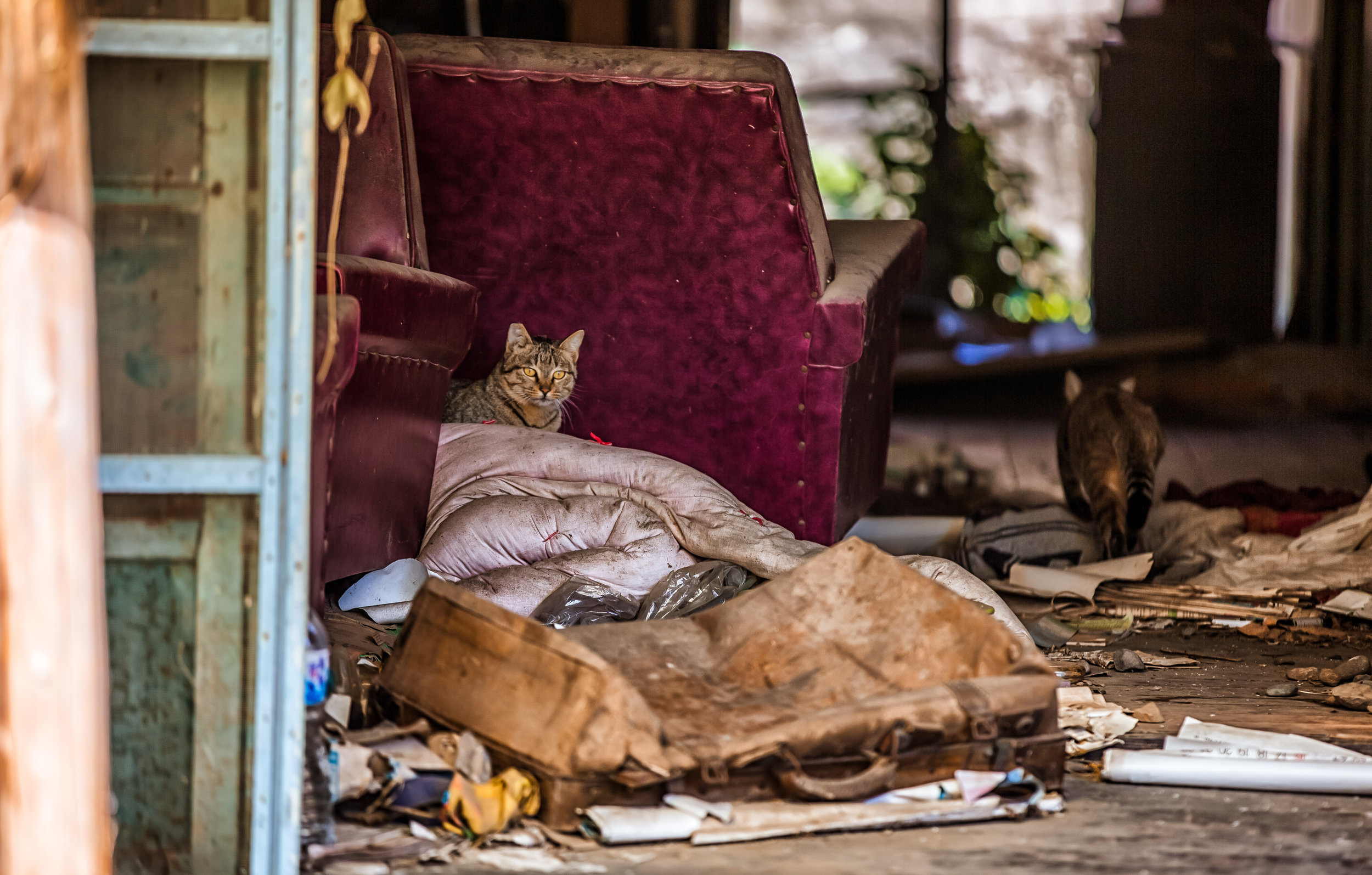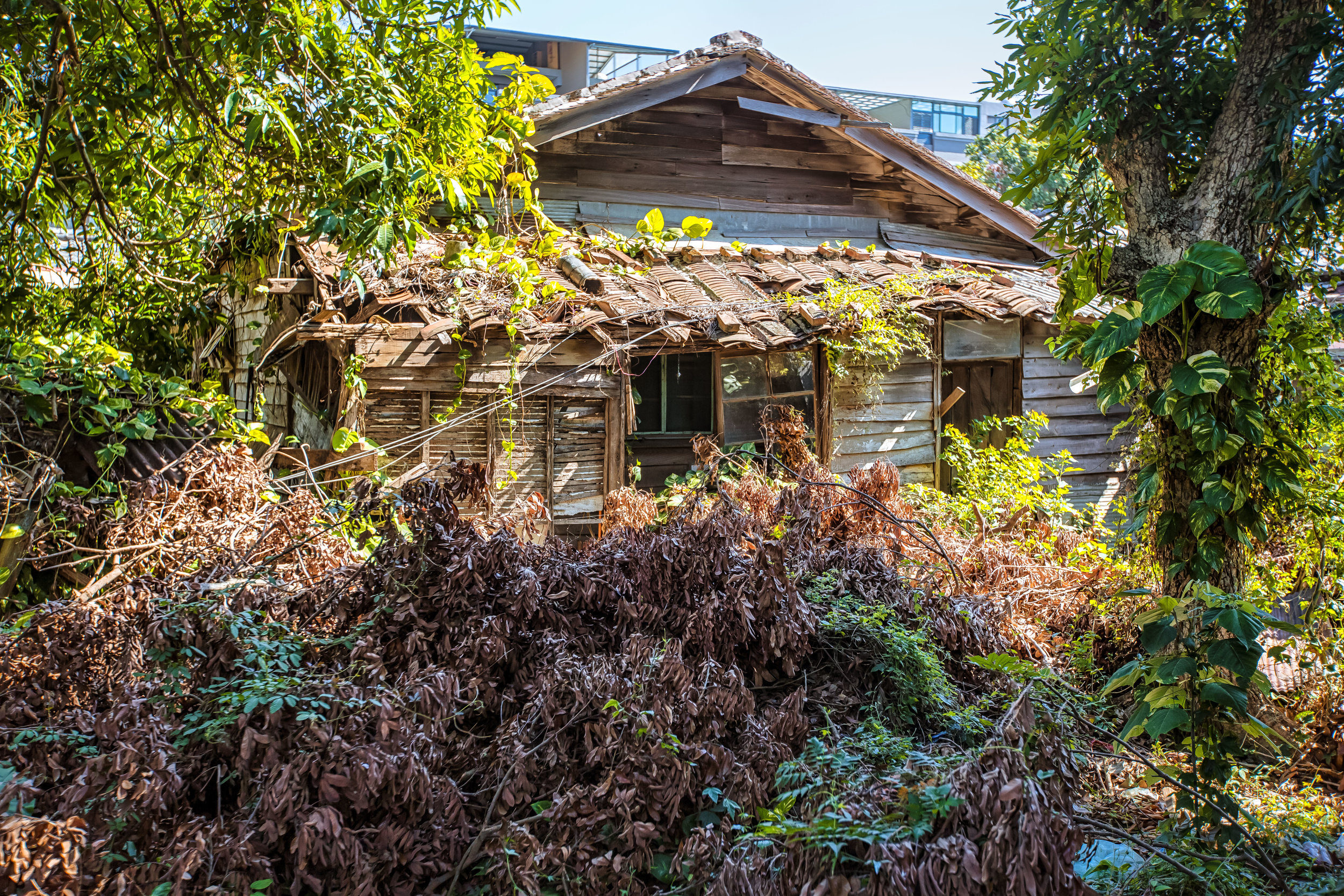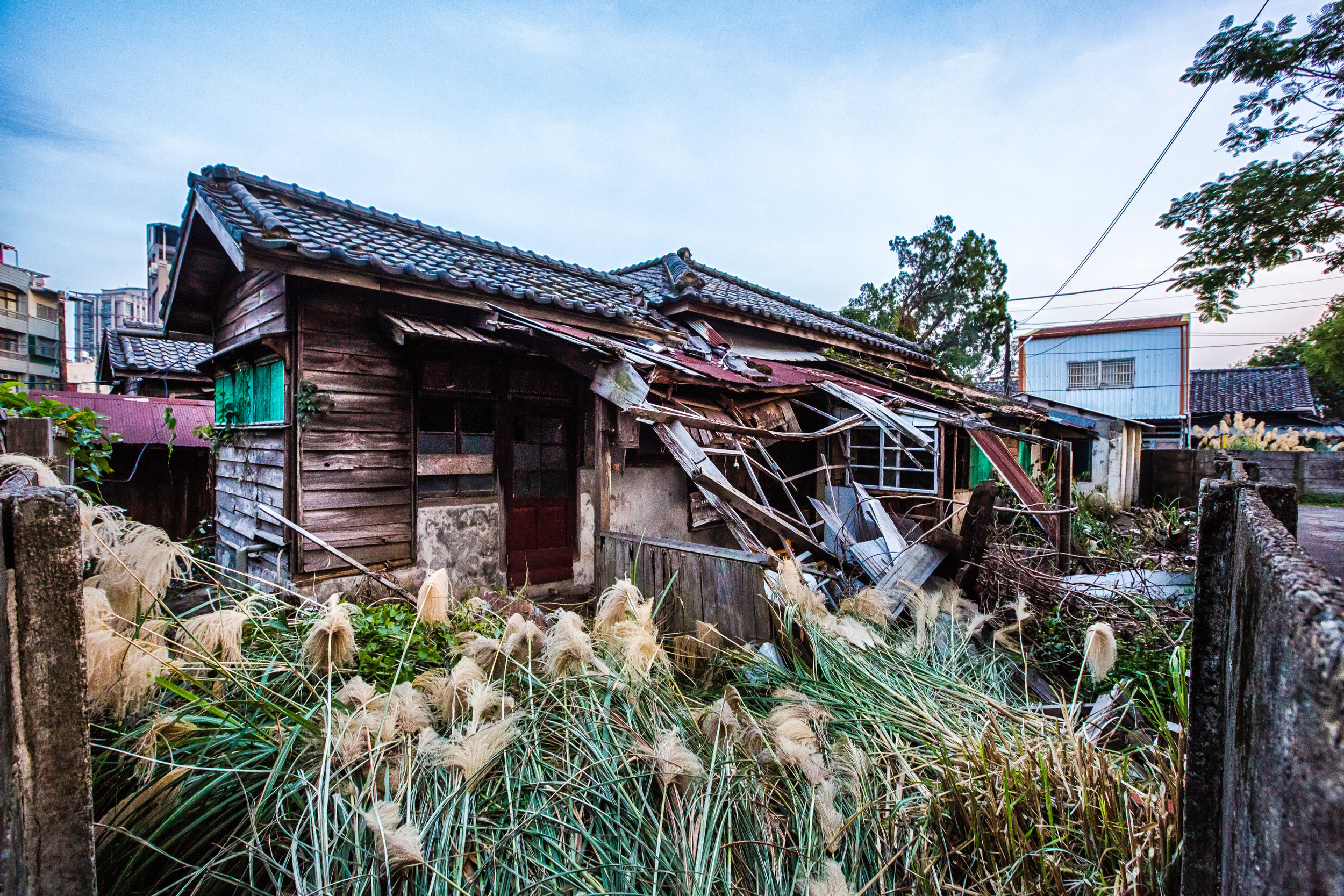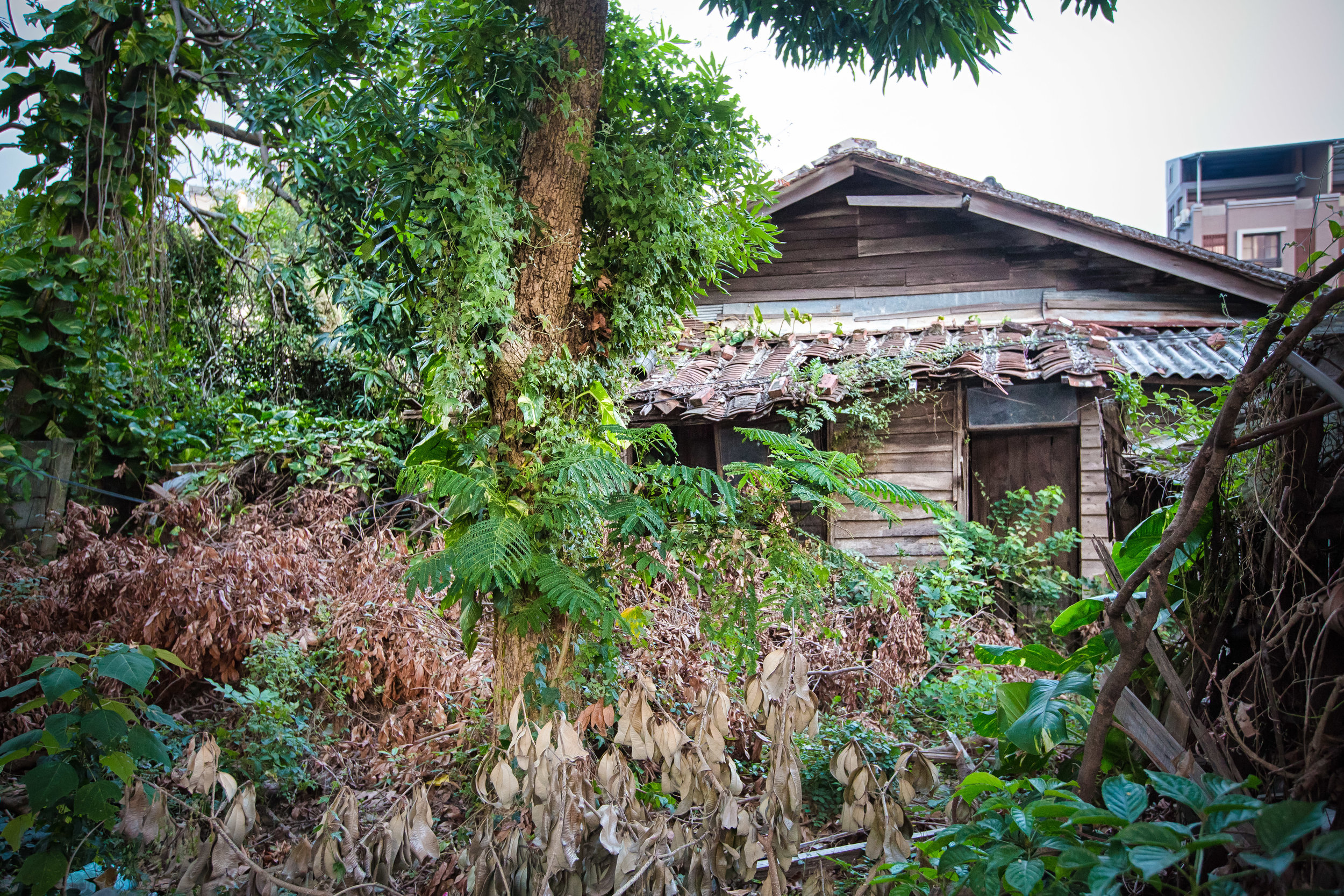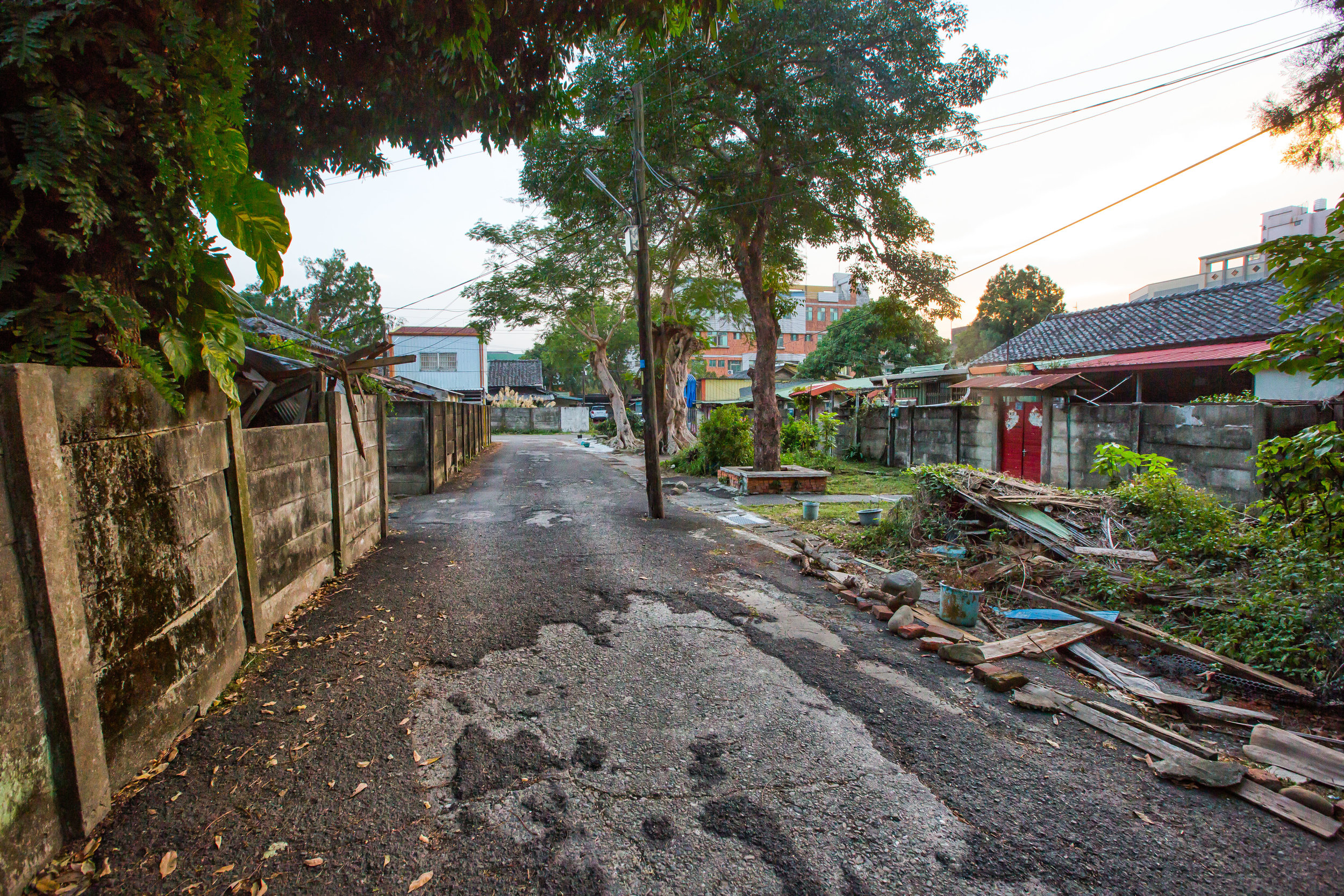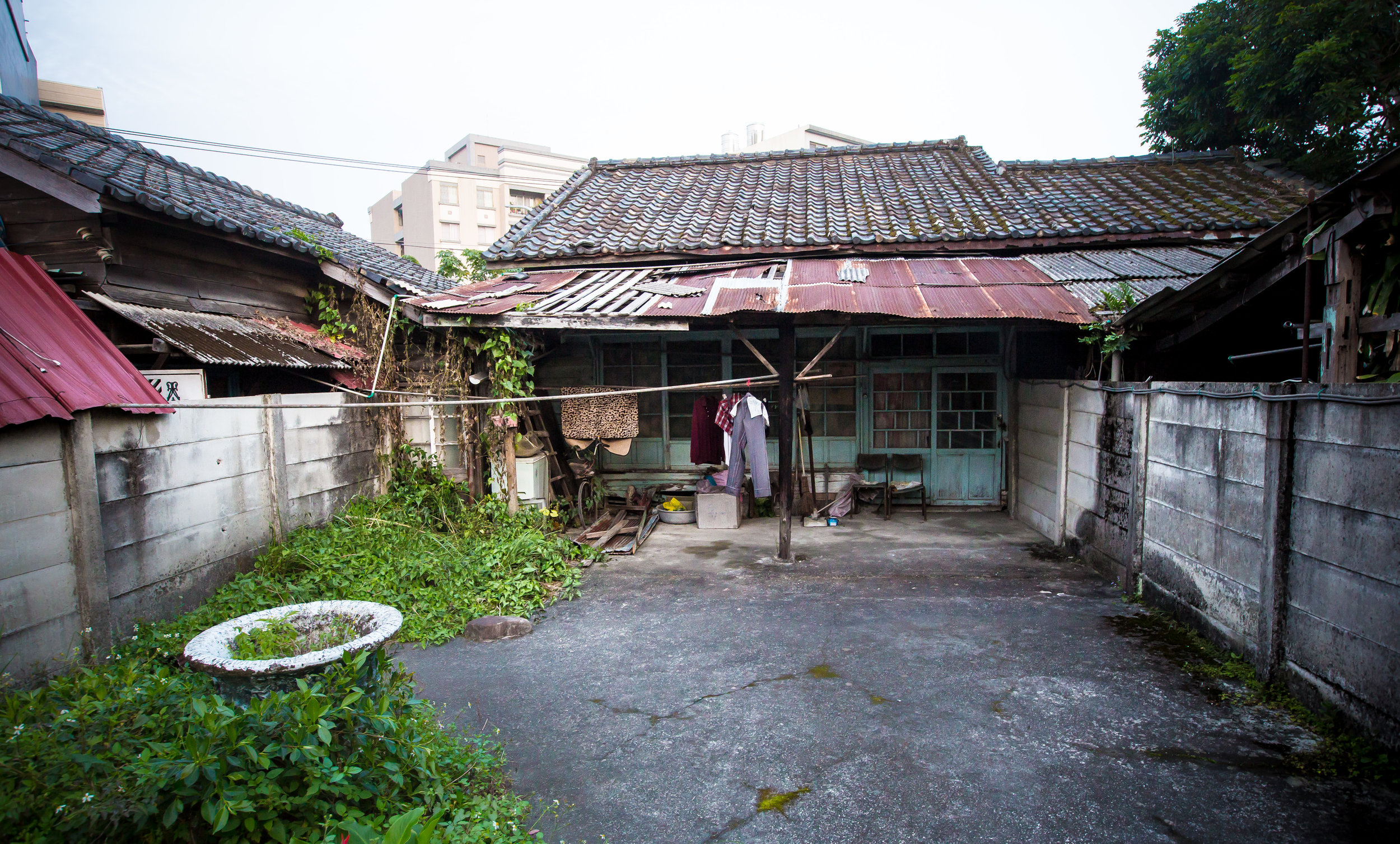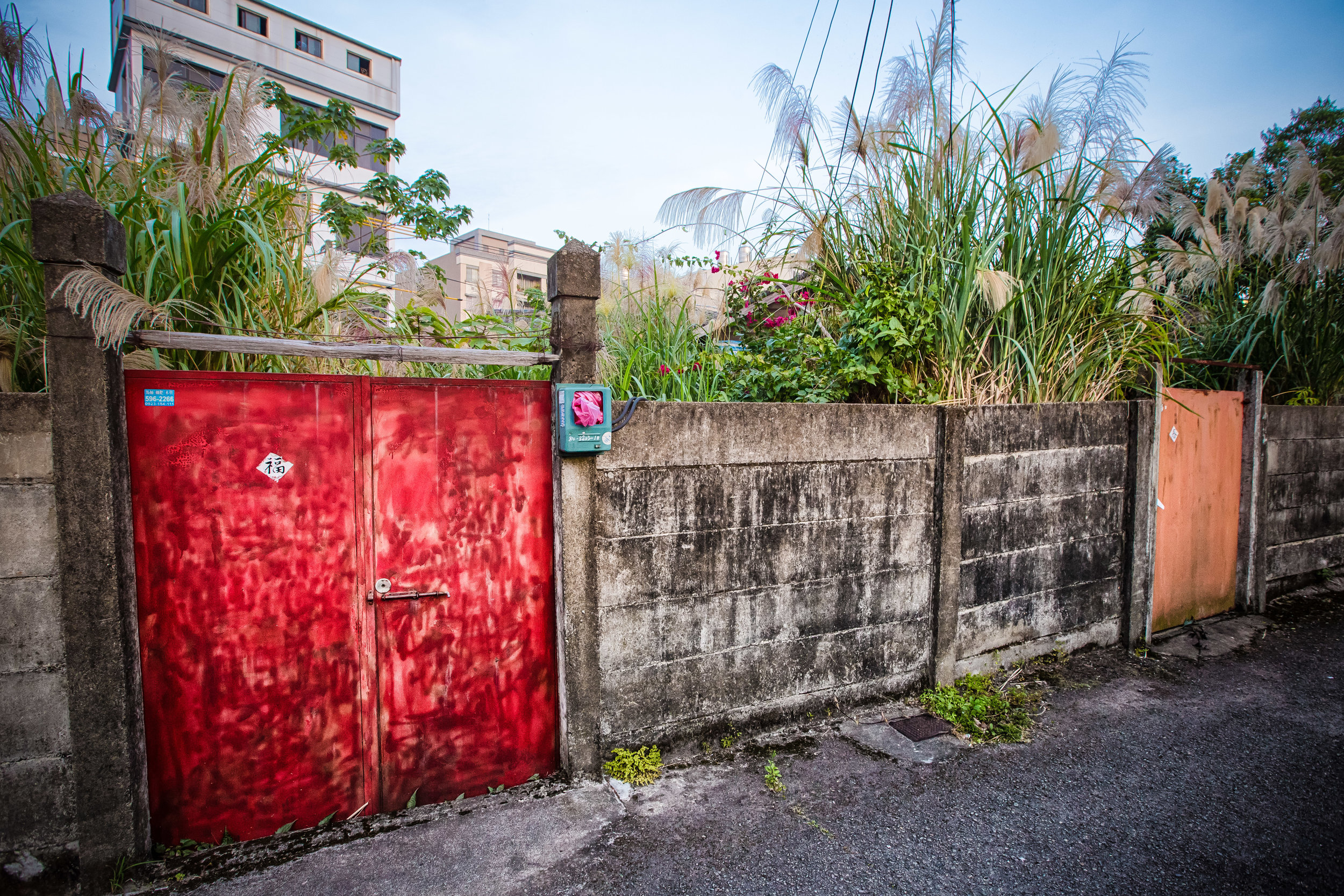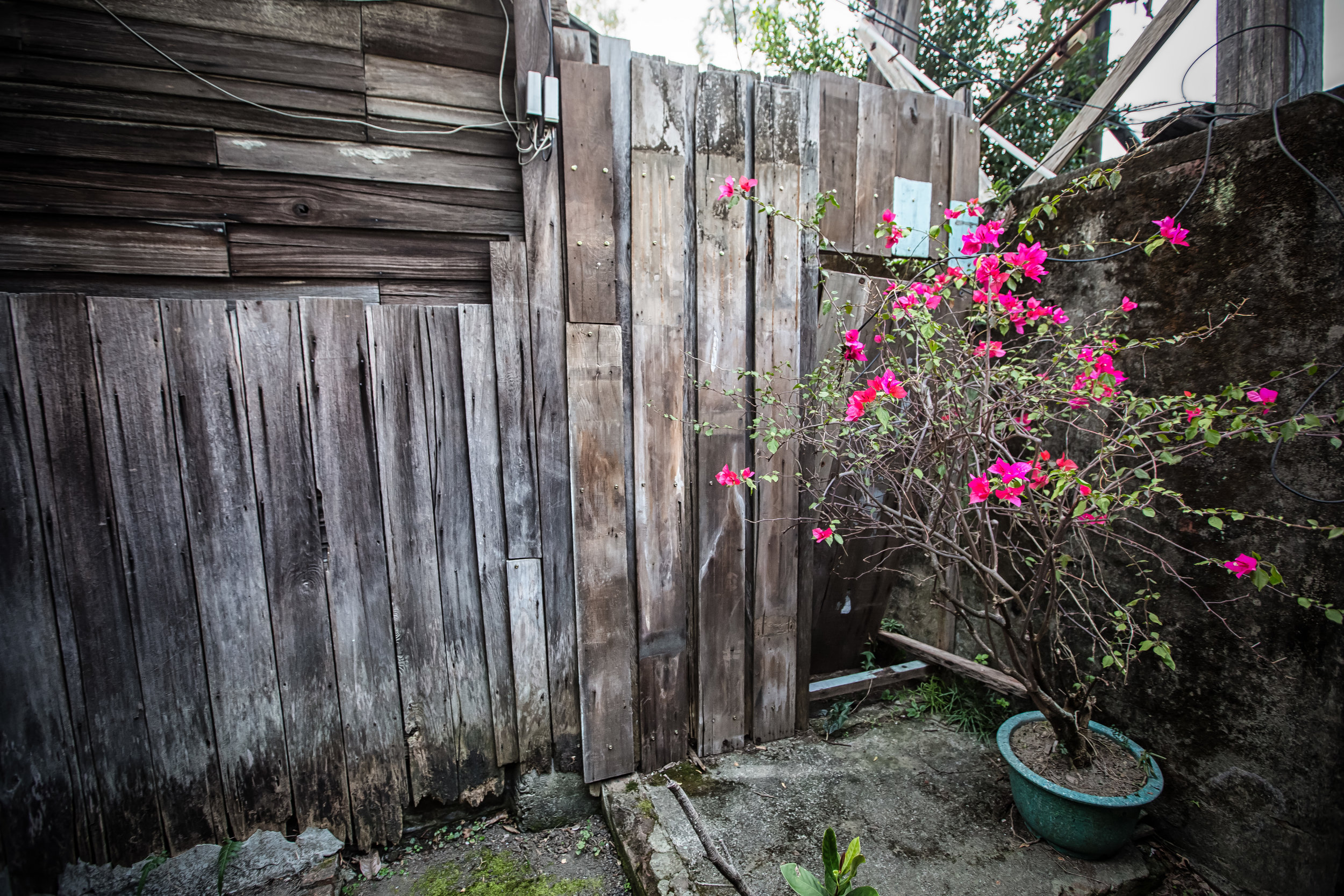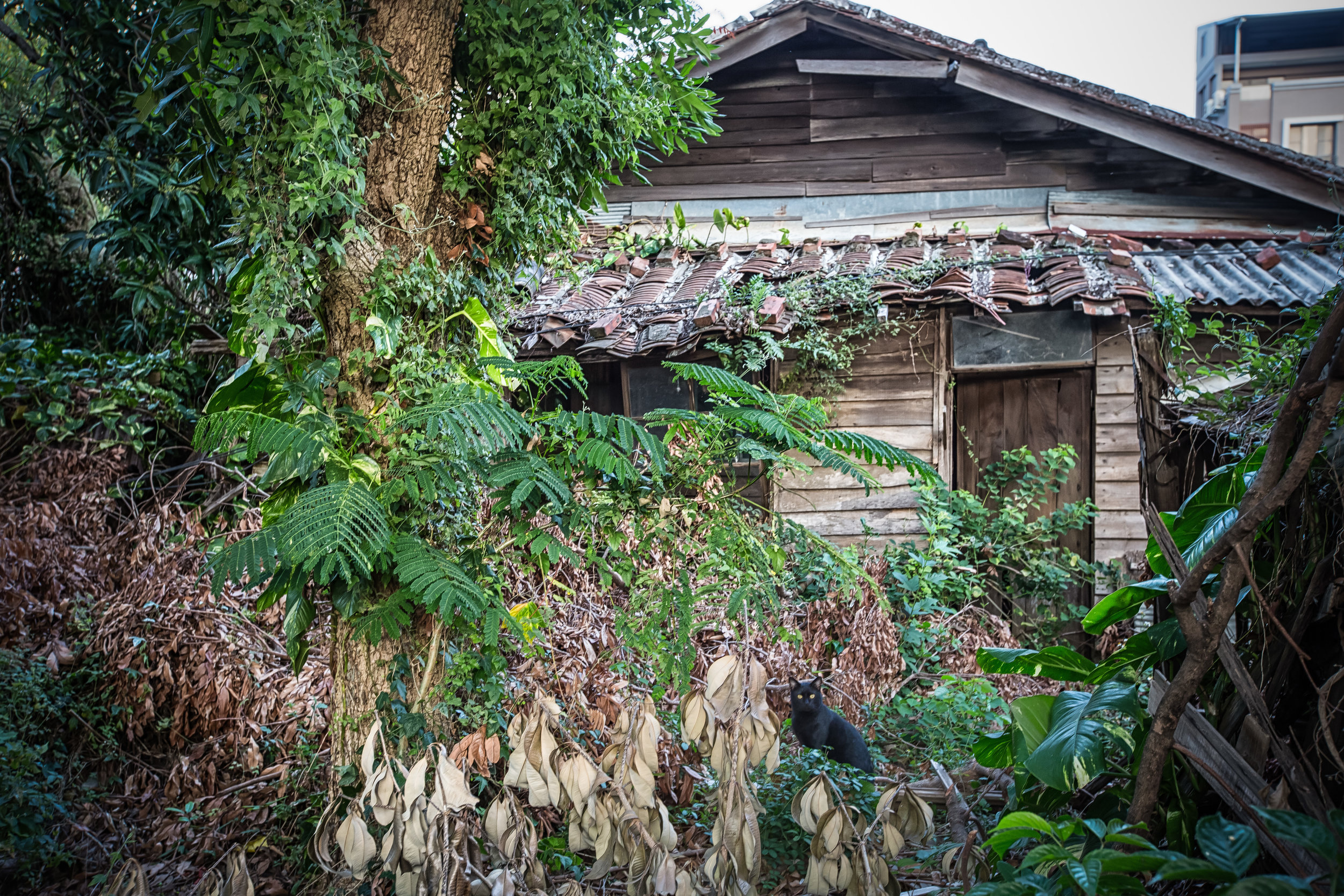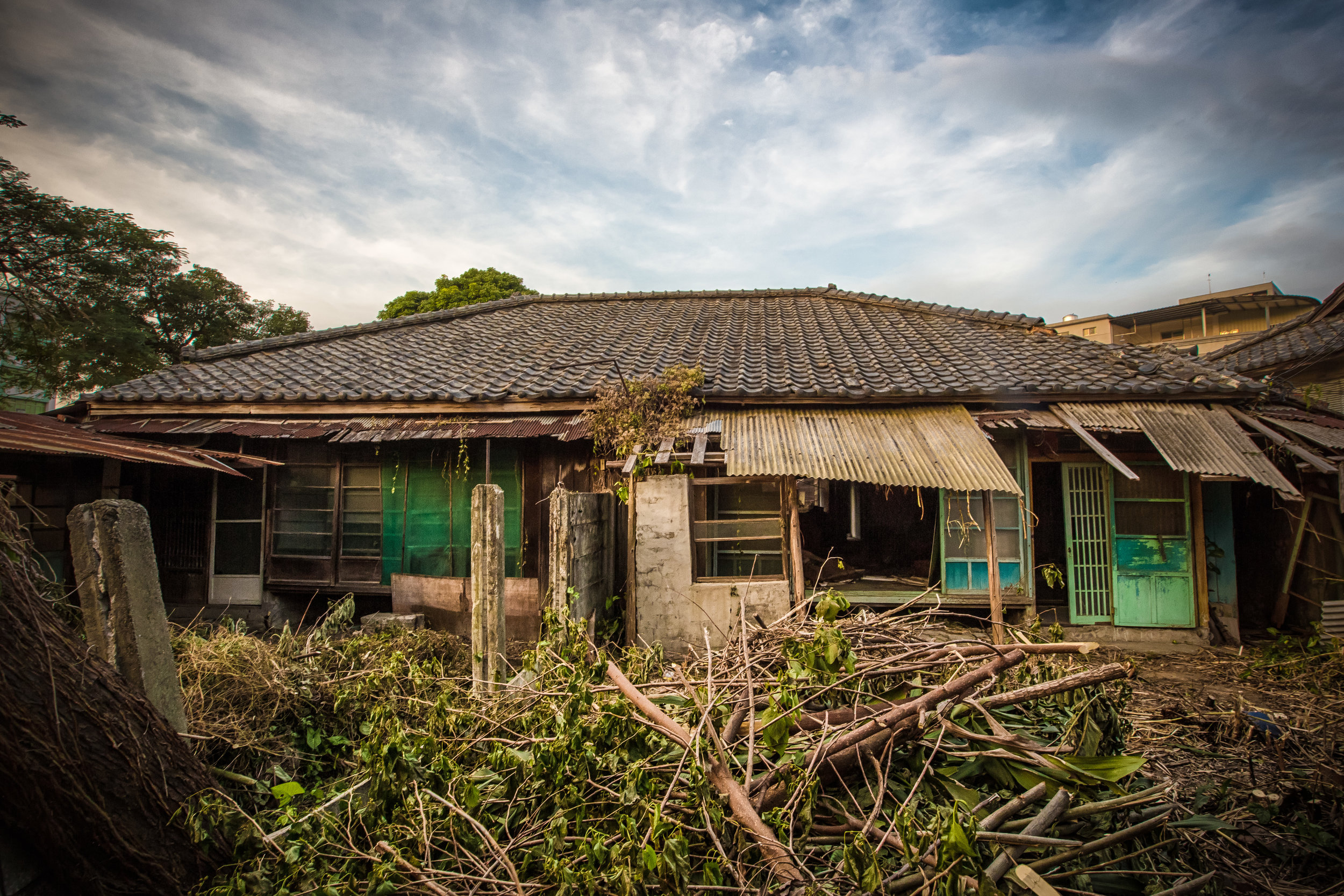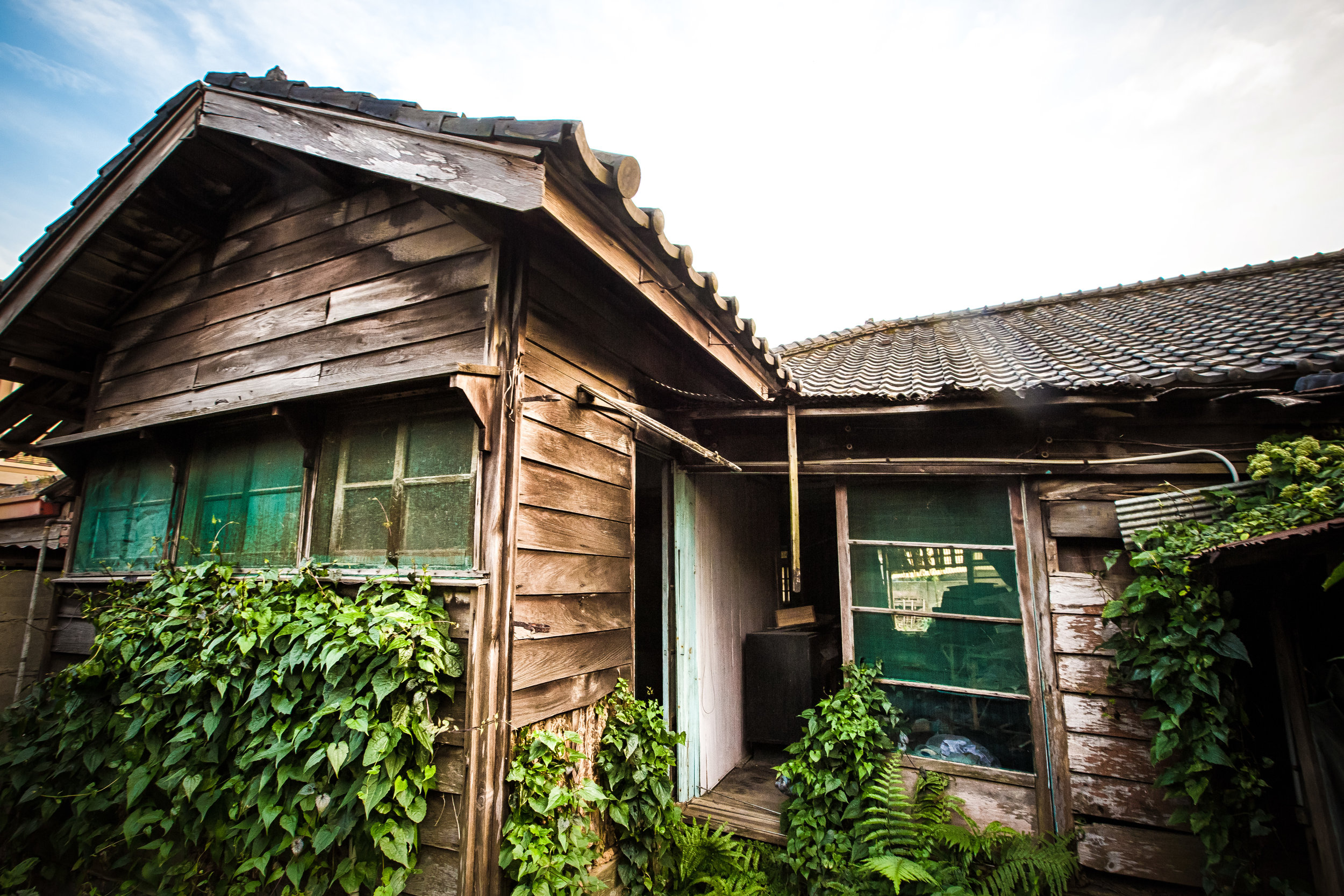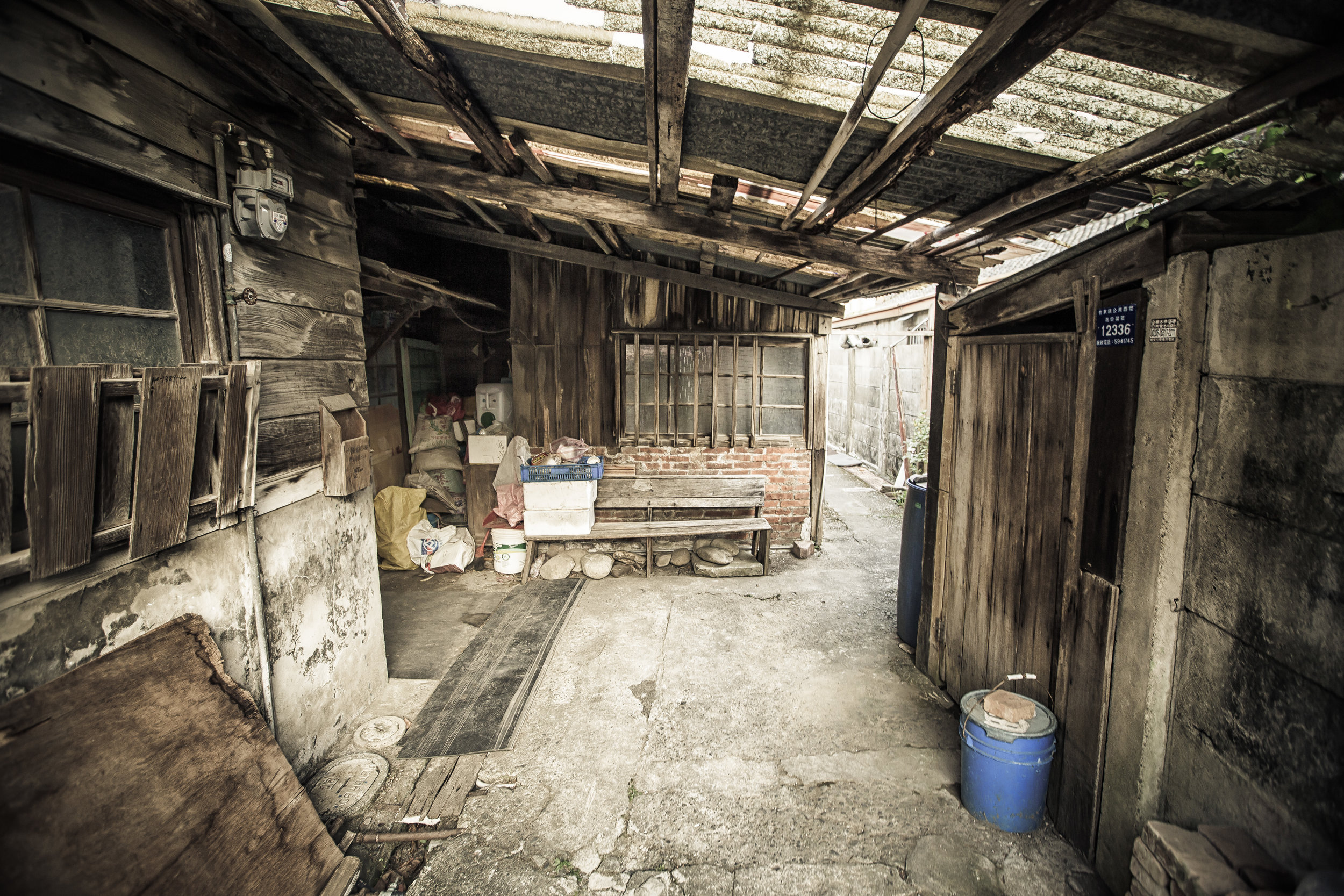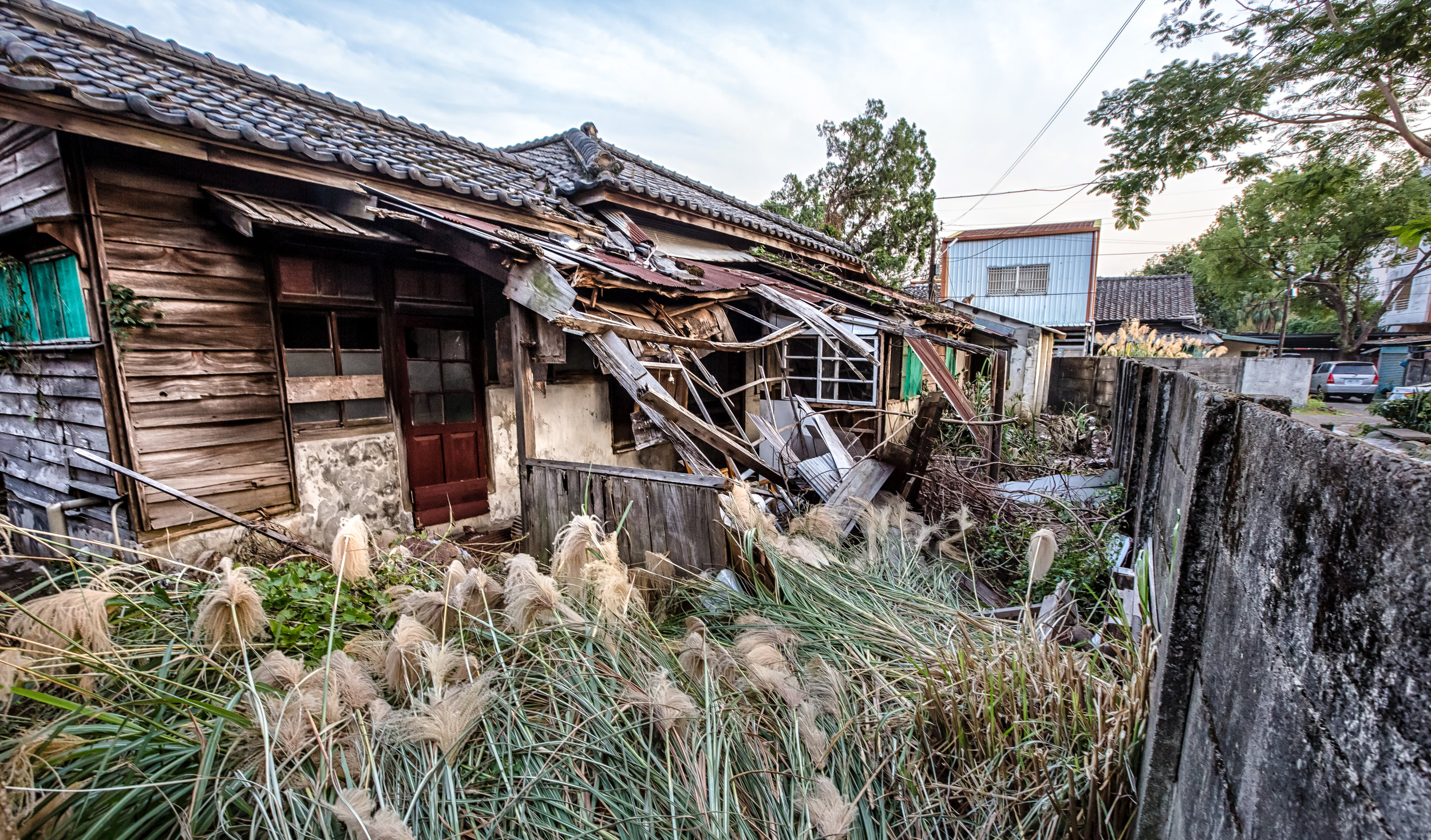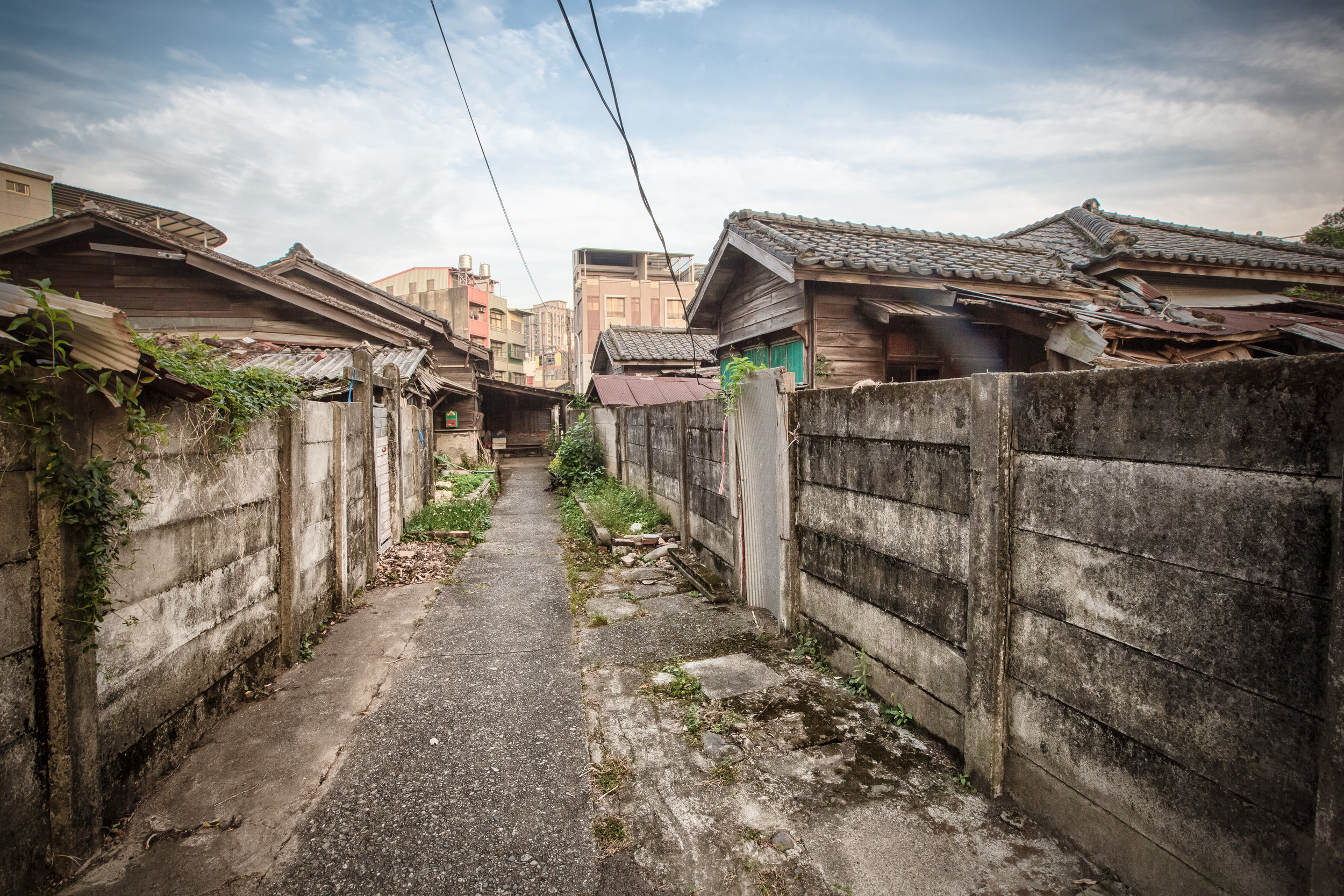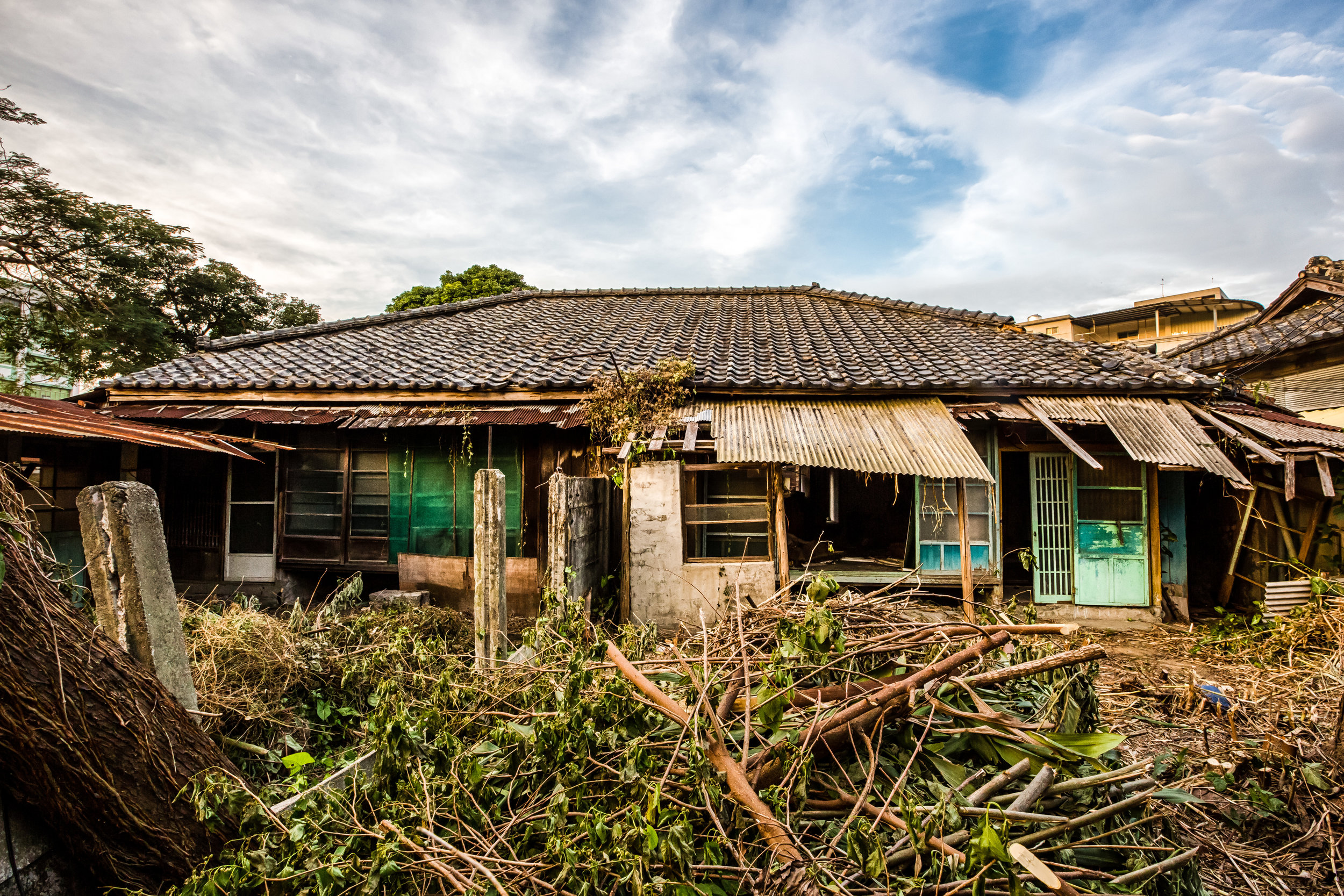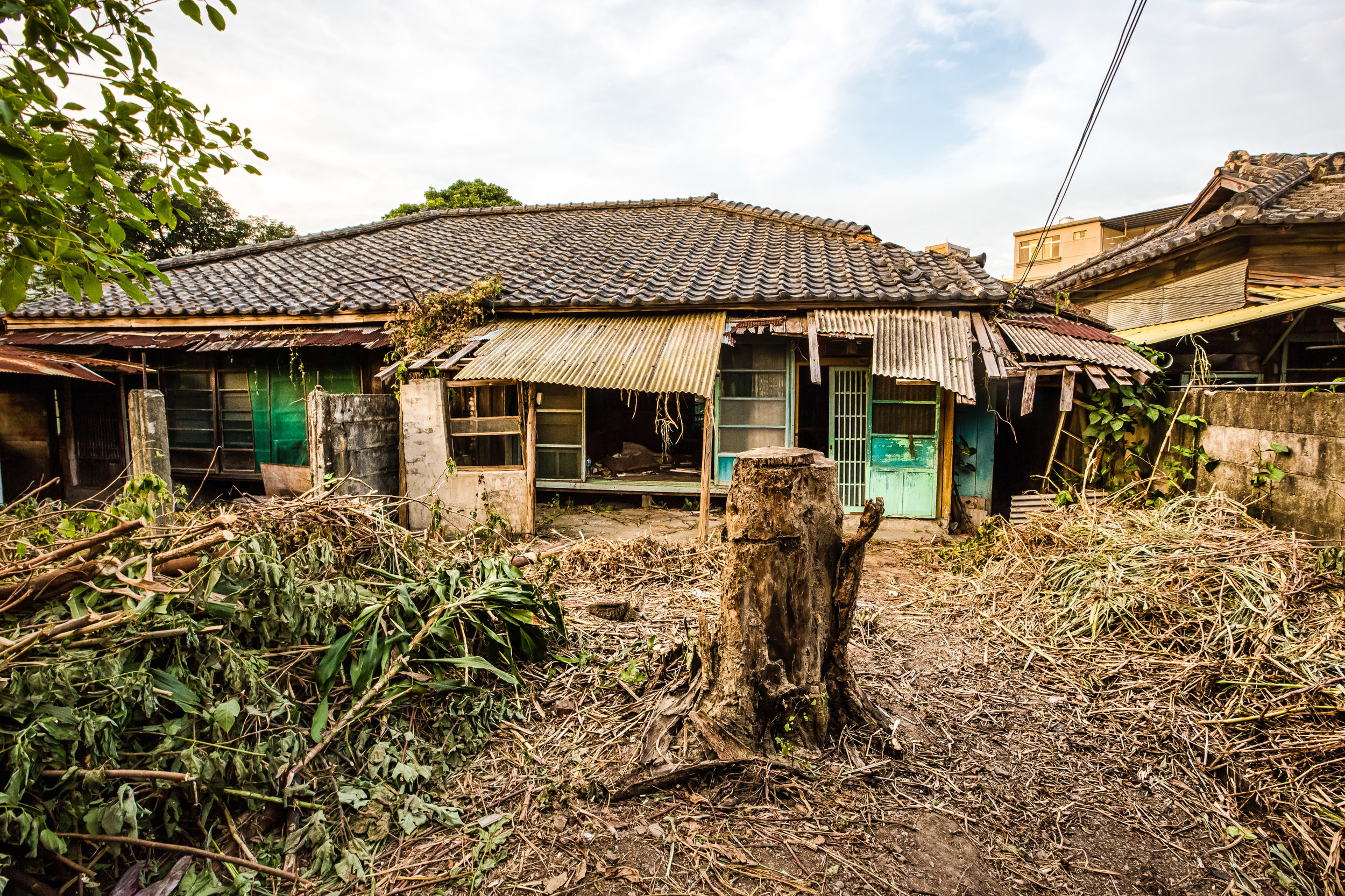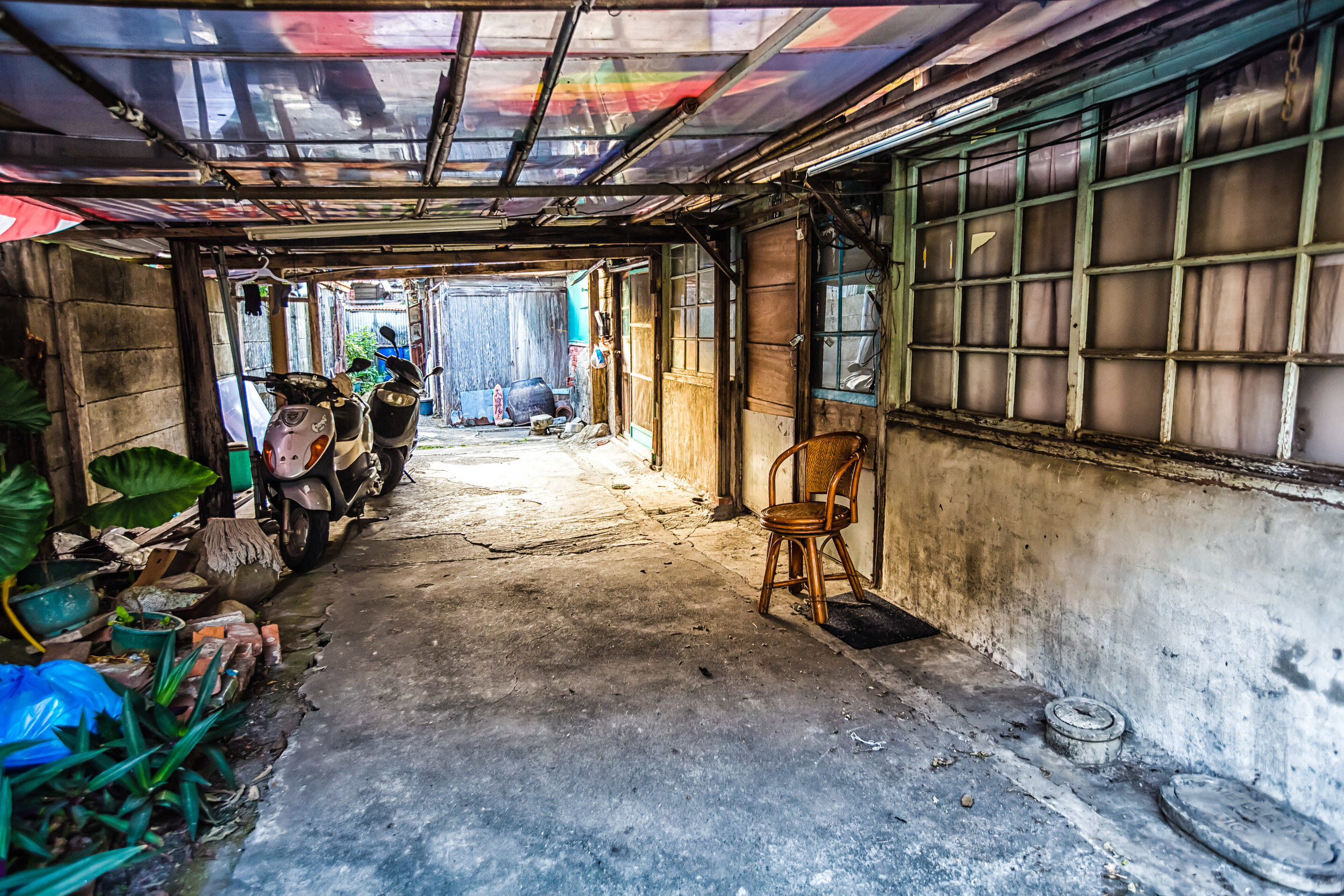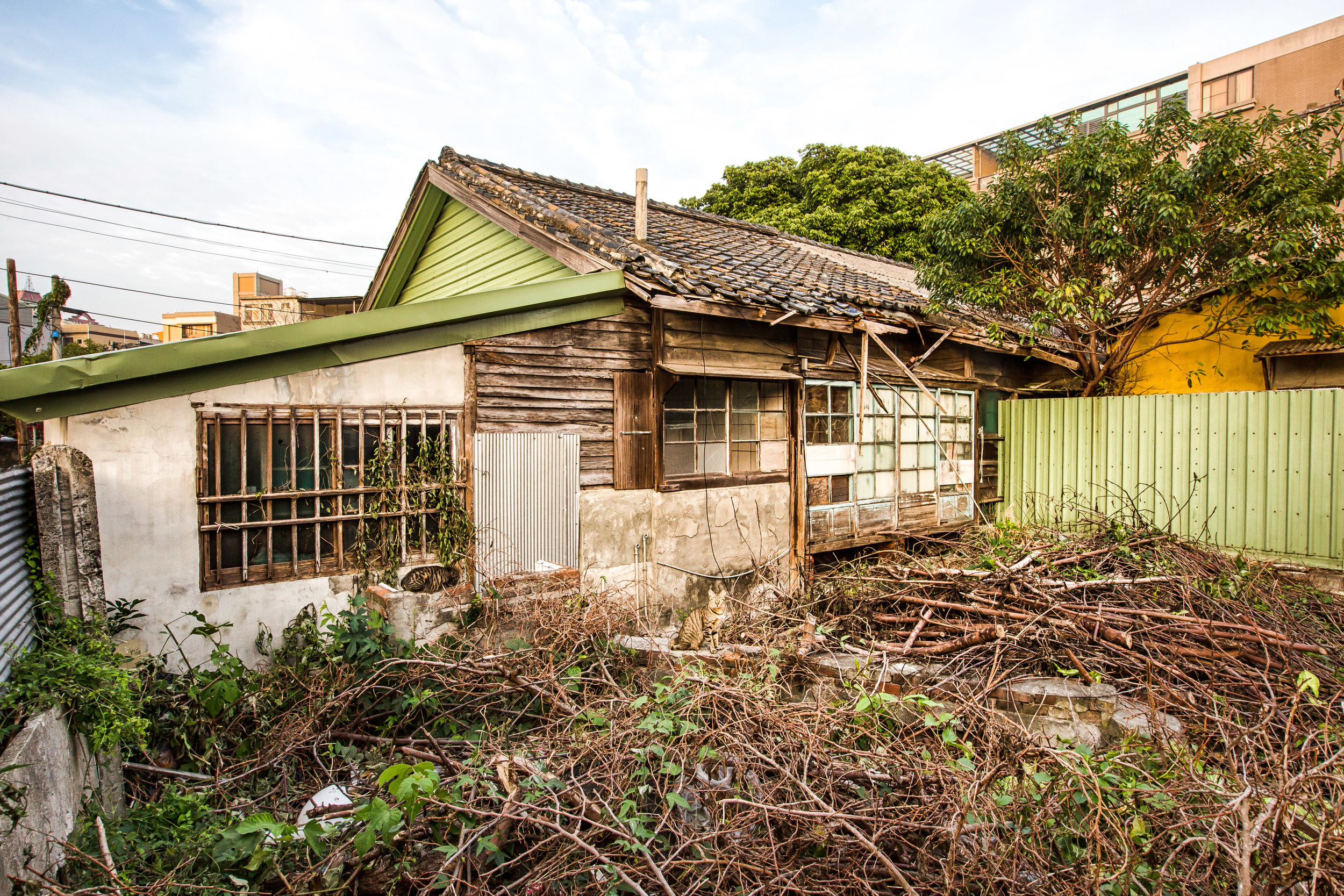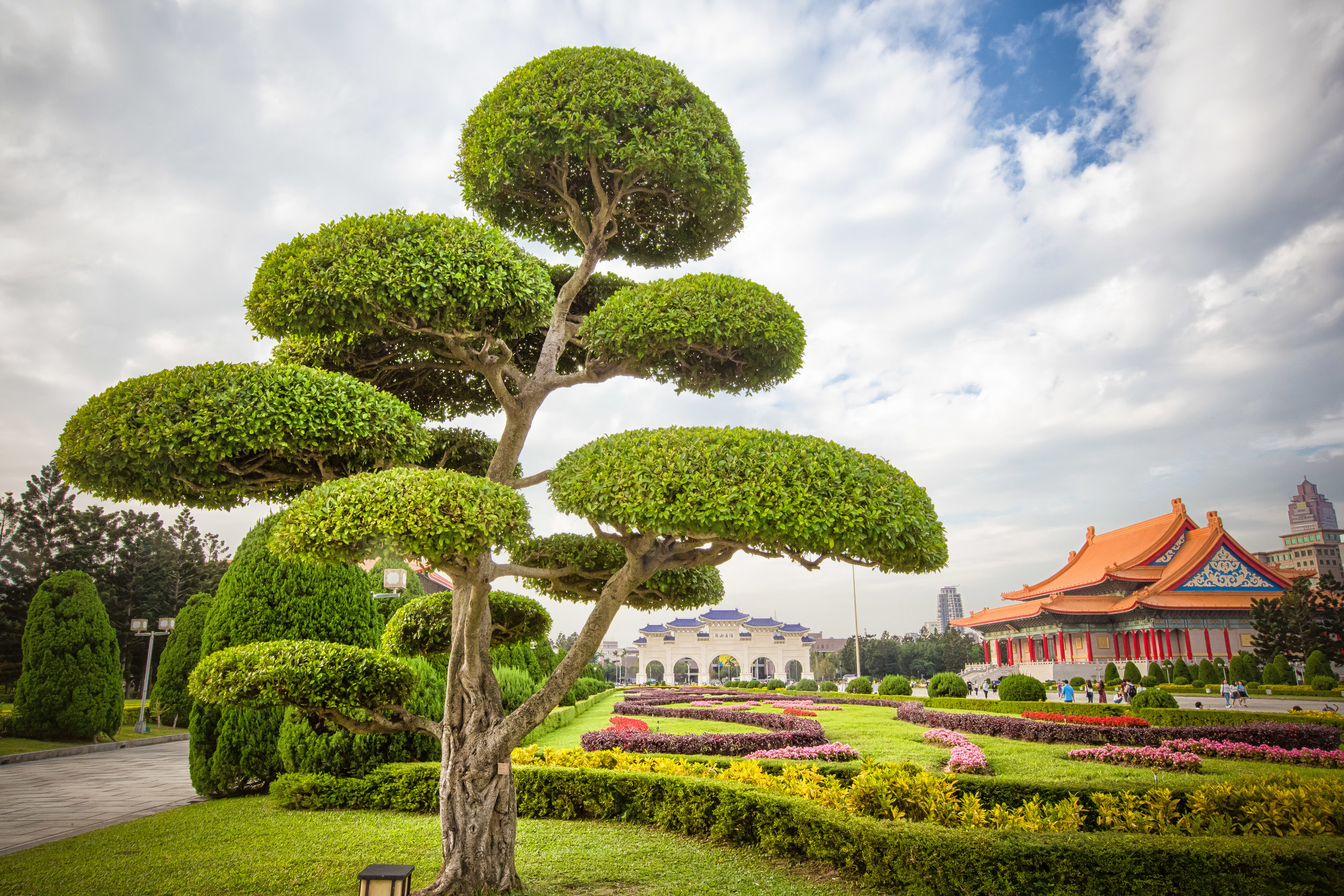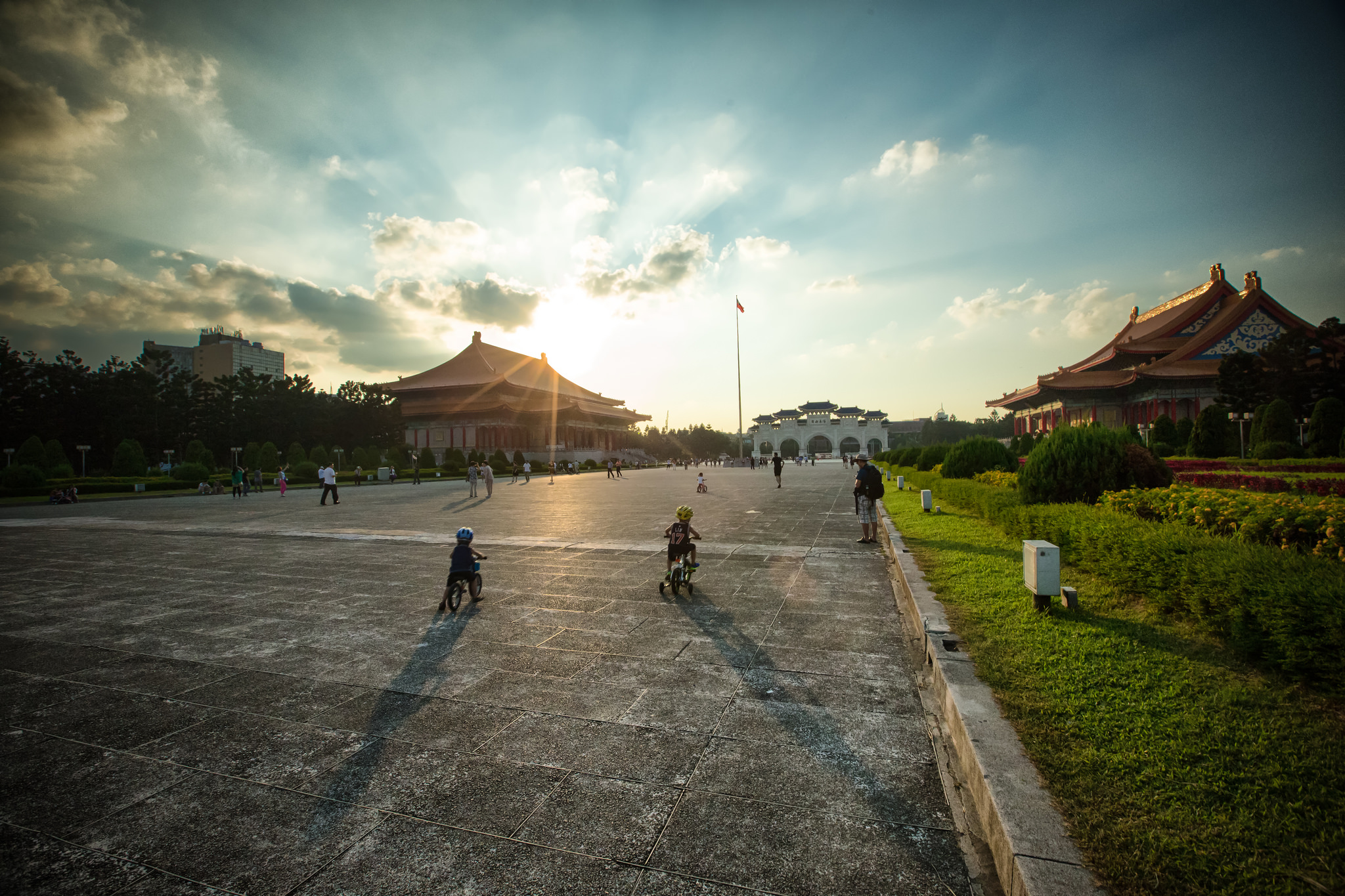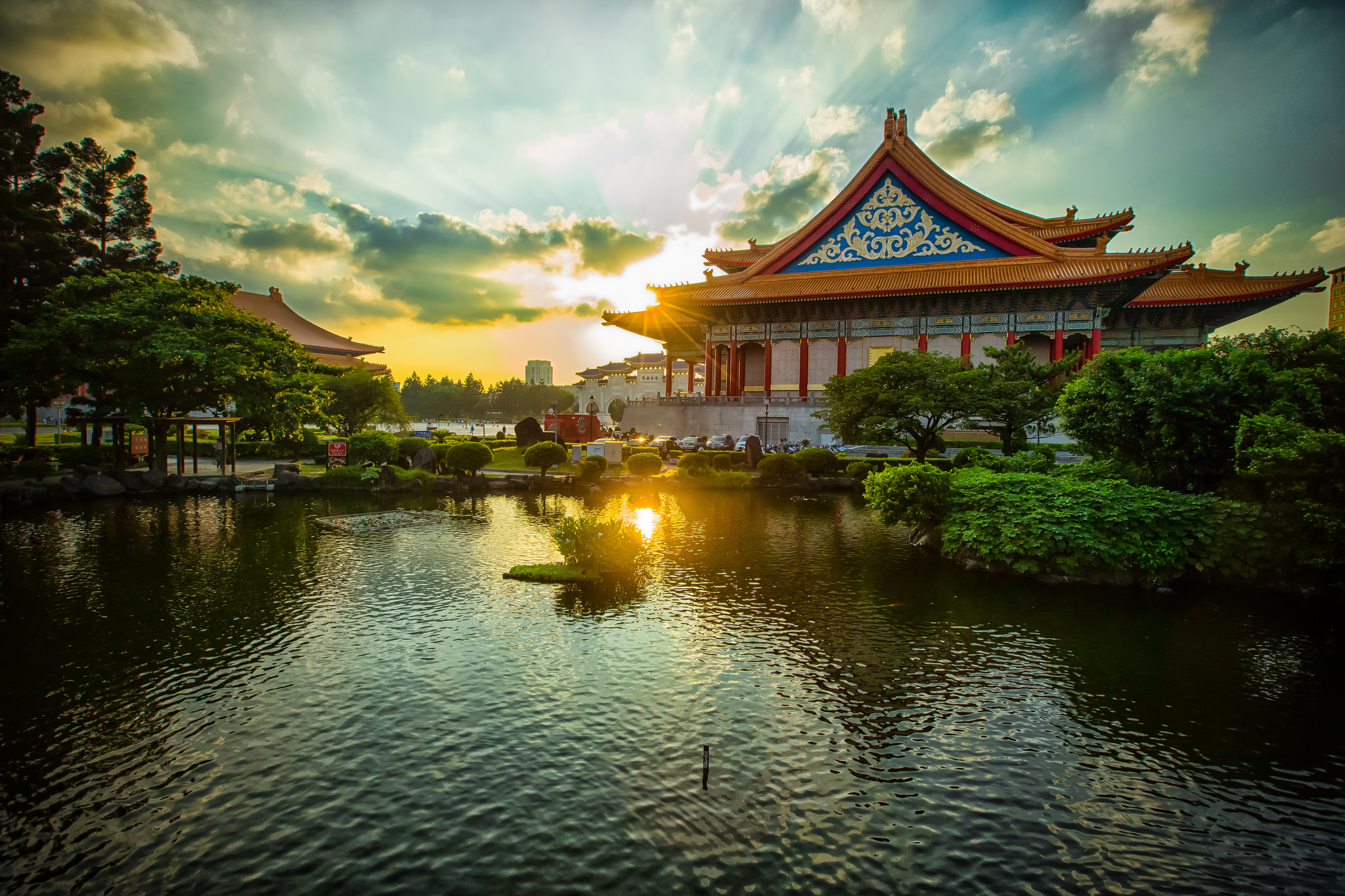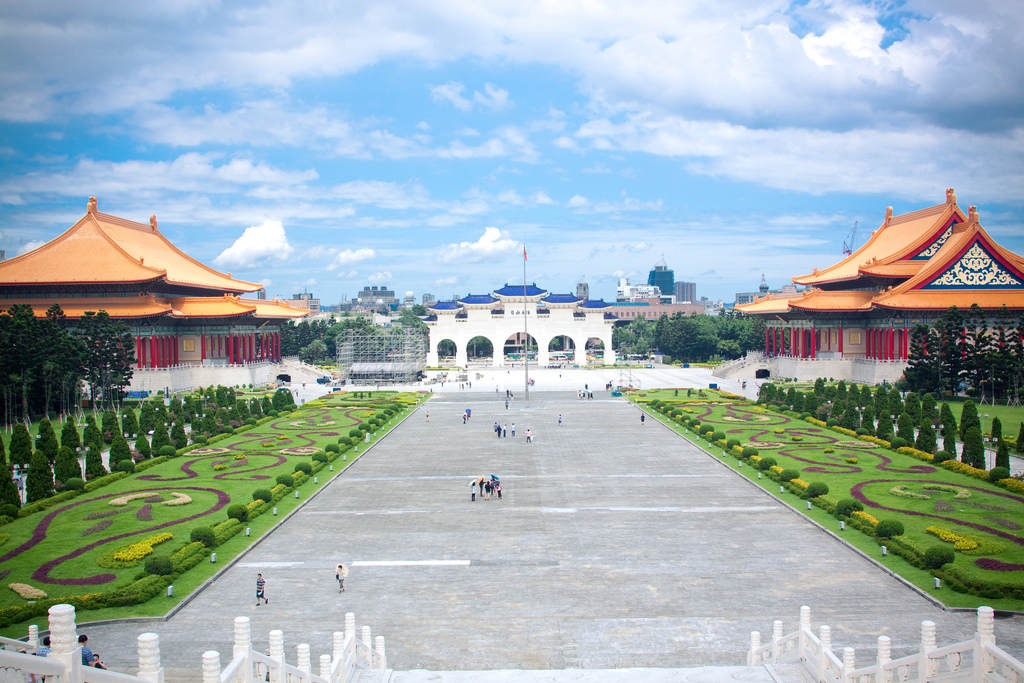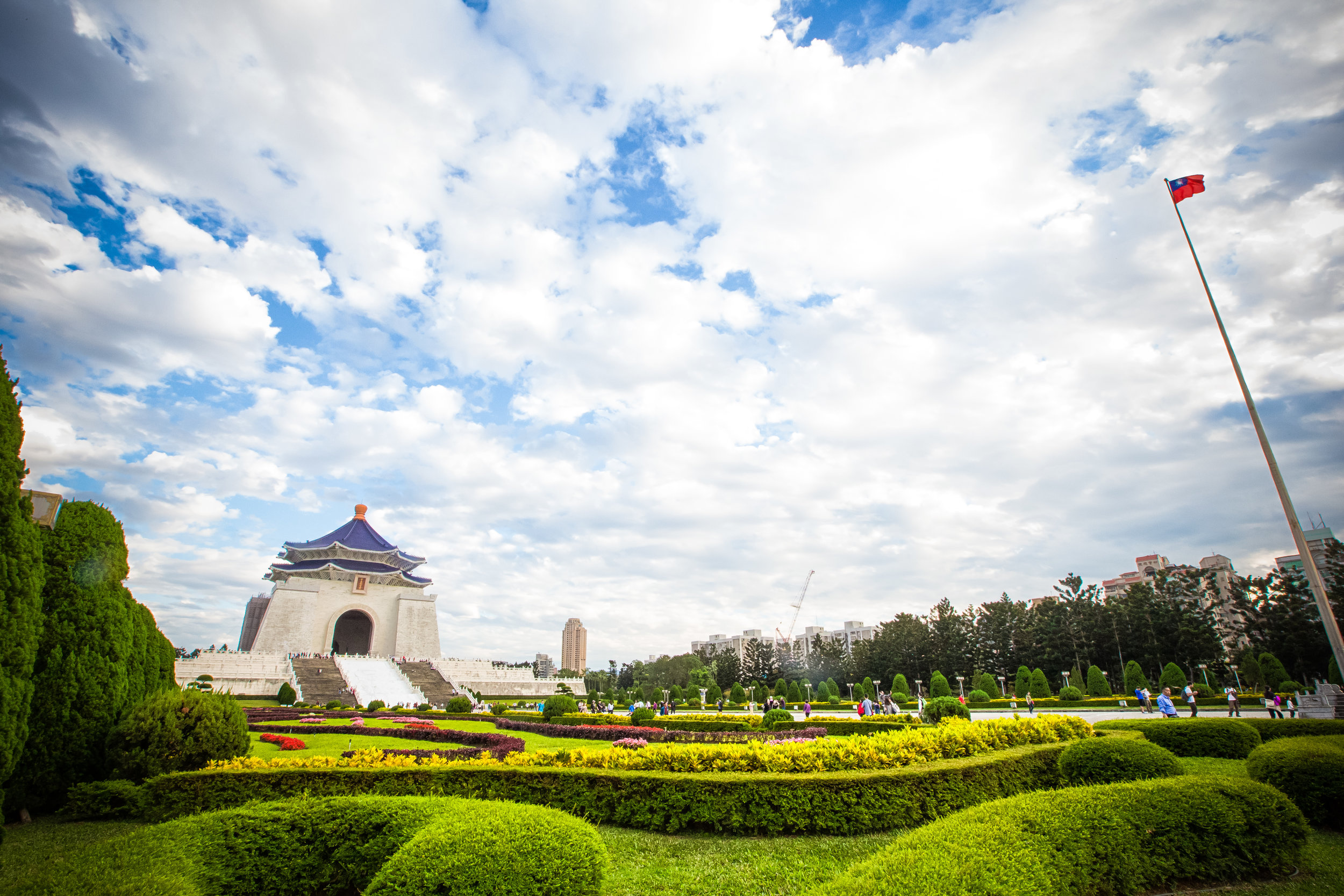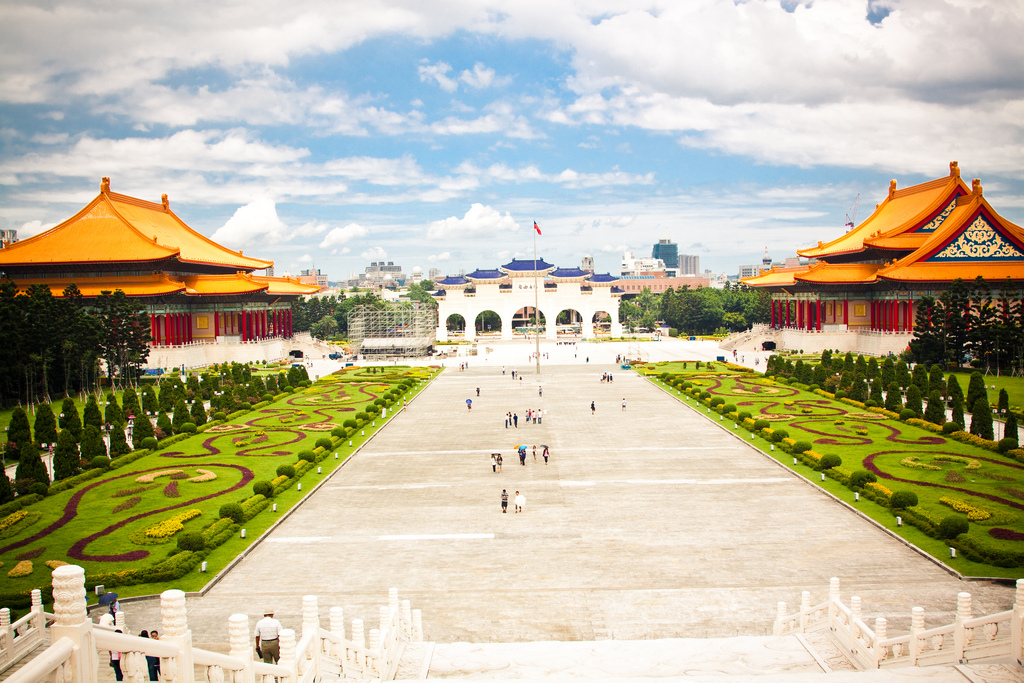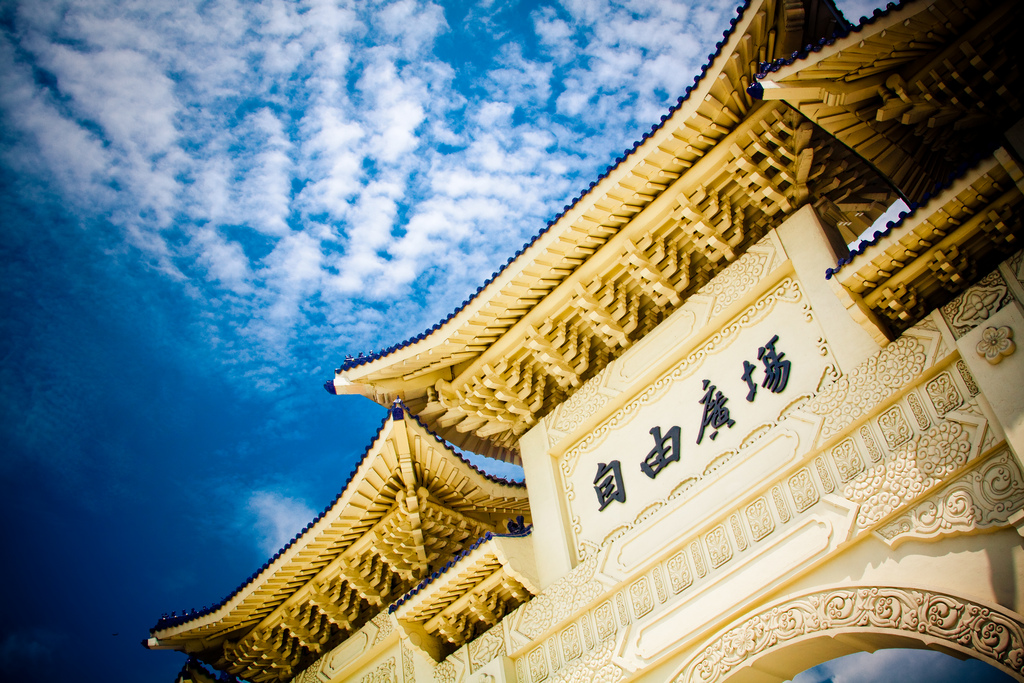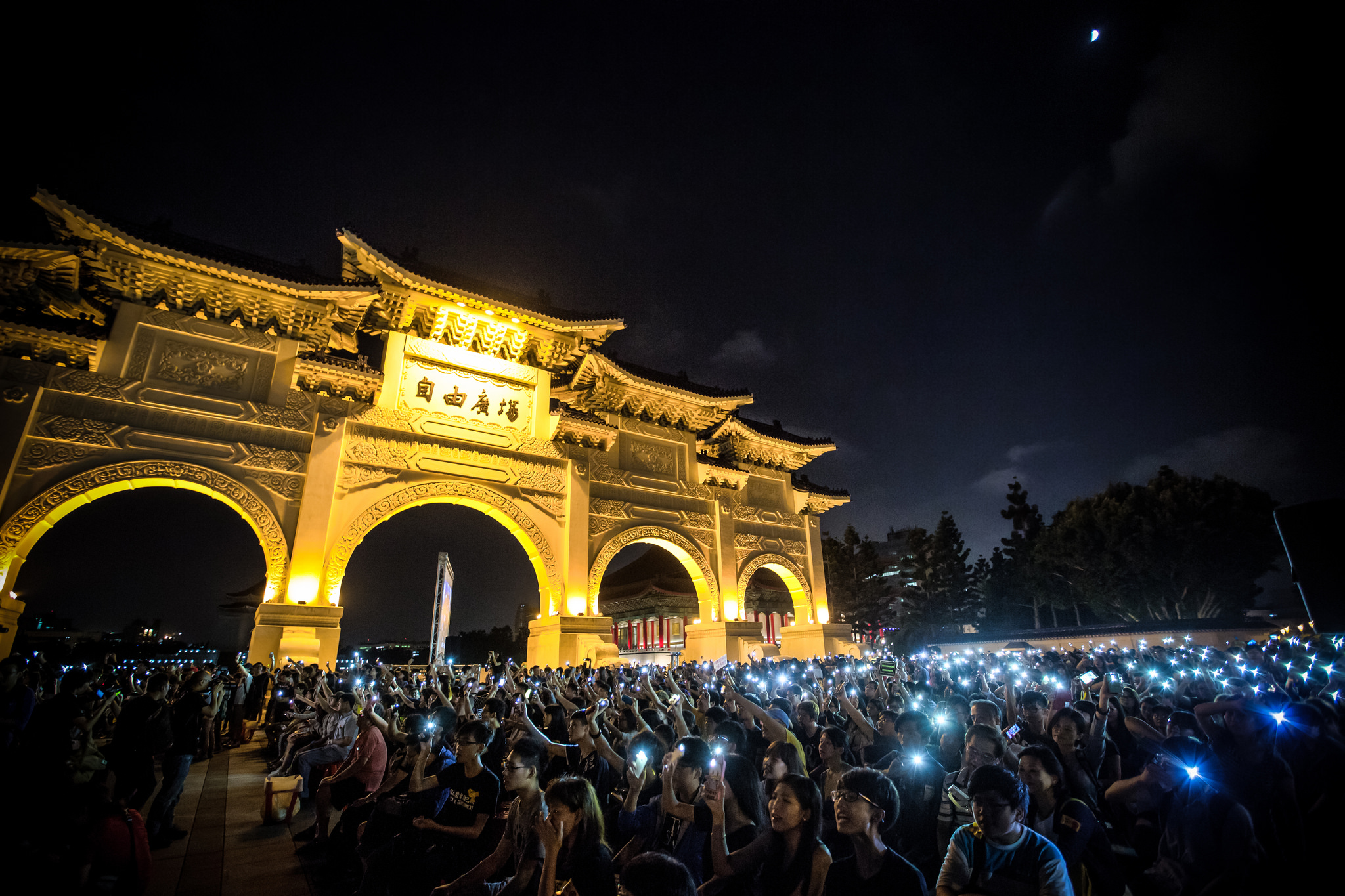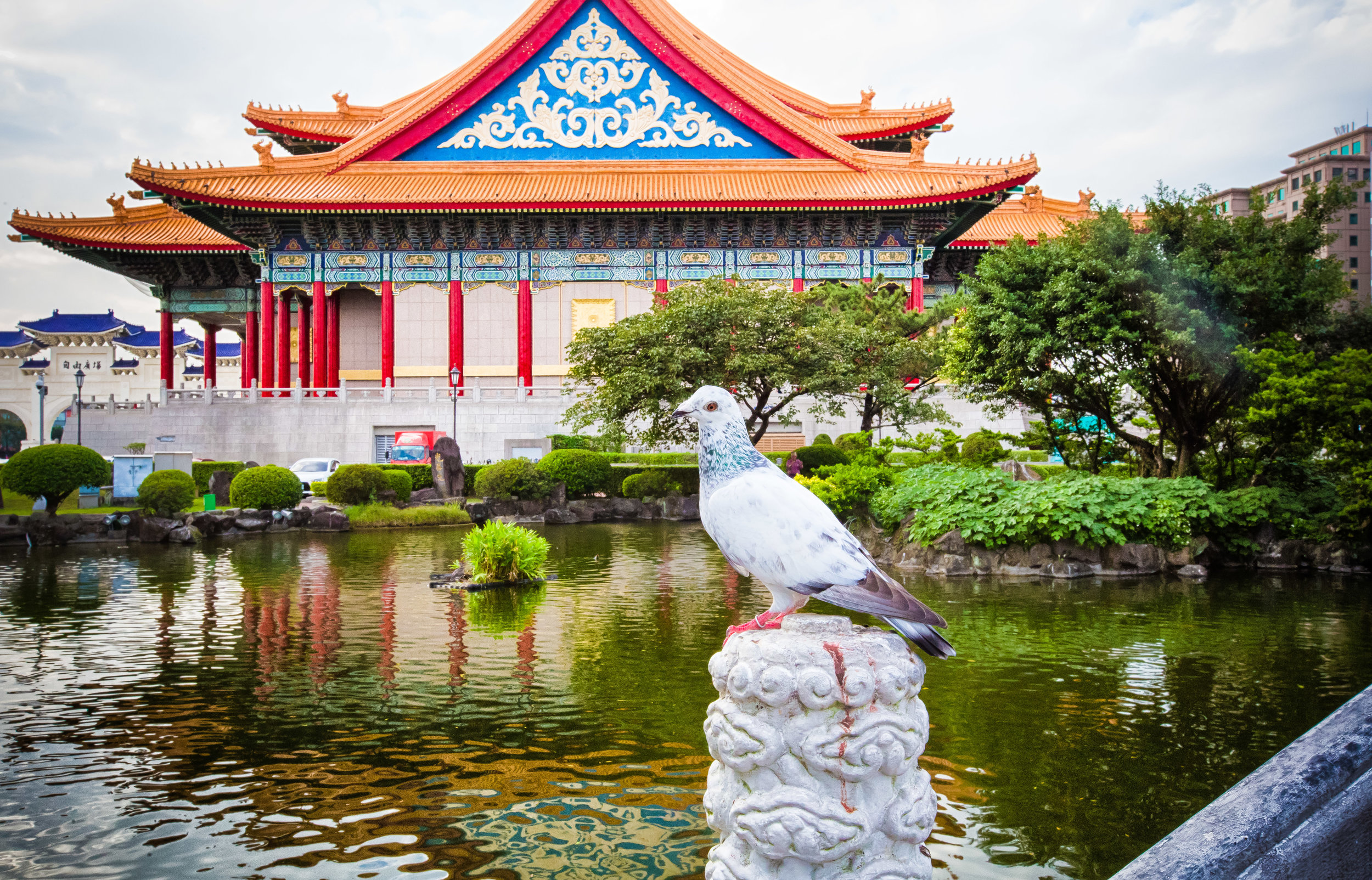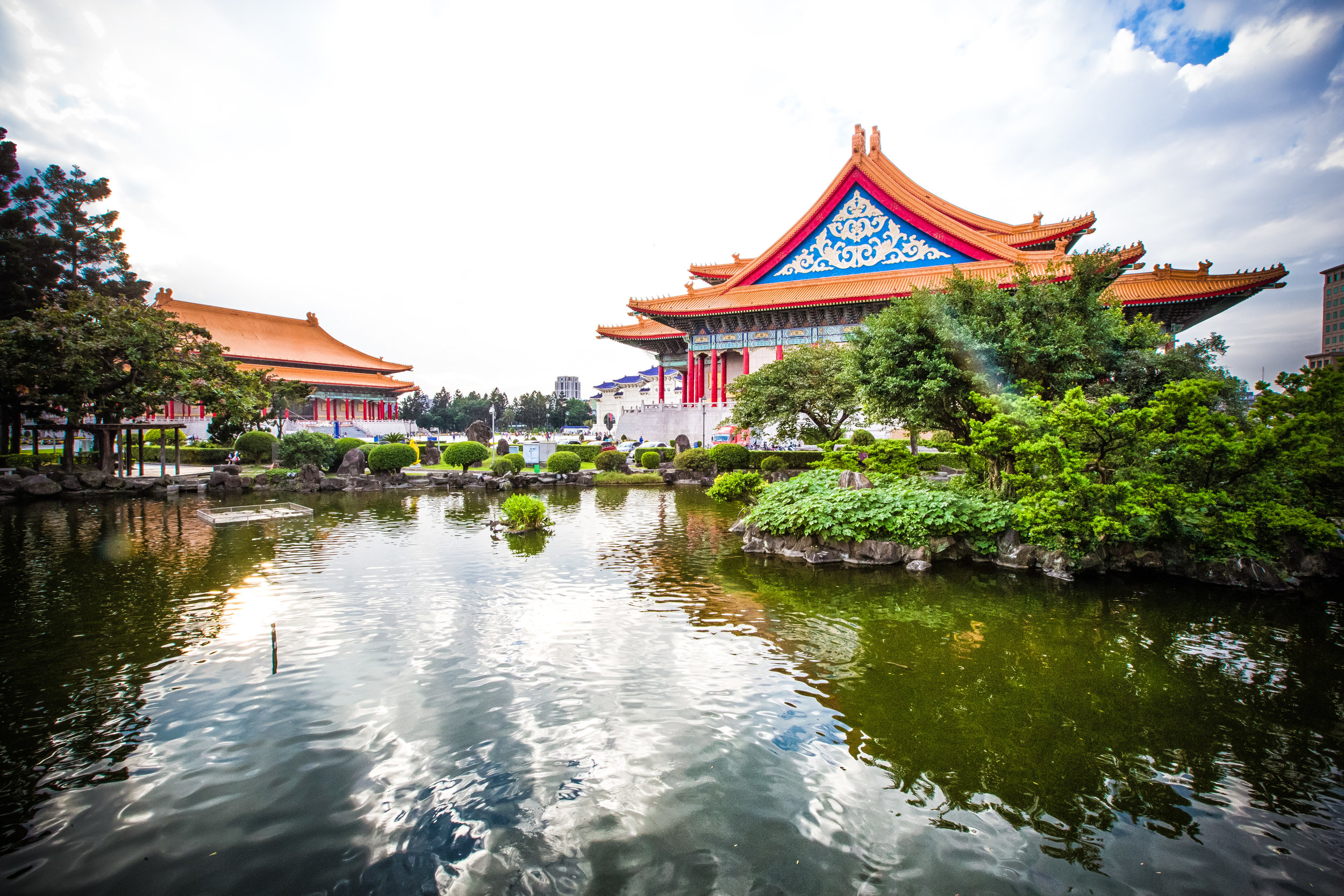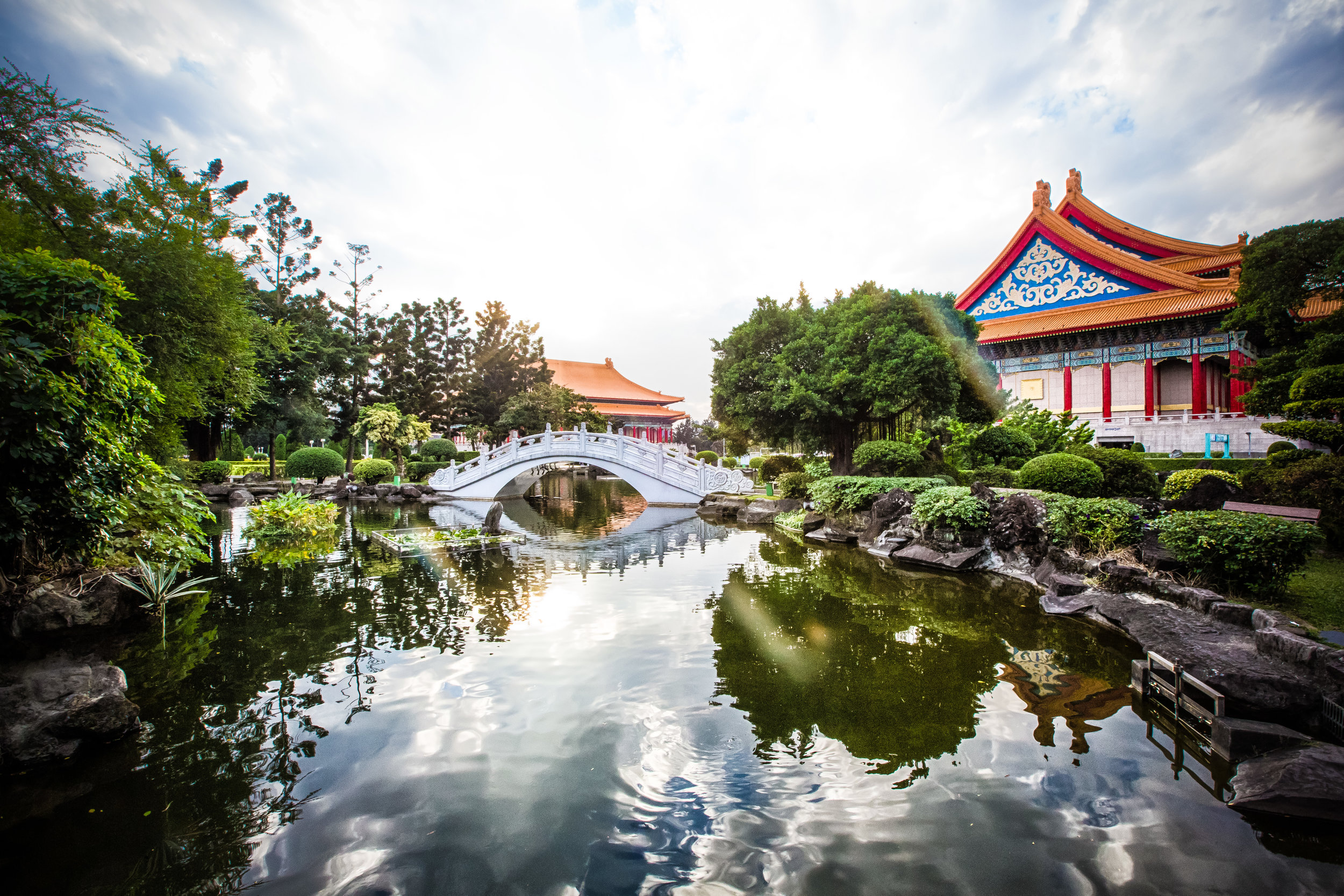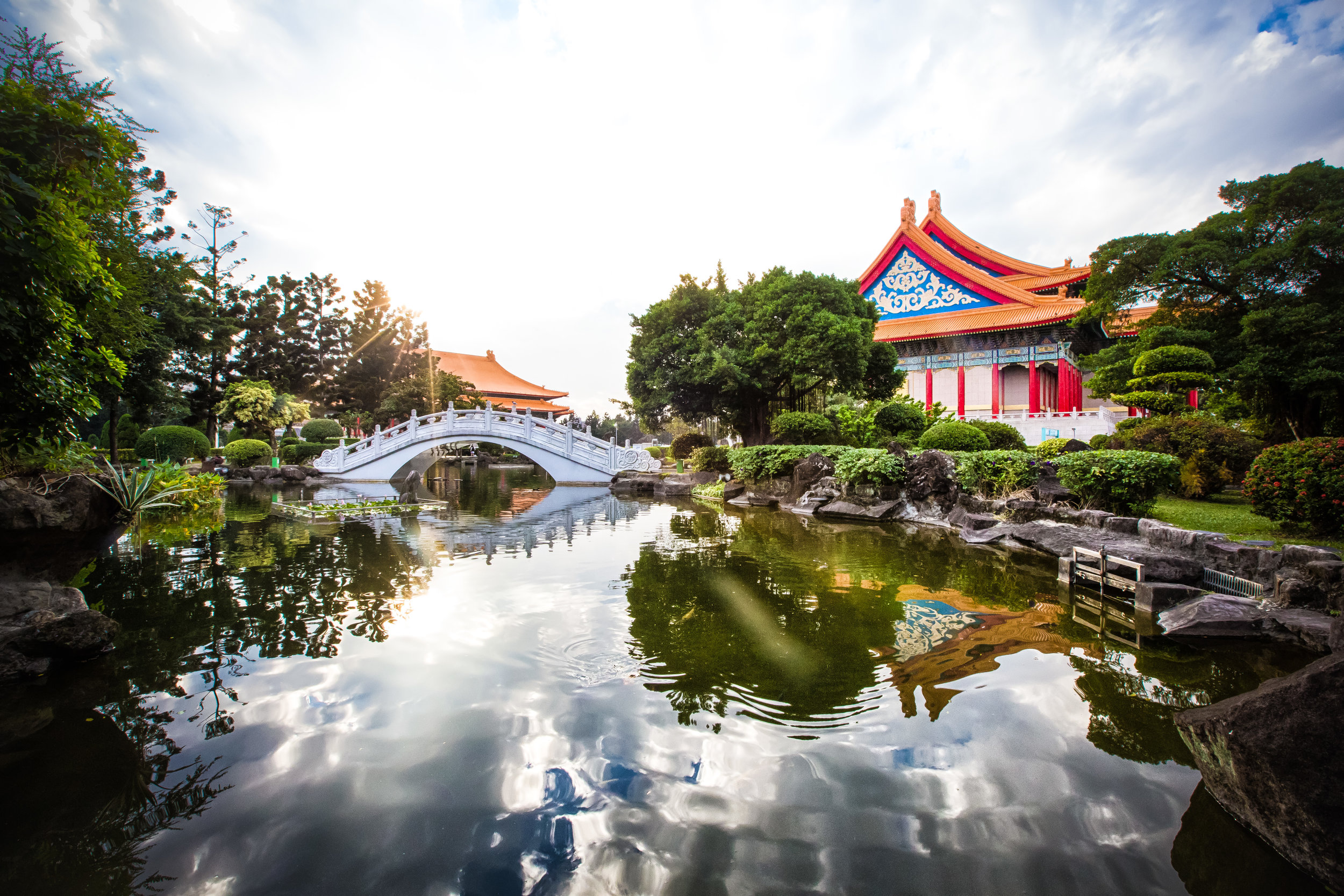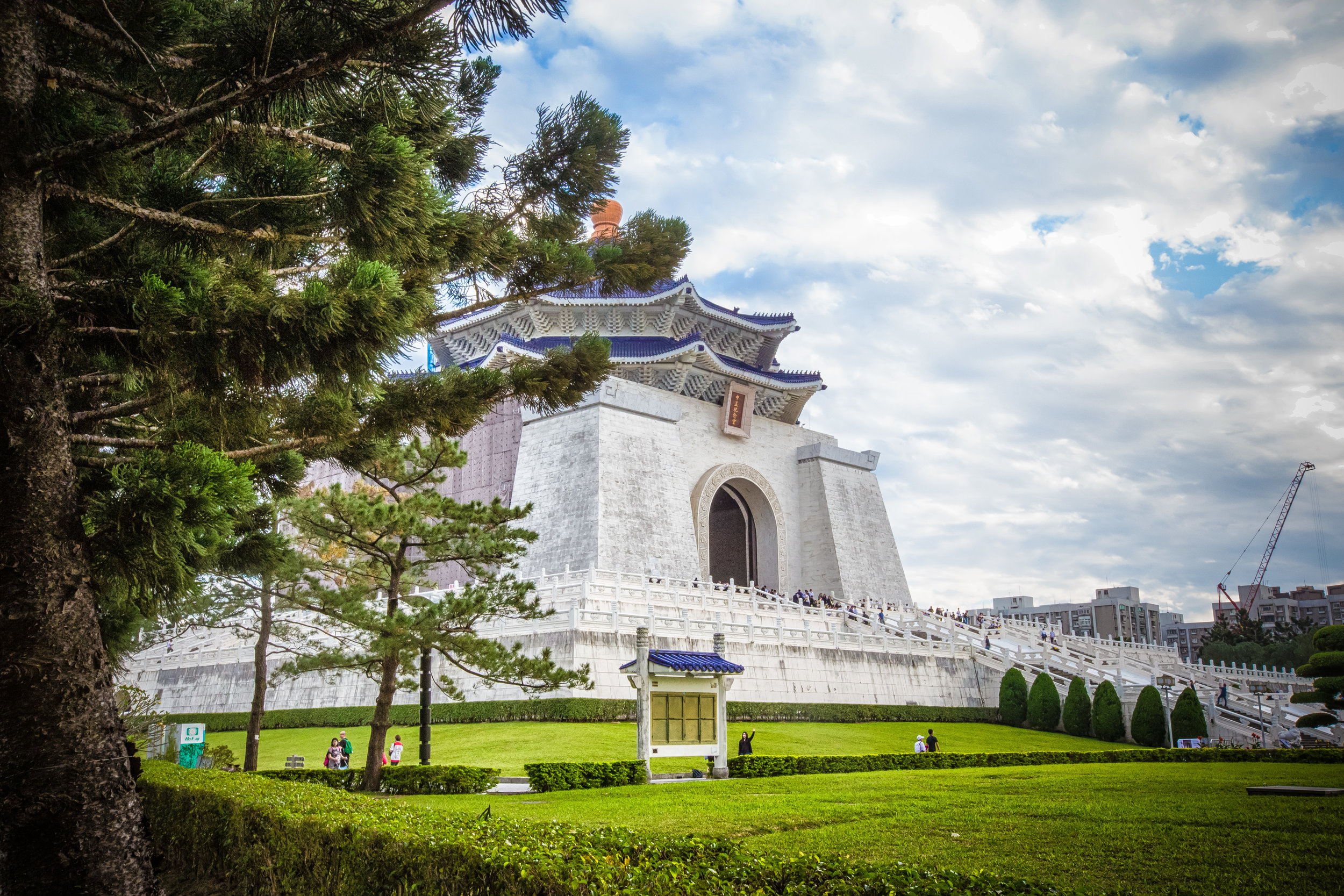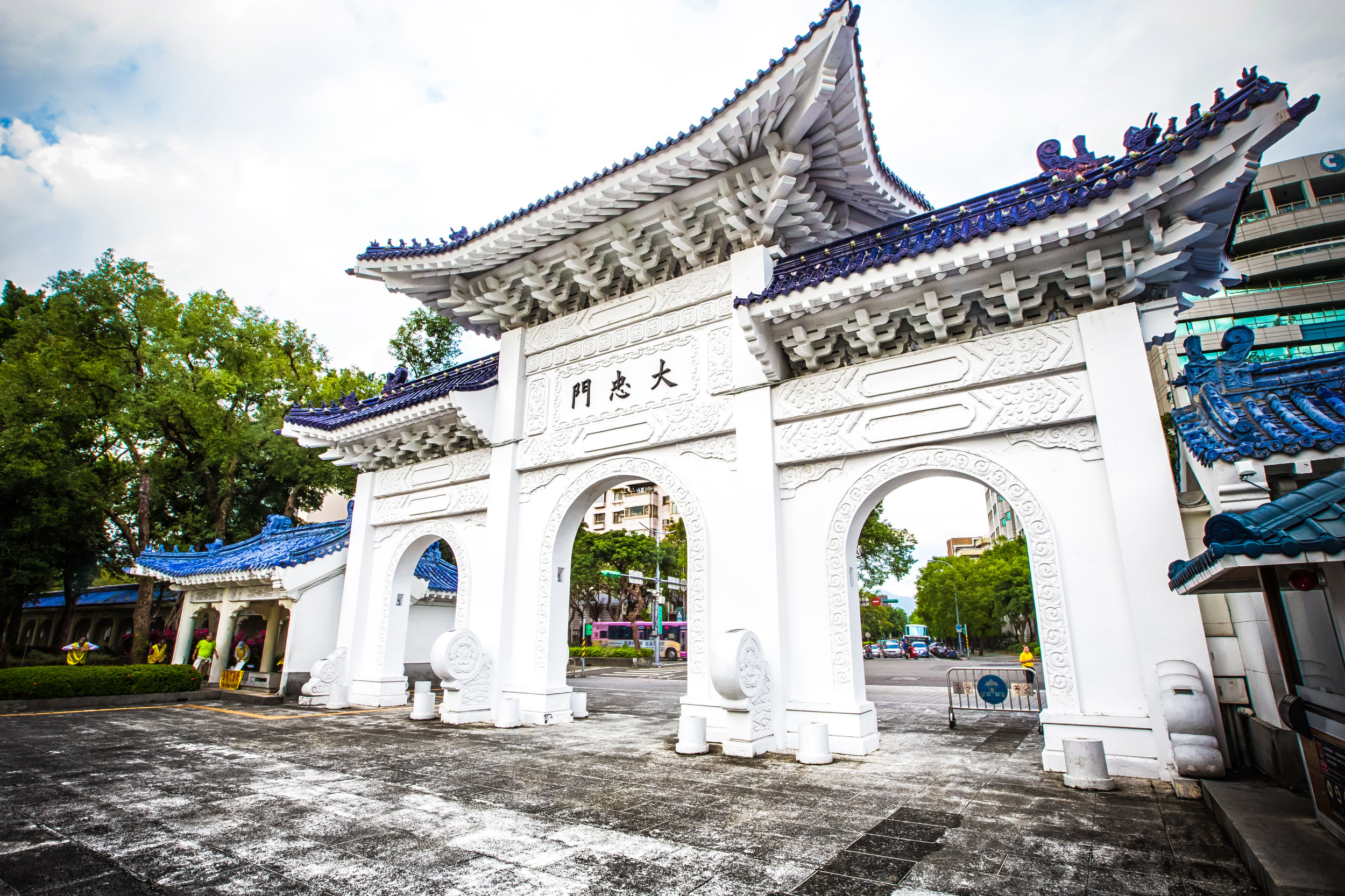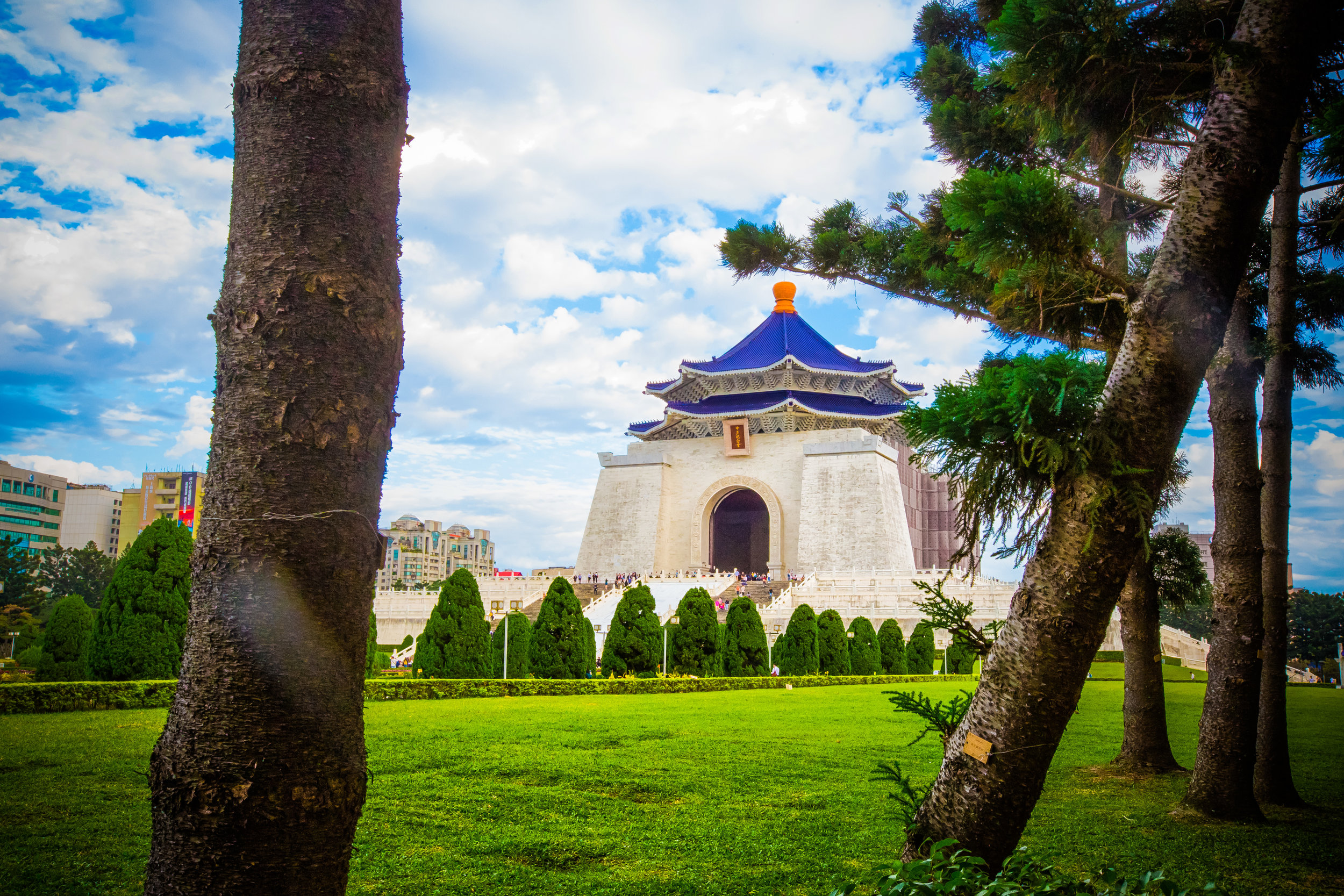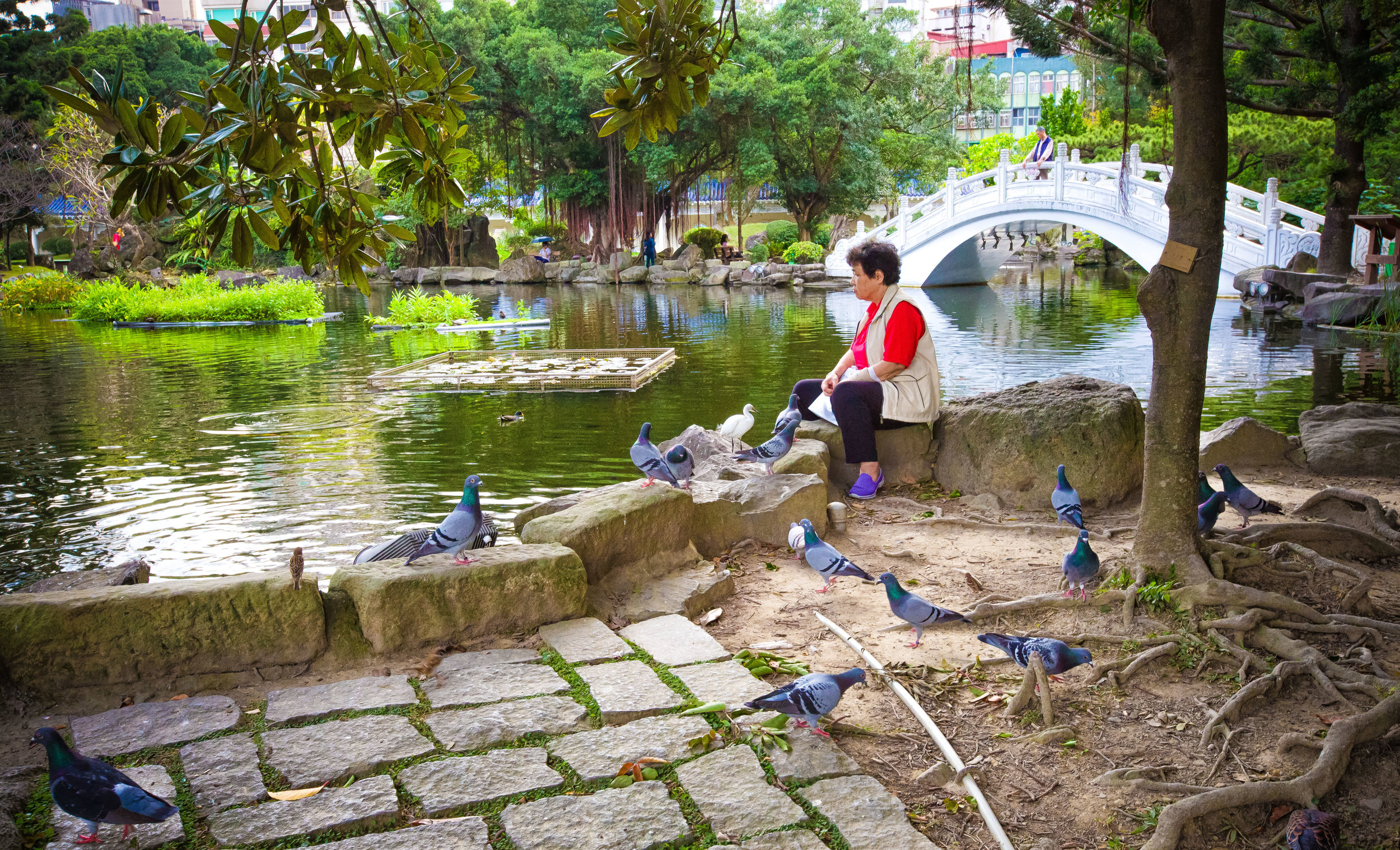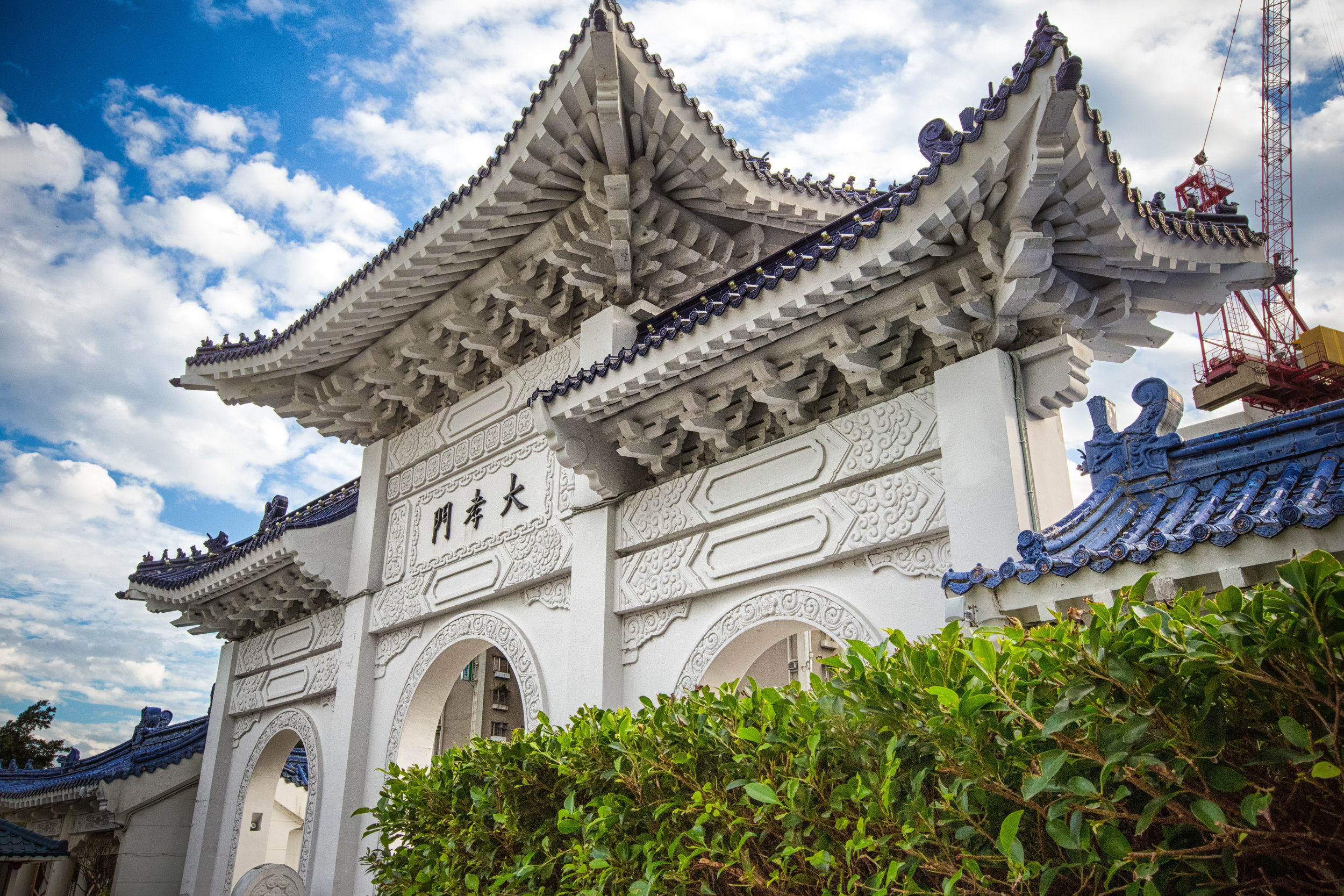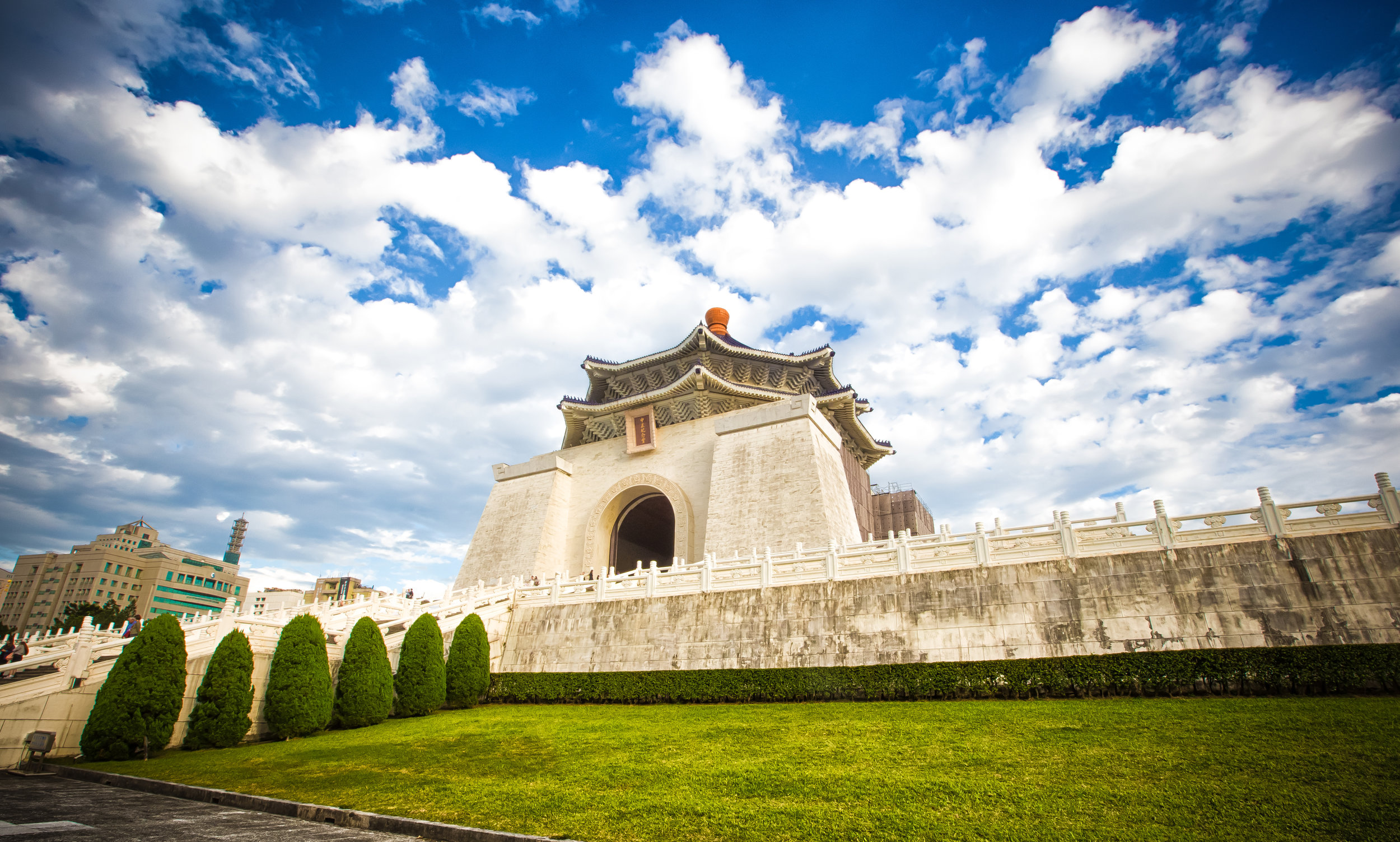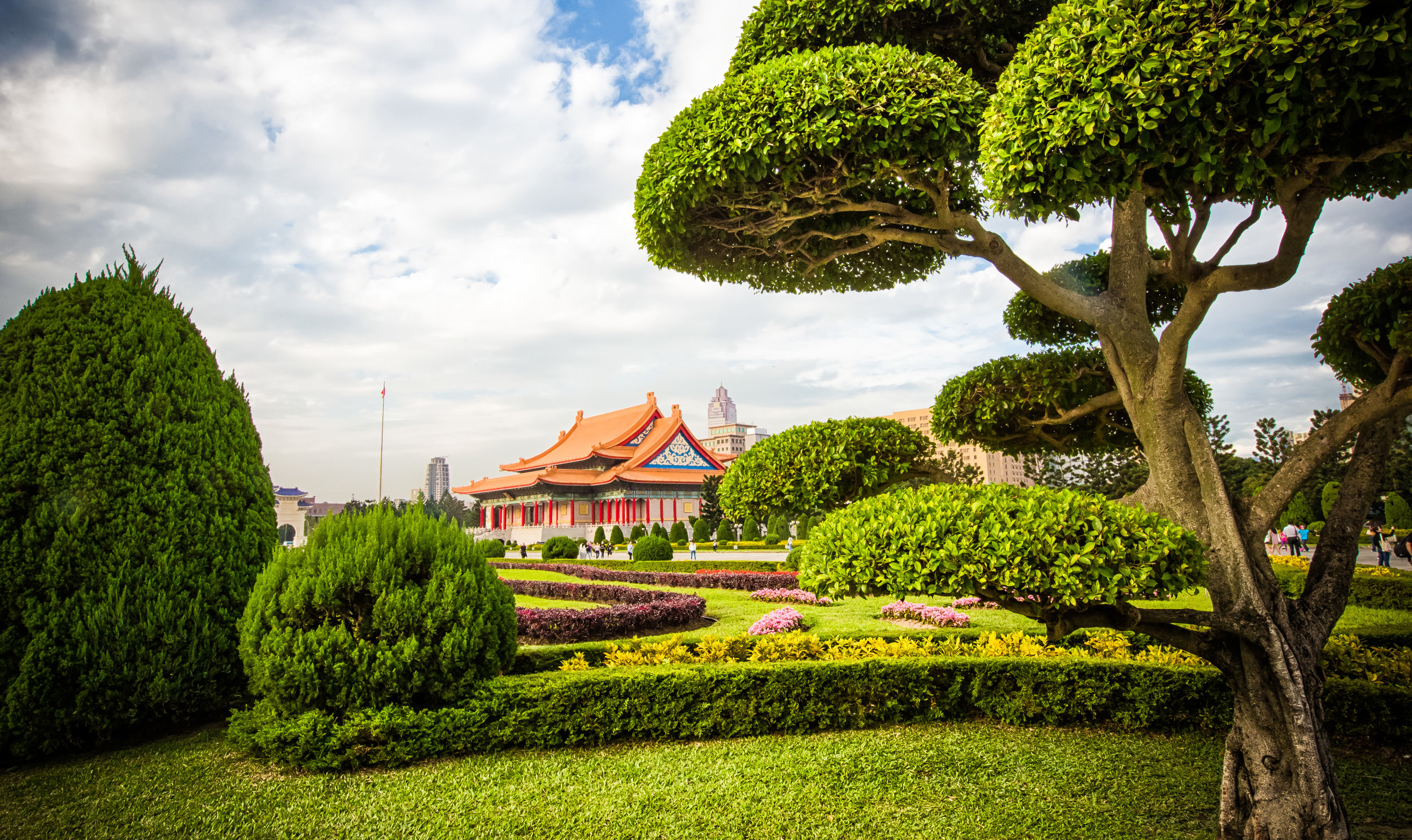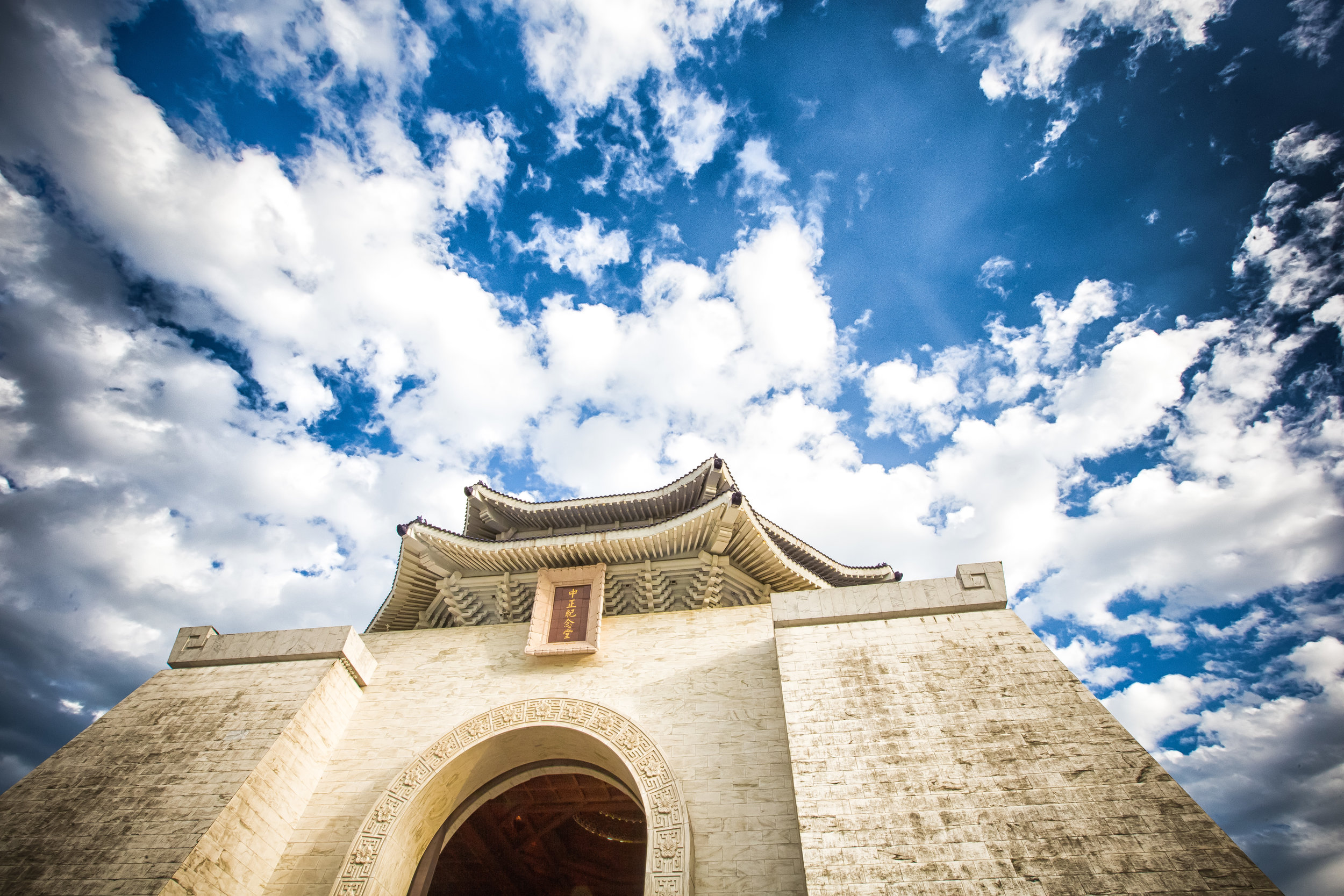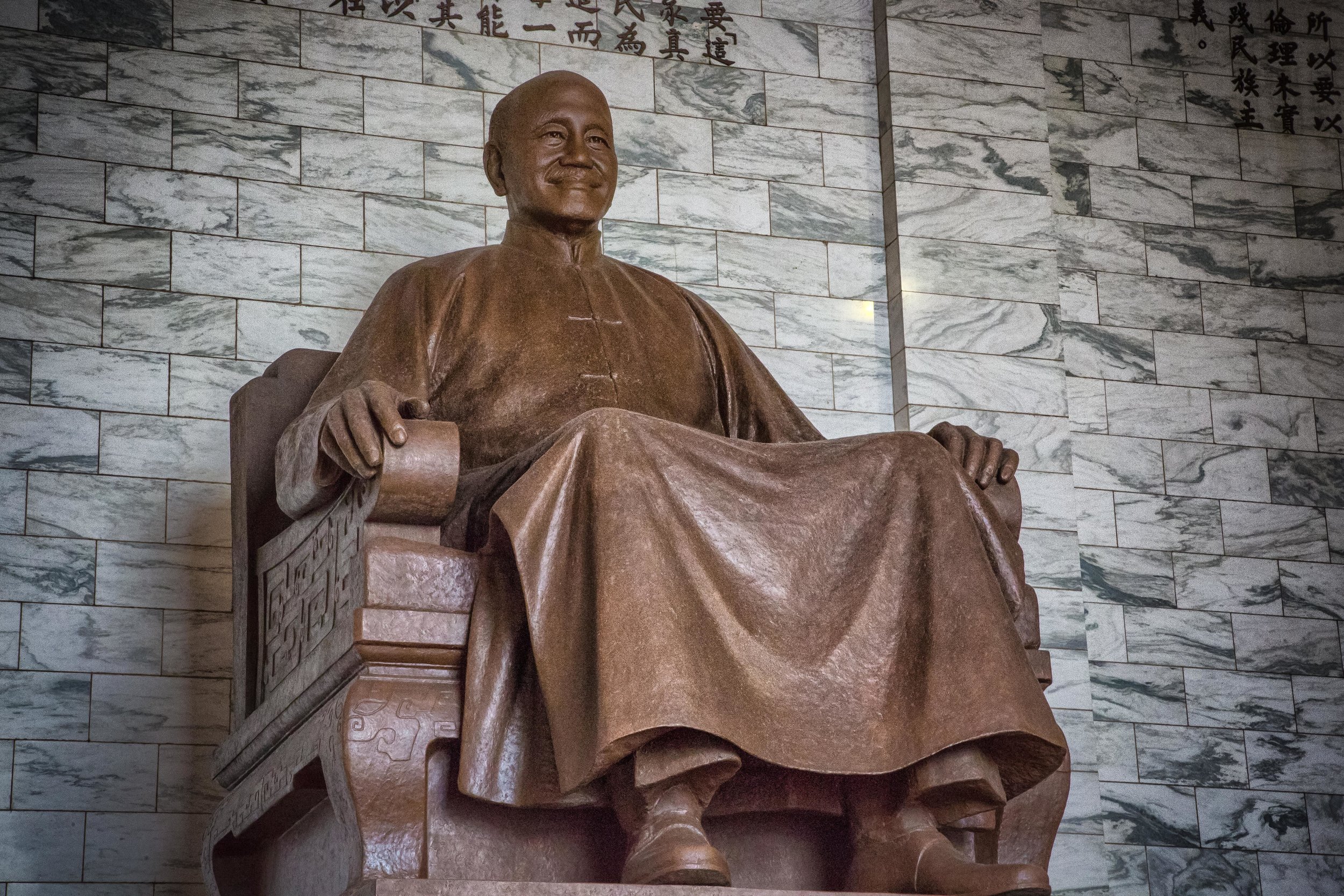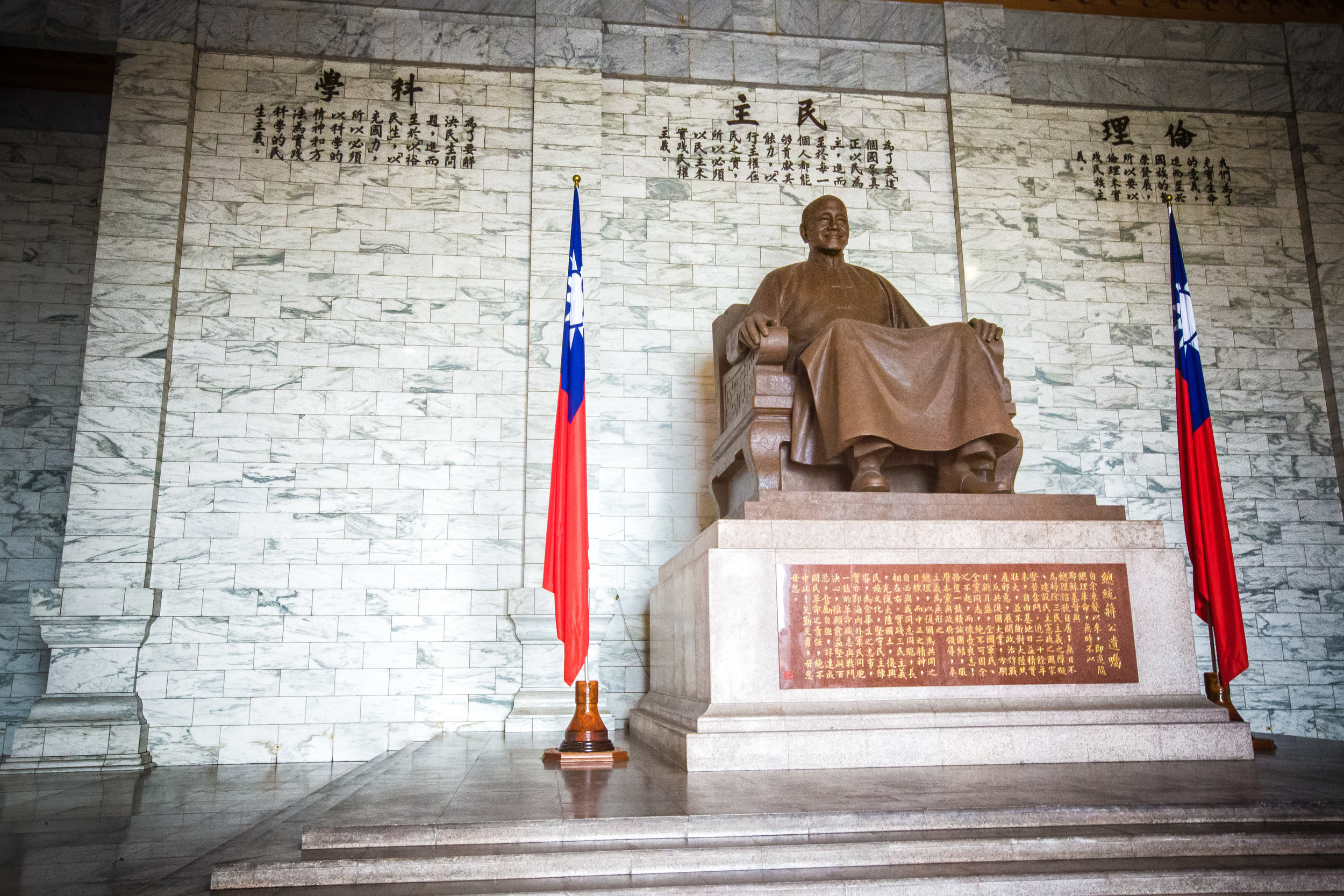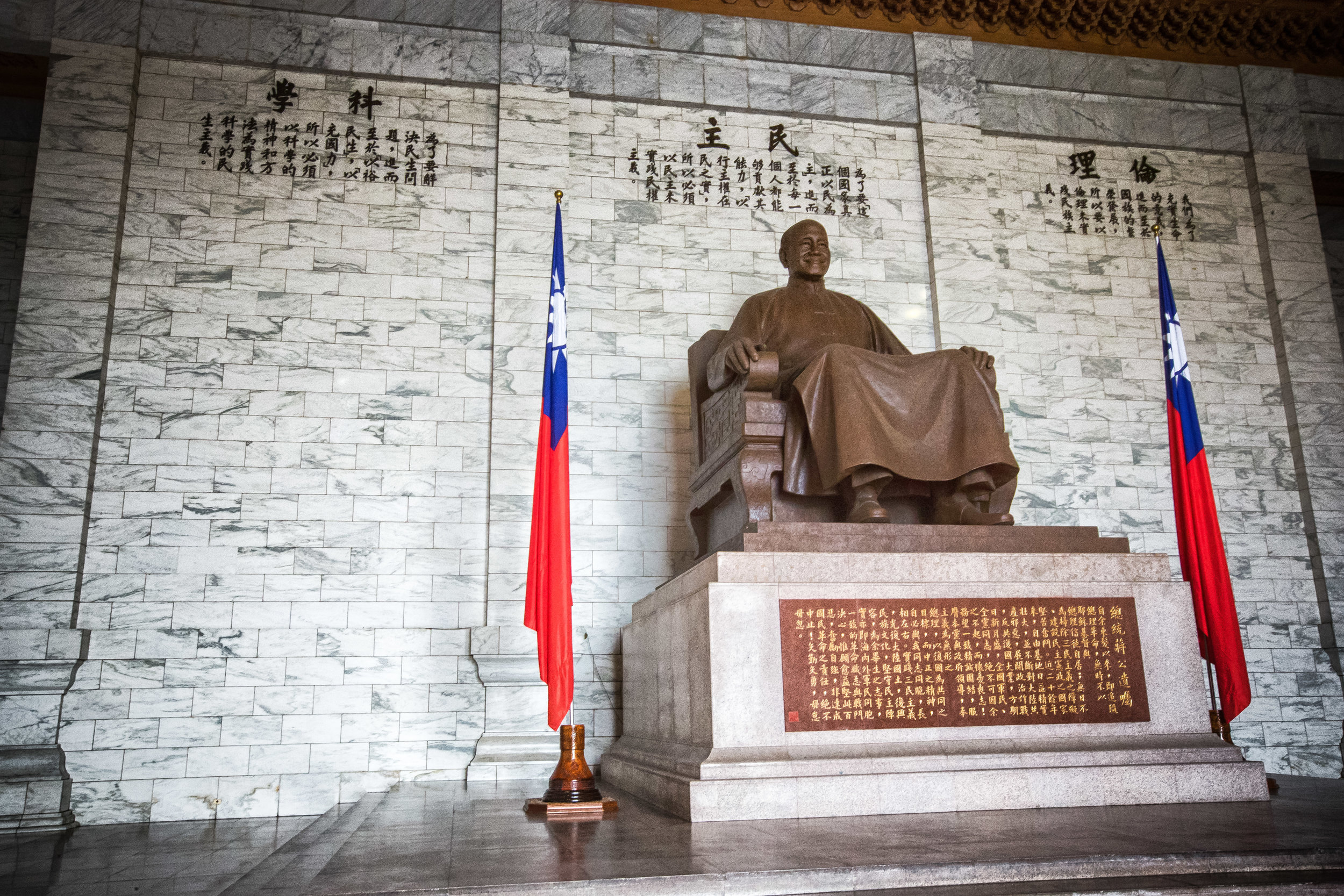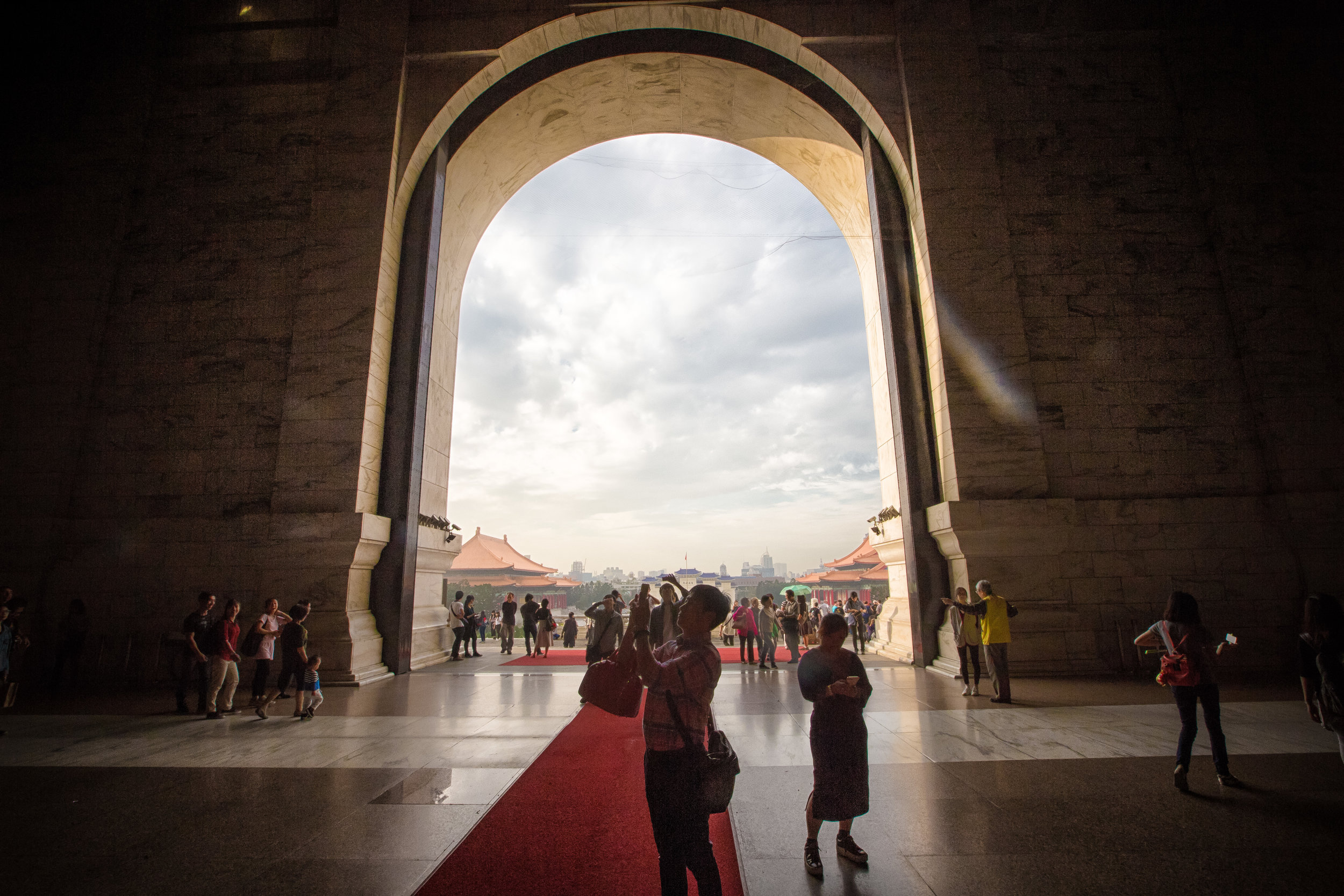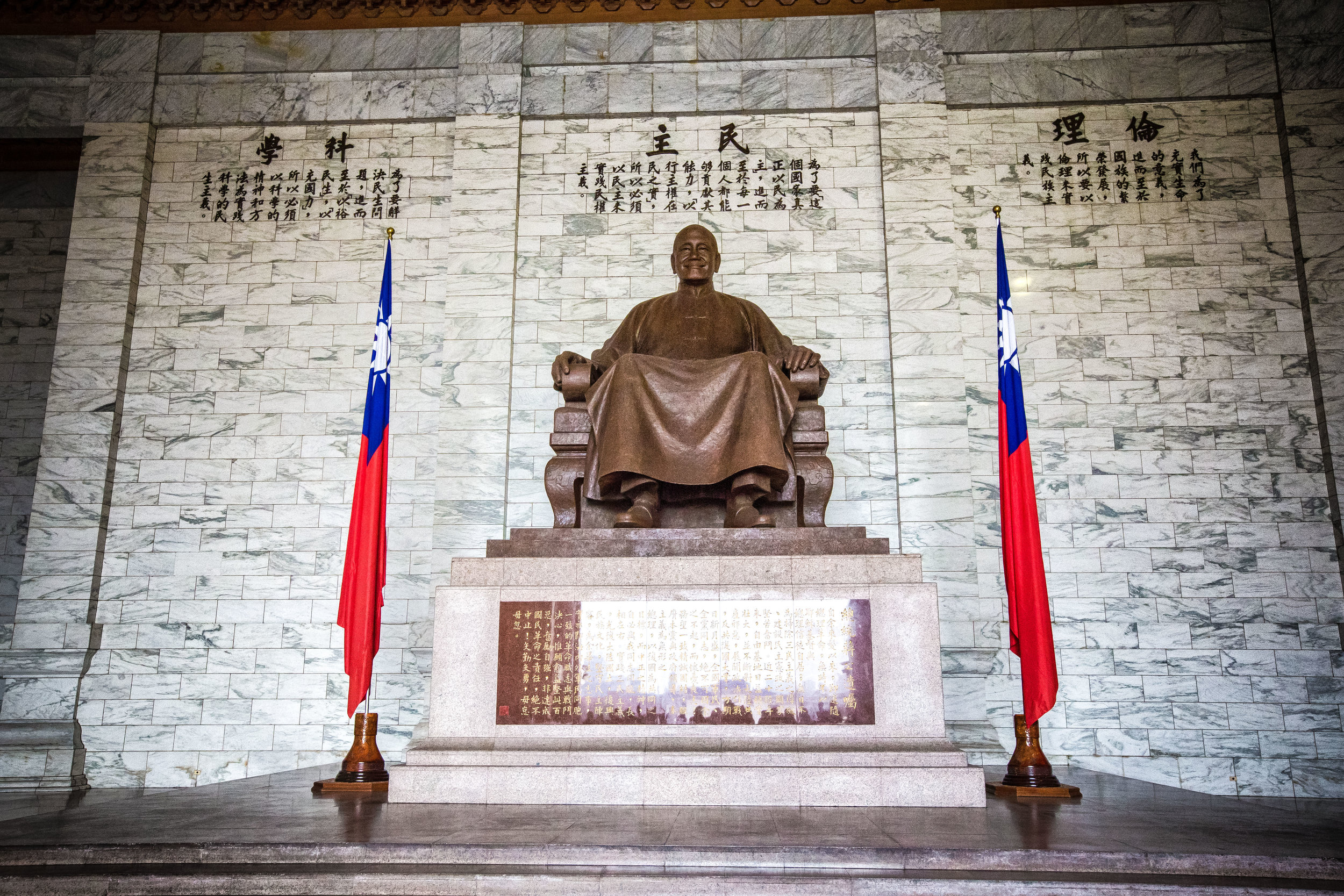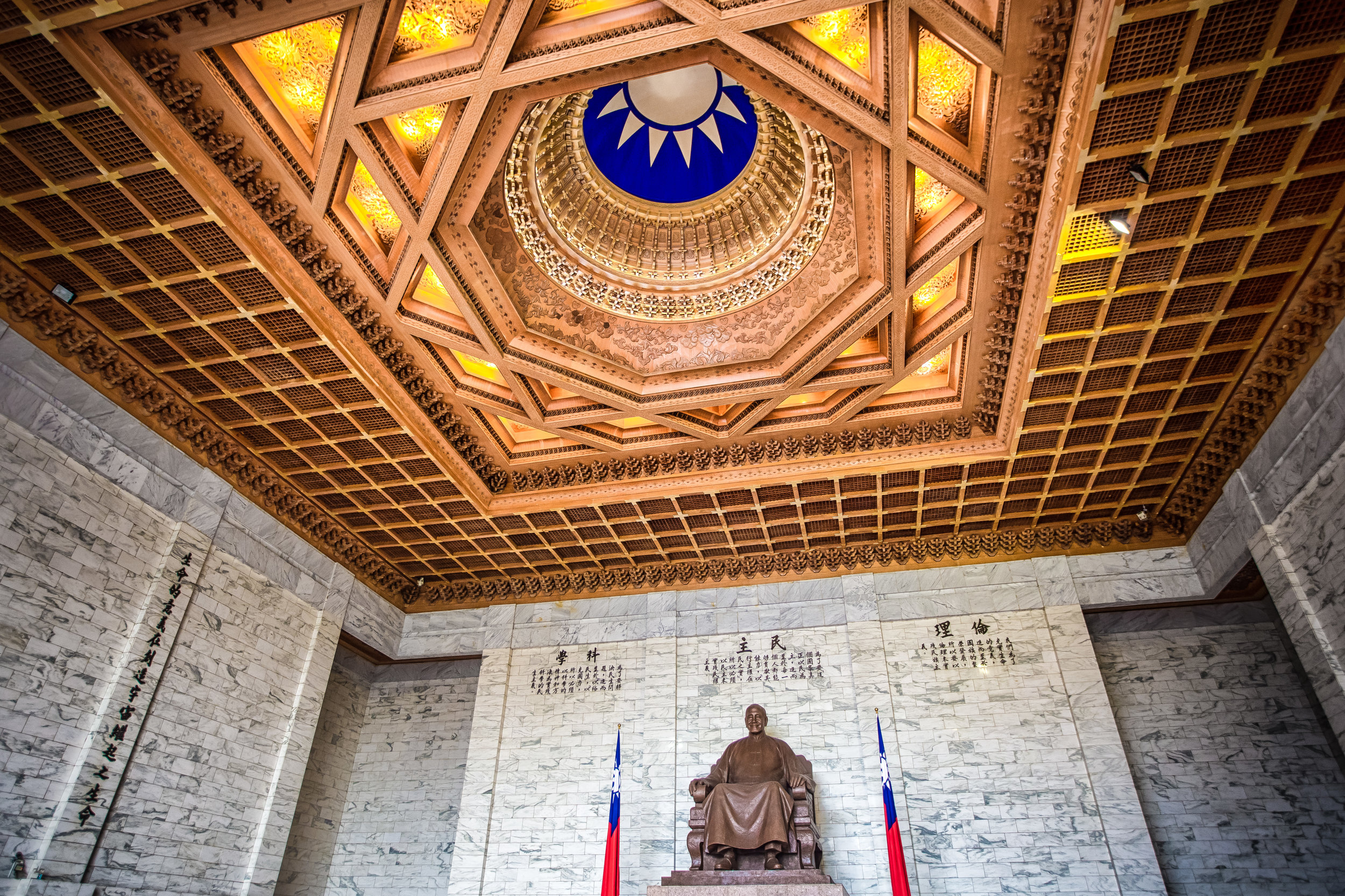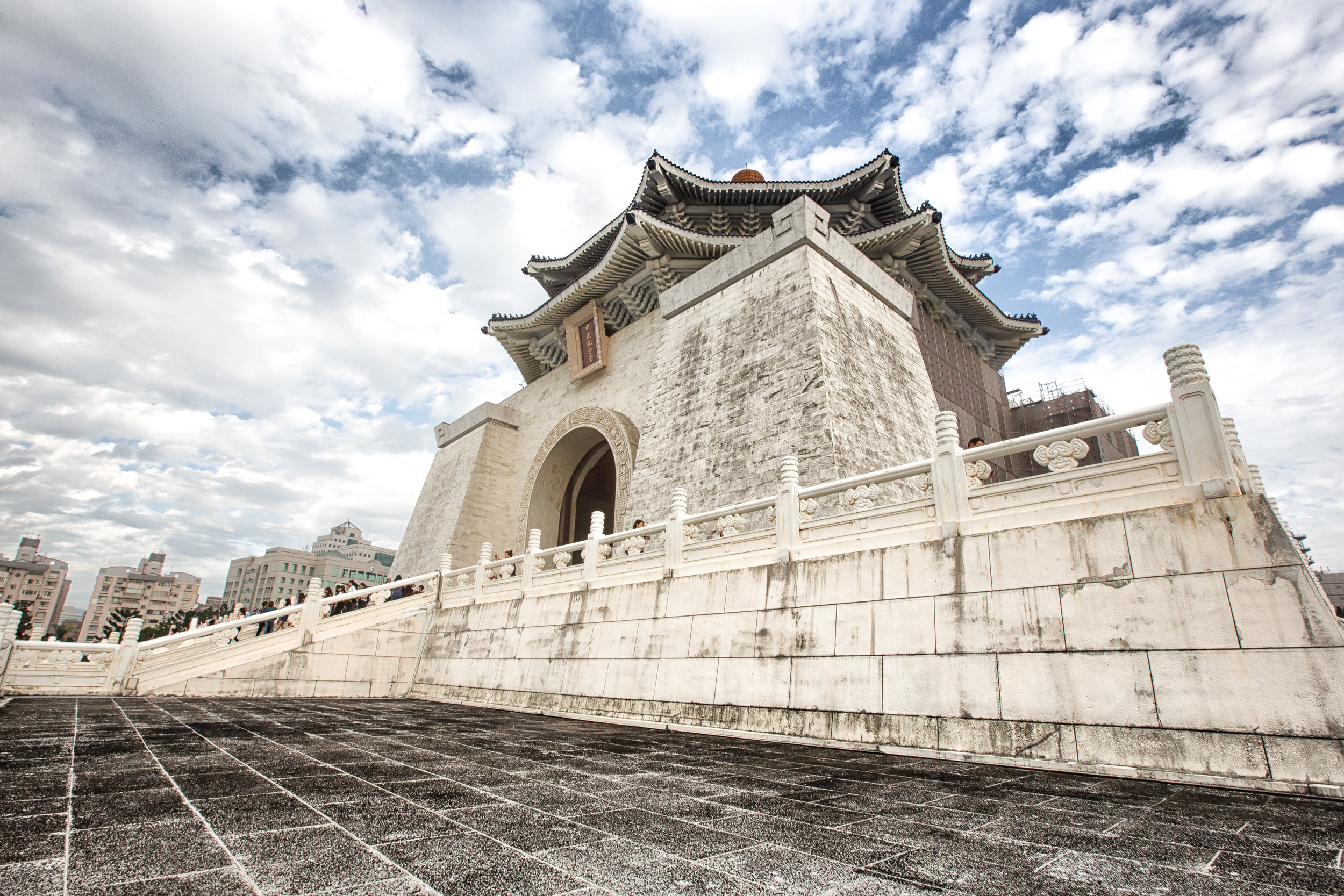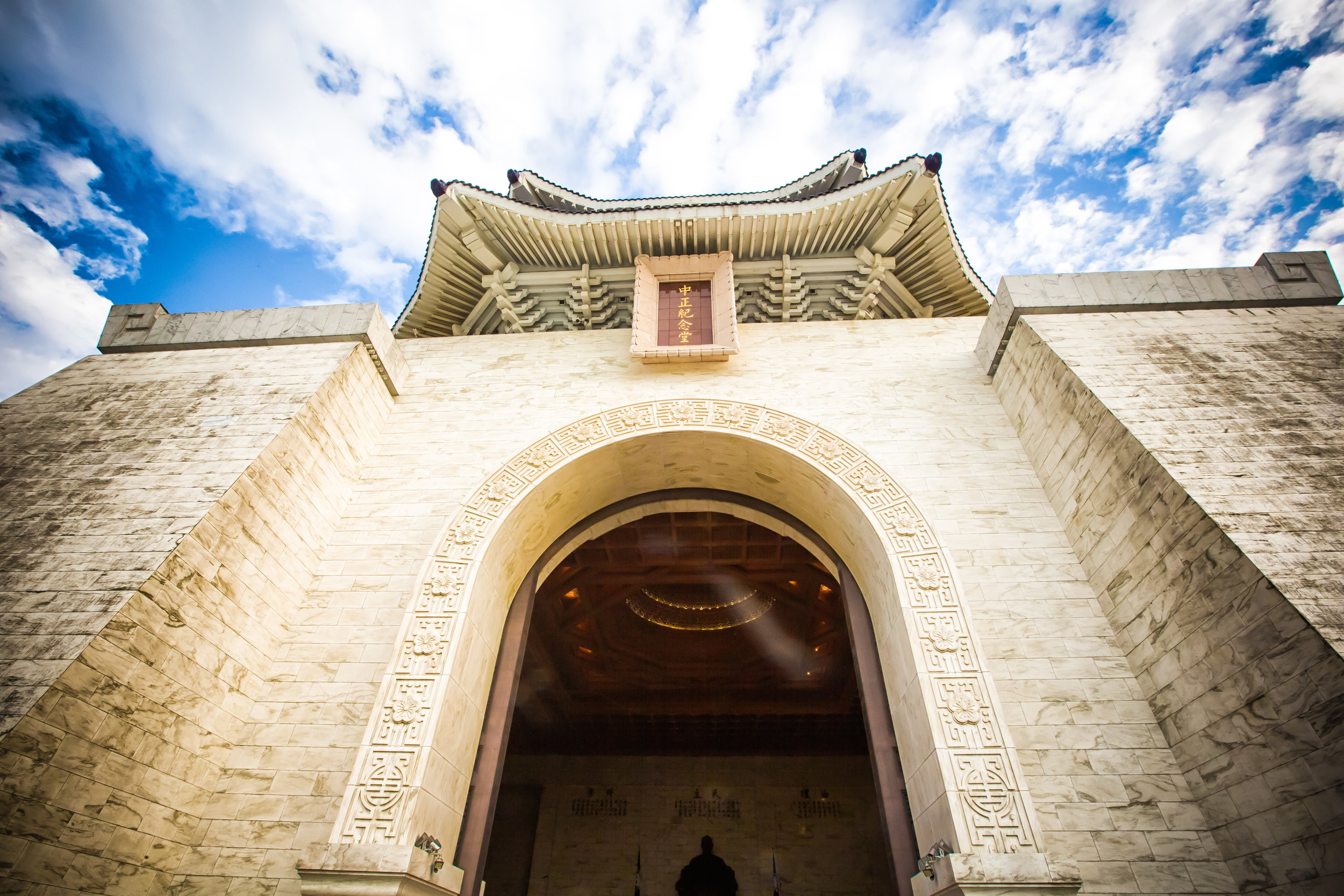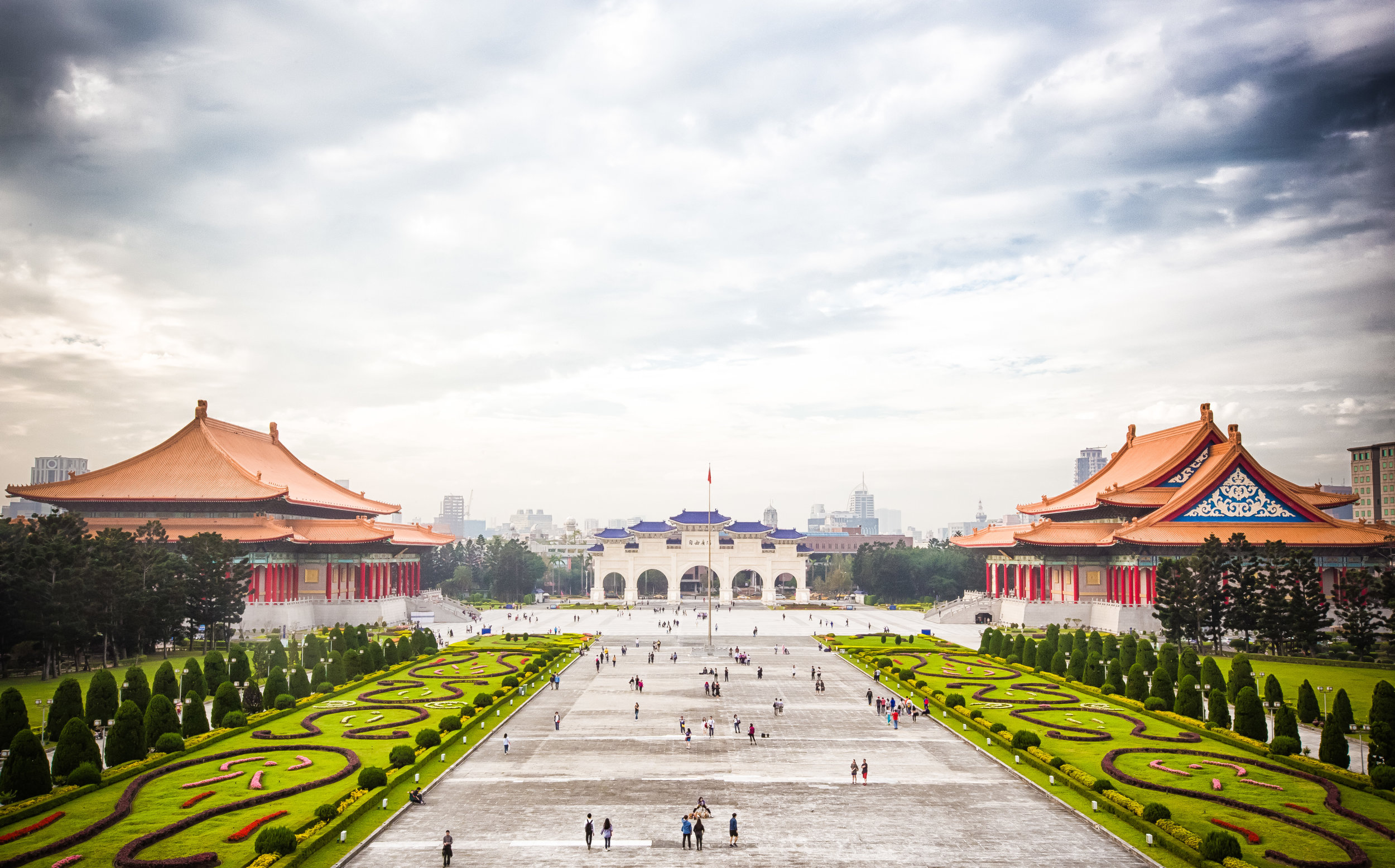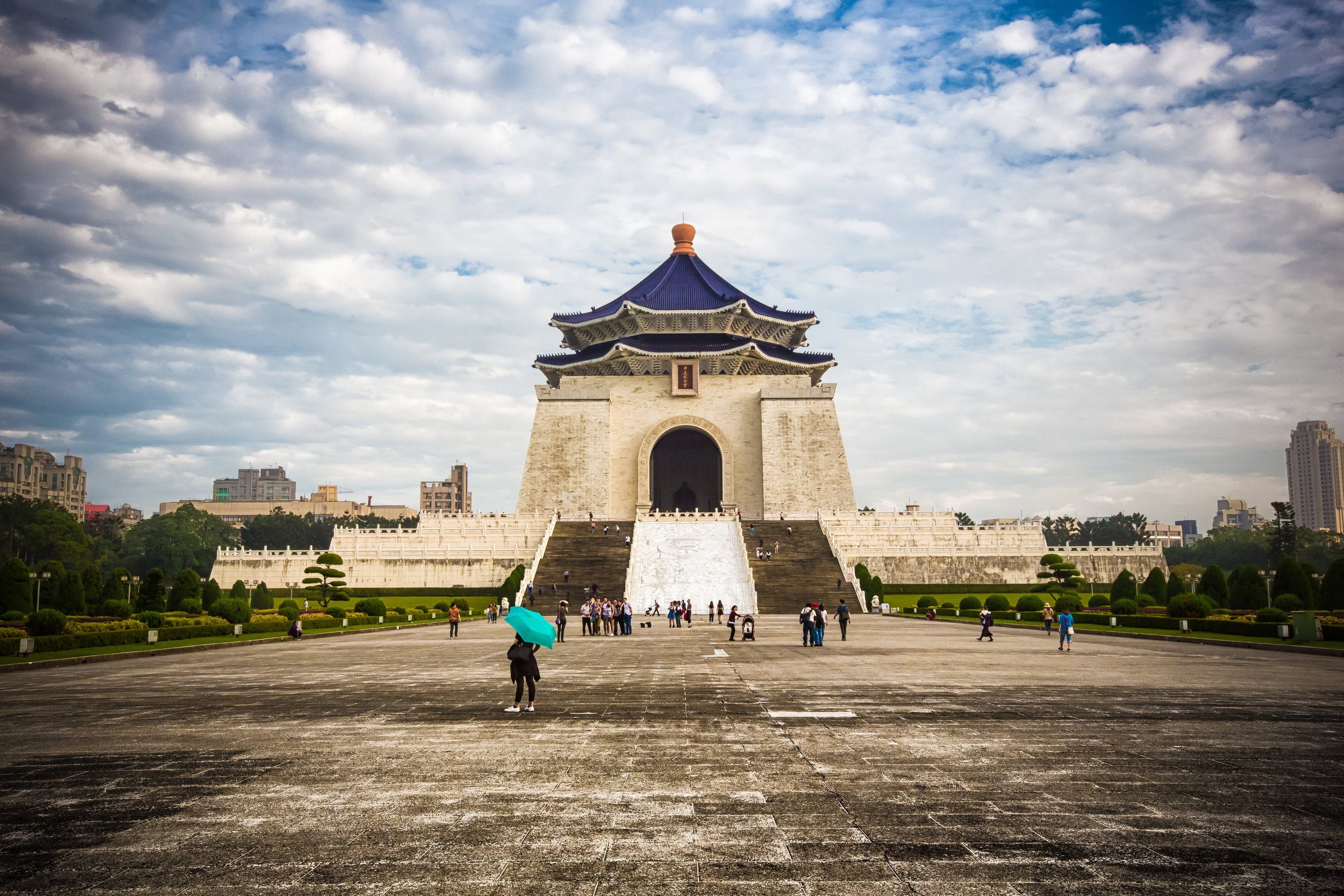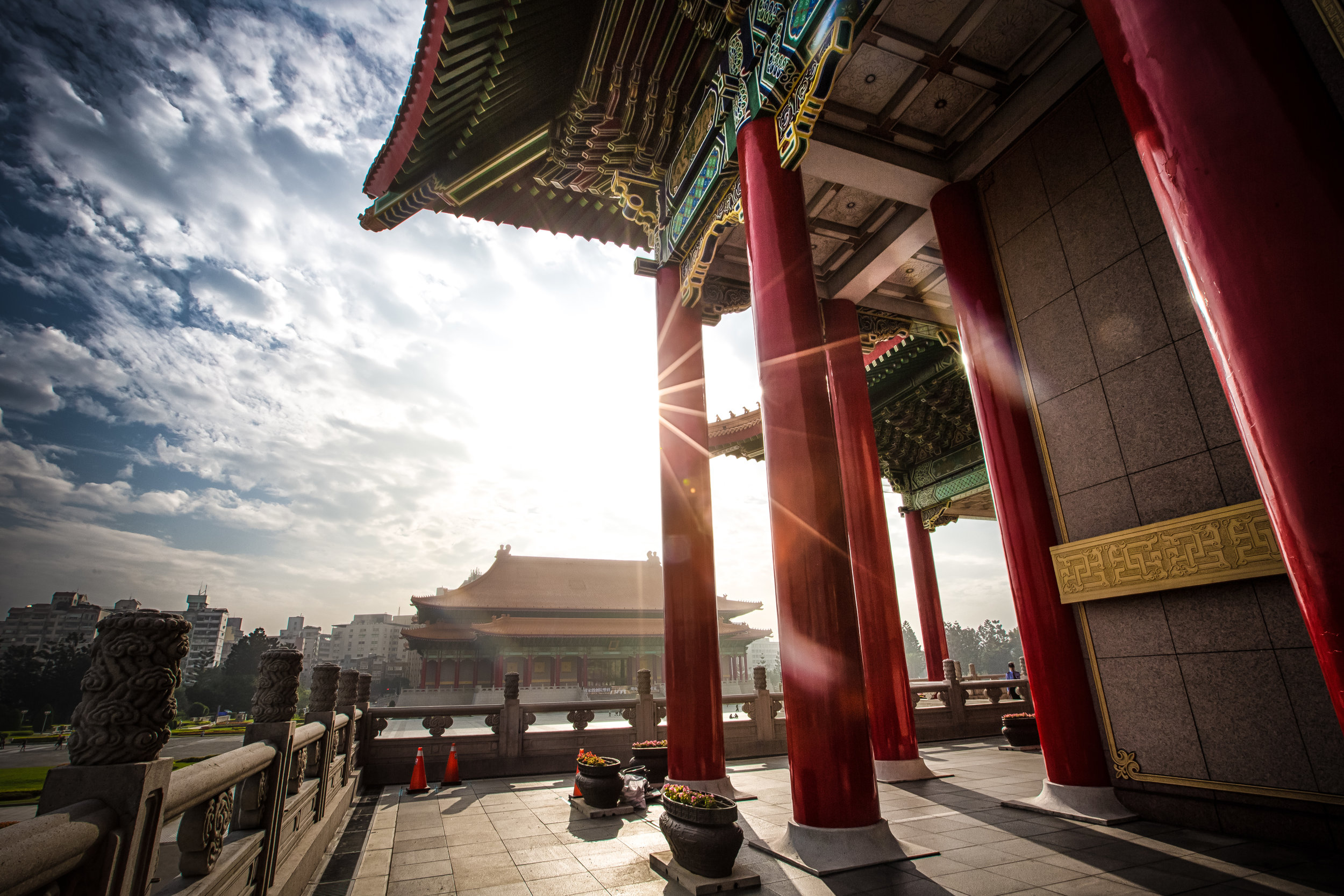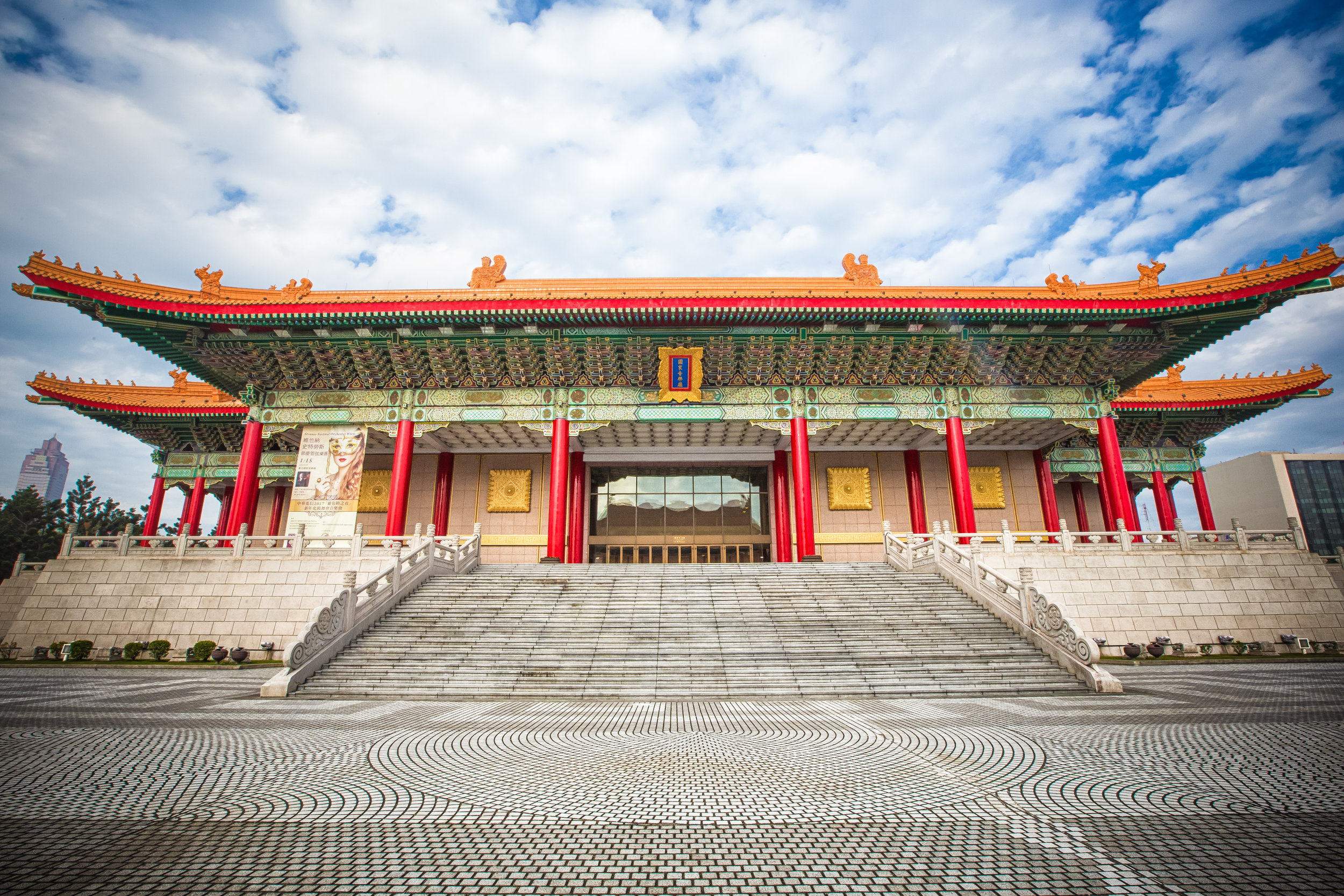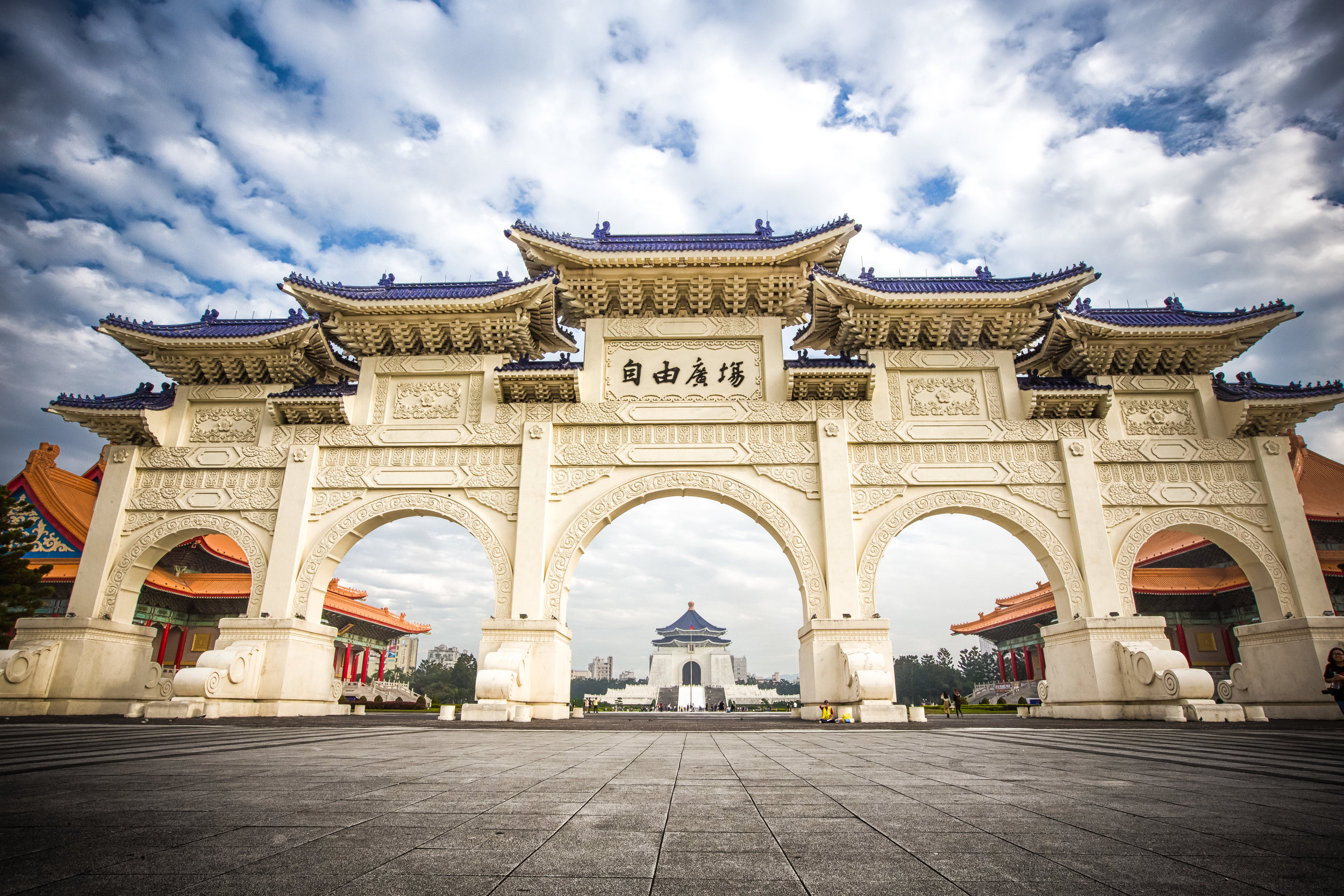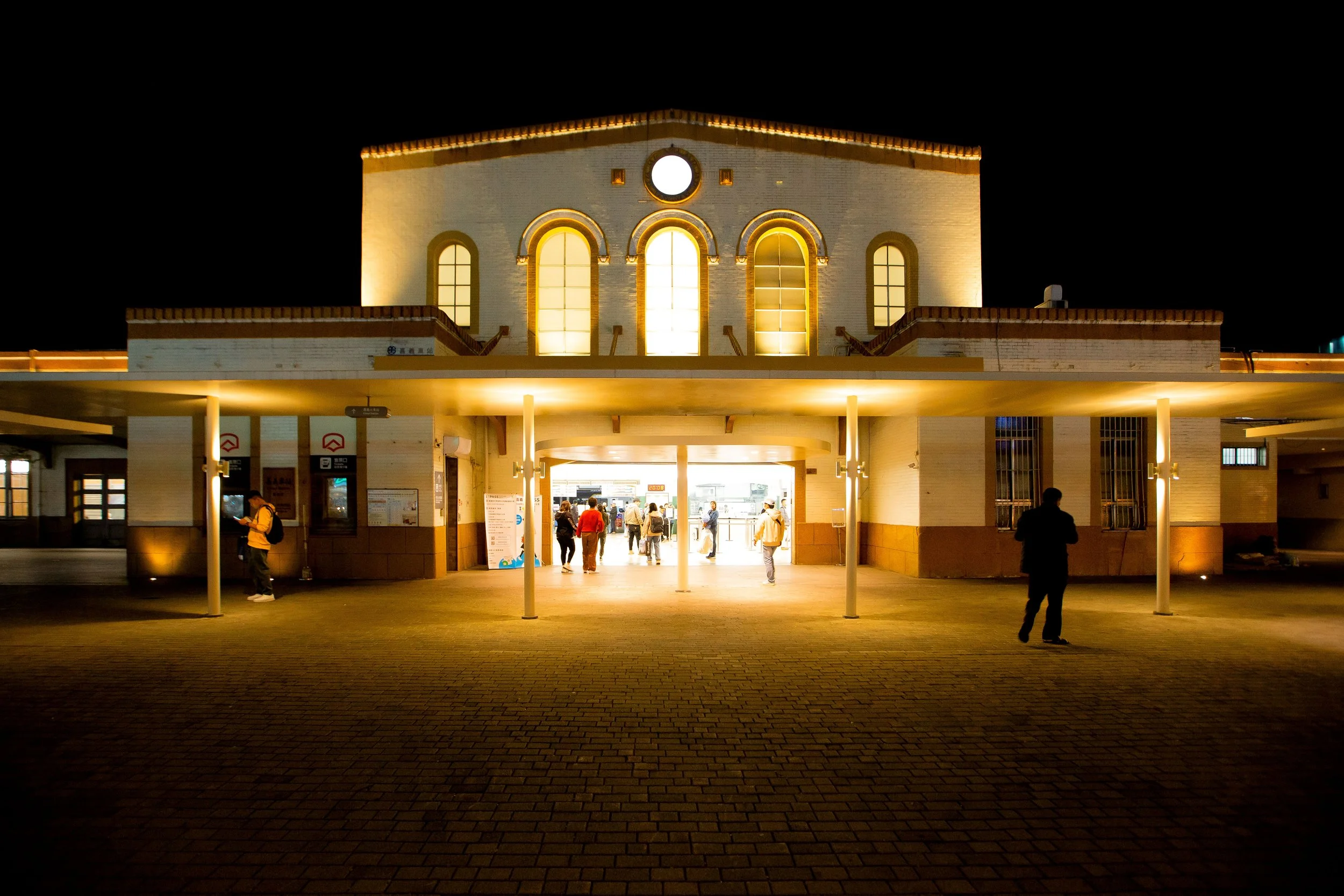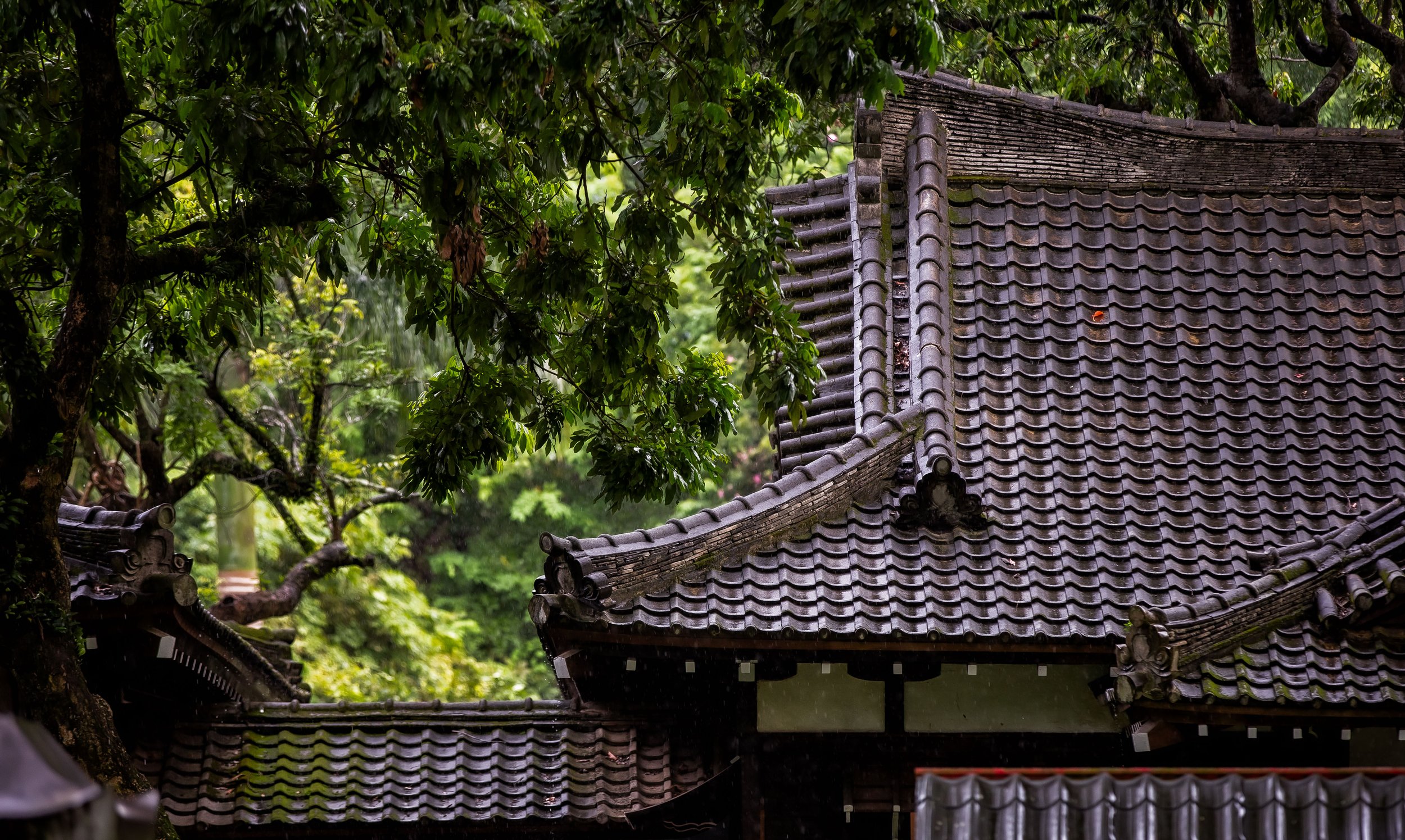The evolution of the internet over the past decade has spawned a new age of social interaction with social media having an effect on almost every aspect of modern life. Social media plays such a significant role in the way we see and conduct our own personal, philosophical and business lives that if you or your business don't adapt to the newest social trends you may get left behind.
Life in Taiwan is no different as the people of this country connect freely to the internet and use it to conduct their daily business, stay in close contact with friends and family and pay attention to the latest news and trends in the country.
Trends in social media have become so influential here that they are reported on daily by the Taiwanese media. It doesn't matter if it is a post from the front lines of a protest or the latest cat video on YouTube, the media here eats it up and often dedicates a large portion of their nightly broadcasts to some of this non-news silliness.
Social-Media trends not only help to spread public discourse but also helps people find dates, inform theme where the best new restaurants and hippest coffee shops are, the best places to shop and even the hippest places to take photos.
If you've lived in Taiwan for any period of time, you'll likely have discovered that when something is popular, people shower their attention upon it. If a new restaurant has earned itself a great reputation online, there will be lines outside and around the corner and copycats sprout up like bad weeds all around the place attempting to cash in on the success of others.
Why am I taking about all of this you ask? Well, if you follow social media trends in Taiwan you will probably have realized by now that climbing mountains has become an in-thing as of late.
The purpose of climbing a mountain however is not for the health benefits of outdoor exercise, the thrill nor the feeling of success while standing on the peak - Its all done for the sake of taking a photo to post to social media.
Over the past few months there have been a few hiking trails that have reached overnight success thanks to social media and because of that success the mountains are full of well-dressed traffic.
Mountain trails like the Pingxi Crags, Huang Di Dian (皇帝殿), Wuliaojian (五寮尖), Jinmian Mountain (金面山), Battleship Rock (軍艦岩) and the topic of today's post: Kite Mountain (鳶山) are all trending as of late thanks to the power of social media.
While I would typically be a bit cranky about having too much traffic on a mountain (people slowing me down) but when the trails are full of young beautiful women who is going to complain? I'm used to just seeing a bunch of sweaty old dudes.
Kite Mountain (鳶山) is one of the newest hot spots for Instagram photography and while the mountain is full of beautiful trails to hike it is unlike the other popular mountains mentioned above as it requires very little effort to get to that all-important vantage point where the Instagrammers of Taiwan congregate for quick photoshoots.
I'm not kidding when I say that all you really need is do is walk for about five minutes from the parking lot to get to the peak. I wouldn't say that there is much of a sense of accomplishment when you arrive at the peak of this mountain but you are rewarded with a great view which overlooks the Sanxia river, the busy number three highway as well as Yingge District (鶯歌區) to the left with Sanxia (三峽區), Shulin (樹林區) and Tucheng (土城區) districts to your right.
Despite the Kite Mountain Trail (鳶山登山步道) having over six kilometres of trails with several different vantage points, the trail (as of late) is busiest only in the first five minutes of the hike where you reach the highest point of the mountain which sits at a height of 321 meters above sea level.
While the hike is currently part of a social media fascination with mountain vistas, the Kite mountain trail has always been a popular one, but not for its peak. It is a popular spot for viewing the beautiful Tong Blossoms (油桐花) that bloom each Spring. When the Tong blossoms are in bloom the trails are full of people who come to see the beautiful blossoms, which have come to represent Hakka culture in Taiwan and are referred to as "April Snow" when they begin to fall from the trees and cover the ground.
Ironically I've actually walked down the trail a few times in the past during Tong Blossom season but I had completely missed the peak each time I went. I knew there was something to see but it was only until it became Instagram famous that I found it.
Getting There
Getting to the mountain is actually quite easy if you have a car or a scooter. The road that takes you to the trailhead sits next to the popular Sanxia Old Street and follows a steep mountain road that takes you up to a parking lot.
You follow the mountain road until you arrive at the end which is where you have to find yourself a parking spot. If you're driving a scooter, it is very easy to find a spot, but if you're in a car it can be a bit more difficult if you go on the weekend.
Address: 地址:新北市三峽區鳶峰路 (Yuan Feng Road, Sanxia District, New Taipei City)
Now that the peak has become popular the local government has made an effort to make it safer and more clearly marked than it was in the past. There are ropes and guard rails which have been put up to help people get up and down the mountain safely. All you have to do is walk up a short hill and then follow the ropes to the peak. It really is one of the easiest hikes you'll ever do and the reward is well worth the short amount of time it takes to get there.
Kite Mountain is a great hiking trail for a lot of different reasons - If you are going to check out the beautiful Tong Blossoms, you'll be rewarded with a great experience. If you're going to get that shot of yourself on the peak, you'll be rewarded with a great shot. If you're looking for a relatively easy trail to hike with some great views of New Taipei City, you'll also be rewarded.
I realize that the majority of the people who have been visiting these days have been doing the full hike, but I highly recommend taking the time to check it out, especially during the Tong Blossom season.
No matter what you choose to do, you can always include a trip to the equally popular Old Street, the amazing Qingshui temple and some of the other attractions in the historic village of Sanxia. There is a lot to do in Sanxia and if you want to make a day trip out of the village you are sure to have a great time








